Breaking down industry barriers.
Elevating Music Career Through User-Generated Content
Apr 2024
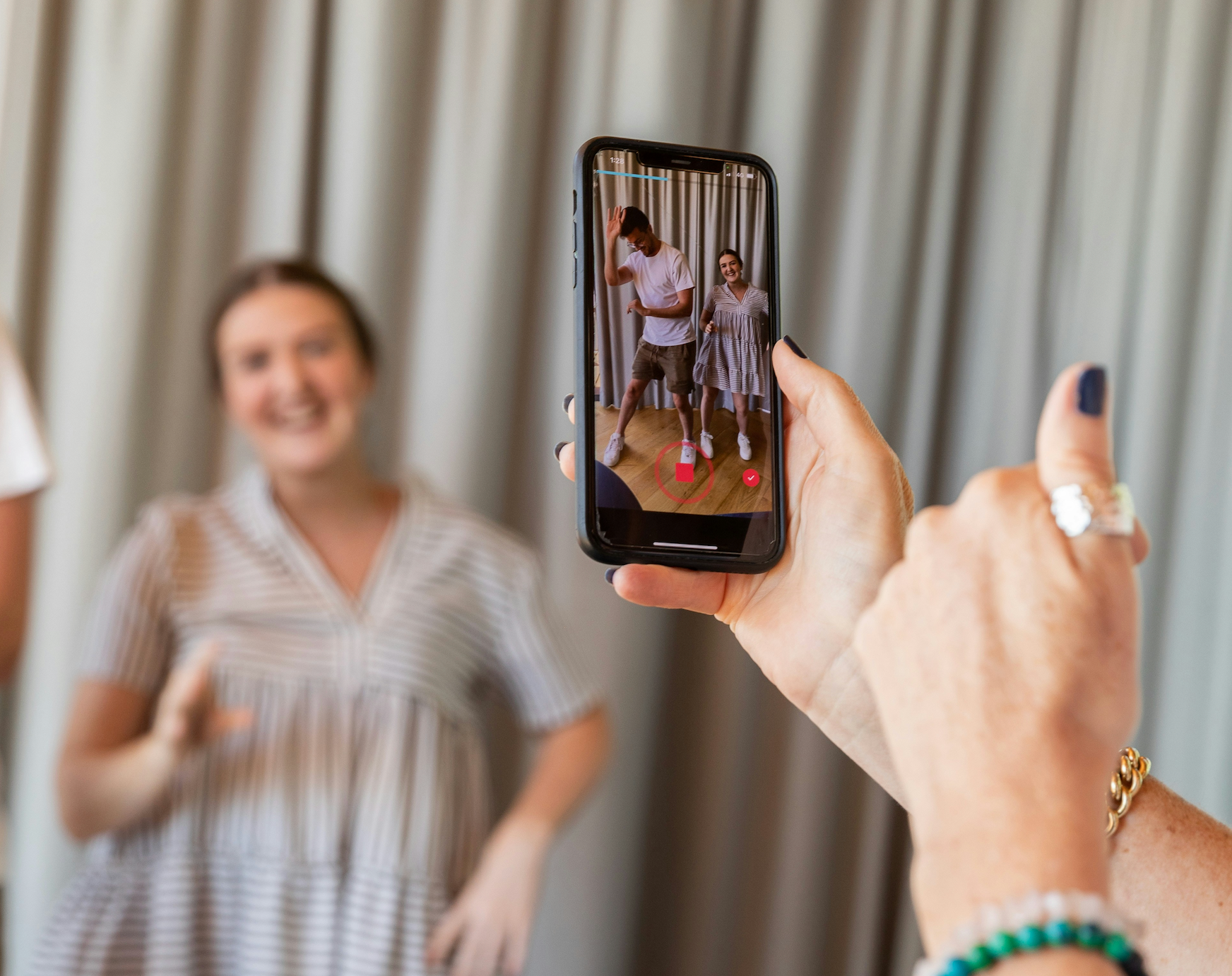
Amidst the social media buzz and the constant stream of new music on various platforms, you need to find unique ways to connect with their audience. One such way is through user-generated content (UGC), a powerful tool that can revolutionize music PR efforts in ways you might not have considered.
User-generated content (UGC) refers to any form of content – such as videos, artwork, covers, remixes, or fan-made creations – that is created and shared by fans rather than the artists themselves. It's the ultimate testament to the impact and influence of your music on your audience, showcasing the creativity, passion, and devotion of your fans in a tangible form.
But how exactly can indie musicians leverage fan creations to boost PR efforts?
Firstly, UGC adds authenticity to your brand. In an era where consumers crave genuine connections, nothing beats the authenticity of content created by real fans. When someone takes the time to create something inspired by your music, it speaks volumes about the impact you've had on them. This authenticity can help build trust and loyalty among your fan base, ultimately strengthening your brand image.
Moreover, user-generated content serves as social proof of your talent and popularity. When potential fans stumble upon fan-made videos, artwork, or covers of your songs, they're more likely to take notice and give your music a chance. After all, if others are raving about your music enough to create their own content, there must be something special about it, right?
Additionally, UGC provides valuable insights into your audience's preferences and interests. By observing the type of content fans are creating and sharing, you can gain valuable insights into what resonates with your audience the most. This knowledge can inform your future PR strategies, helping you tailor your messaging and content to better connect with your fans.
User-generated content is not just about boosting your PR efforts. It's about fostering a sense of community among your fan base. By encouraging fans to create and share their own content, you're not just empowering them, but also creating a dialogue between you and your audience. This sense of community can transform casual listeners into loyal supporters.
But how can you encourage fans to create and share content? It's all about fostering a supportive and inclusive environment where fans feel inspired and empowered to express themselves creatively. Here are a few ideas to get you started:
1. Encourage fans to create their own interpretations of your music through contests or challenges. Whether it's a cover song contest, a lyric video challenge, or an art competition, offering incentives such as merchandise or exclusive experiences can motivate fans to participate.
2. Showcase fan creations. It's not just about featuring fan-made content on your website, social media channels, or even in your official music videos. It's about showing appreciation for your fans' creativity, recognizing their efforts, and encouraging others to join in on the fun. This way, you're not just promoting your music, you're celebrating the talent and creativity of your fans.
3. Provide resources and inspiration. Make it easy for fans to create by providing resources such as instrumental tracks, lyric sheets, or artwork templates. Share behind-the-scenes insights and inspiration to fuel fans' creativity and encourage them to get involved.
4. Engaging with fans directly is a key aspect of leveraging user-generated content. Take the time to interact with fans who create and share content related to your music. Consider liking, commenting on, or sharing their posts. Even a simple 'thank you' can go a long way in fostering a strong and loyal fan community.
User-generated content (UGC) is the secret sauce that can transform your music career from ordinary to extraordinary. With UGC as your ally, there's no limit to what you can achieve as an indie musician. So grab your guitar, fire up your imagination, and let the power of UGC propel your music to heights you've only dreamed of.
Traditional Playlist Pitching vs. Spotify Advertising
Apr 2024
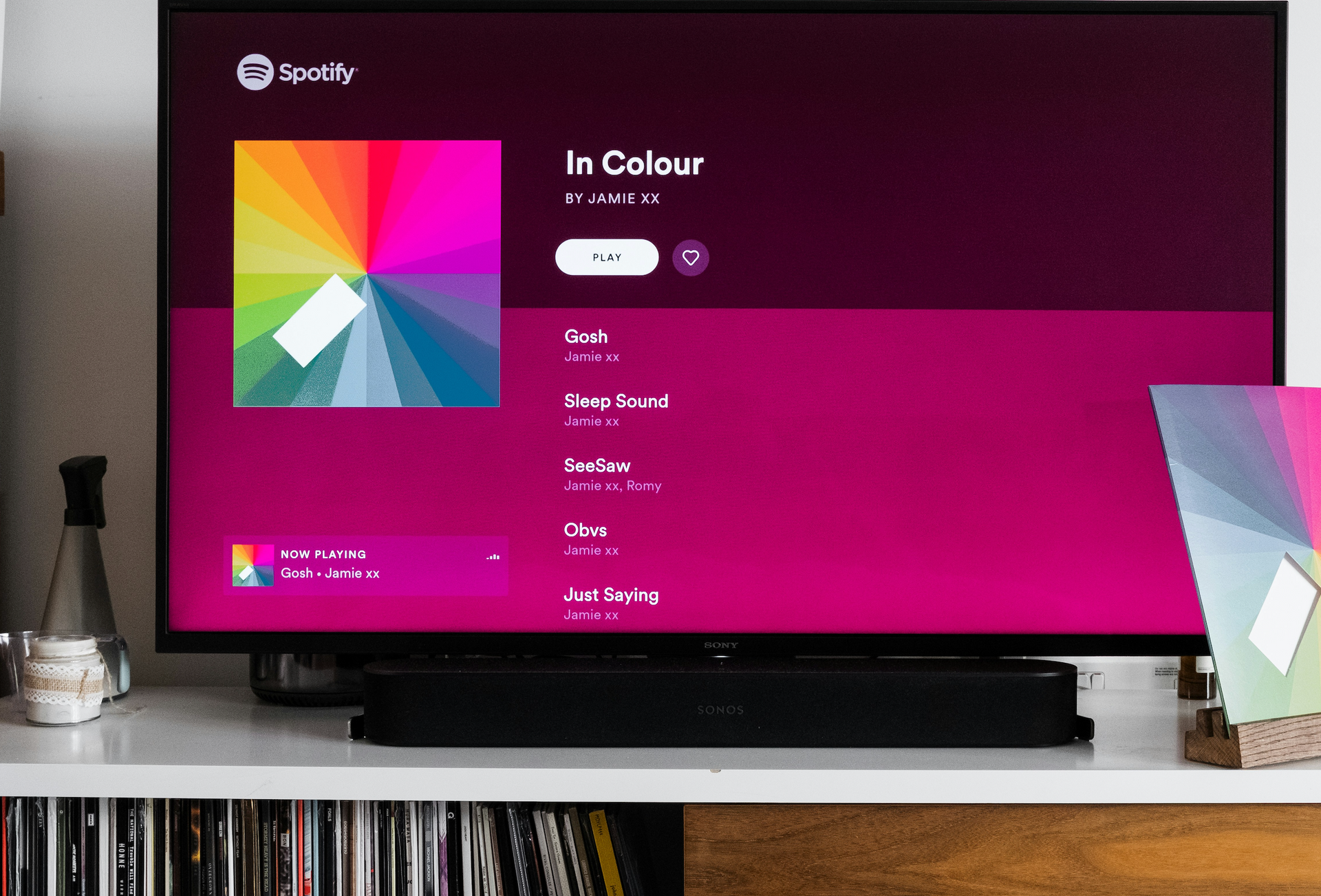
As the music industry continues to evolve with the advent of streaming platforms like Spotify, it's crucial for indie musicians to understand the changing landscape of music promotion. In this article, we delve into the debate between traditional playlisting promotion and Spotify advertising, providing a comprehensive comparison of their pros and cons in the context of indie music.
Let's kick off with the tried and tested method of traditional playlisting promotion. This approach involves pitching your music to the gatekeepers of popular playlists on platforms like Spotify, Apple Music, and YouTube. The aim is to secure a coveted spot on playlists with a large following, catapulting your music into the ears of potential listeners. This process typically entails direct outreach to curators or utilizing third-party services that specialize in playlist pitching.
One of the most promising aspects of traditional playlisting promotion is the potential for organic growth. When your music is featured on a popular playlist, you have the chance to reach a vast audience of engaged listeners actively seeking out new music. Moreover, being included on curated playlists can add credibility to your music and assist in building a dedicated fan base.
However, traditional playlisting promotion also has its drawbacks. For one, it can be incredibly competitive, with thousands of artists vying for limited spots on playlists. This means that even talented musicians may struggle to secure placement. Additionally, the success of traditional playlisting promotion often depends on the whims of playlist curators, who may have their own criteria for selecting music.
On the other hand, Spotify advertising offers a more direct approach to reaching listeners. With Spotify's advertising platform, artists can create targeted ad campaigns to promote their music to specific demographics based on factors like age, location, and musical preferences. These ads can appear in between songs or as sponsored recommendations, making them highly visible to Spotify users.
One of the standout advantages of Spotify advertising is its scalability. Artists can set their own budgets and target audiences, giving them the power to reach as many or as few listeners as they desire. This makes it an appealing option for indie musicians with limited resources who want to maximize their promotional efforts without straining their finances.
Another significant benefit of Spotify advertising is its trackable results. Unlike traditional playlisting promotion, where success can be challenging to measure, Spotify provides detailed analytics that allow artists to monitor the performance of their ad campaigns. This means you can see precisely how many people are listening to your music as a direct result of your ads, empowering you to refine your promotional strategy over time with confidence.
Of course, Spotify advertising also has its challenges. For one, creating effective ad campaigns requires a certain level of marketing savvy and creativity. Artists need to craft compelling ad copy and visuals that will grab the attention of listeners and entice them to check out their music. Additionally, like any form of advertising, there's no guarantee of success, and artists may need to experiment with different targeting strategies to find what works best for them.
Both traditional playlisting promotion and Spotify advertising offer unique opportunities for indie musicians to promote their music to a wider audience. Ultimately, the most effective strategy will depend on the individual goals and resources of each artist, but by understanding the pros and cons of each approach, indie musicians can make informed decisions about how to best promote their music in the digital age.
Maximizing Opportunities: Sync Licensing for Indie Musicians
Mar 2024

One avenue that has gained significant traction in recent years is sync licensing—an invaluable opportunity for artists to have their music featured in visual media such as film, television, commercials, and video games. However, before diving into the world of sync licensing, indie musicians must first lay the groundwork by building brand awareness through strategic music promotion.
Understanding Sync Licensing
Sync licensing, in its essence, is the process of licensing music for synchronization with visual media. When your music is synced with visuals, it has the power to enhance storytelling, evoke emotion, and create memorable moments for viewers. Imagine the impact of hearing your song during a pivotal scene in a movie or a captivating commercial—sync licensing opens doors to these transformative opportunities for indie musicians.
The Importance of Building Brand Awareness
Before pursuing sync licensing, indie musicians must prioritize building a strong brand presence and promoting their music effectively. Brand awareness is the cornerstone of success in the music industry, serving as a crucial foundation for credibility and recognition. By consistently promoting your music through social media, music streaming platforms, and live performances, you not only increase your visibility but also establish trust and loyalty among your audience.
Strategic Music Promotion as a Stepping Stone
Strategic music promotion acts as a stepping stone towards sync licensing success. Before your music catches the attention of music supervisors and licensing agencies, it's essential to create a buzz around your brand and cultivate a loyal fanbase. Share your music across various platforms, collaborate with other artists, and engage with your audience to foster a sense of community and connection.
Navigating the Sync Licensing Process
Once you've laid the groundwork through effective music promotion, it's time to explore the world of sync licensing. Start by researching music libraries, licensing agencies, and music supervisors who specialize in your genre or niche. Understand the specific needs and preferences of each potential client and tailor your submissions accordingly. Whether it's a heartwarming ballad for a romantic film or an adrenaline-pumping track for a high-energy commercial, ensure that your music aligns with the visual context and storytelling requirements.
The Role of Credibility in Sync Licensing Success
Credibility is a critical factor in the sync licensing process. Music supervisors and licensing agencies are inundated with submissions from countless artists, making it essential to stand out from the crowd. By building credibility through consistent promotion and a track record of success, you increase your chances of catching the attention of industry professionals and securing valuable sync placements.
Seizing Sync Licensing Opportunities
Sync licensing offers indie musicians a gateway to unprecedented opportunities for exposure, recognition, and revenue. However, success in the world of sync licensing is not achieved overnight—it requires dedication, persistence, and a strategic approach to music promotion. By prioritizing brand awareness, navigating the sync licensing process with finesse, and building credibility through relentless promotion, indie musicians can maximize their chances of success and unlock the doors to exciting opportunities in the world of visual media.
Harnessing the Digital Stage
Mar 2024
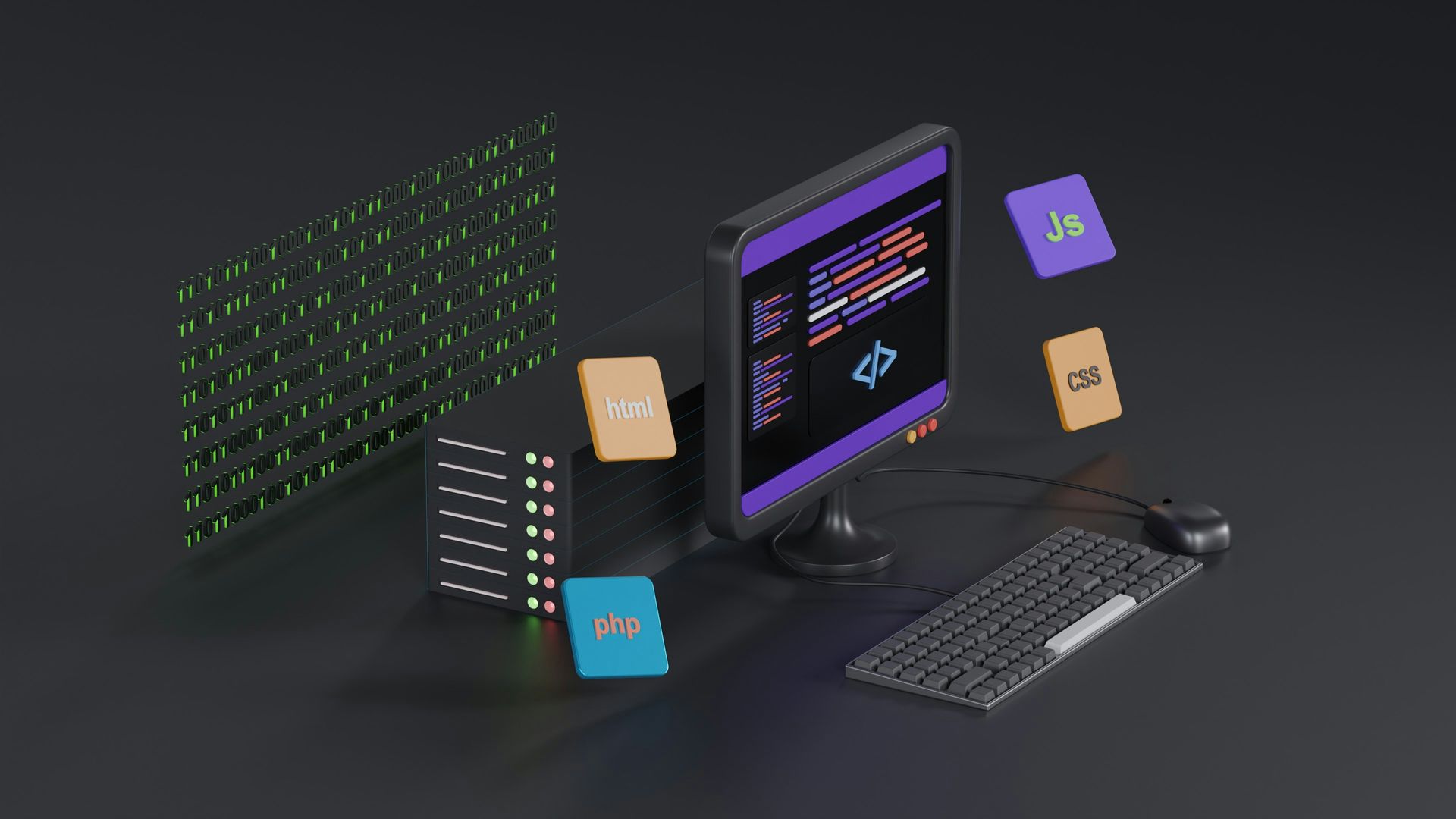
While social media platforms offer valuable opportunities for engagement and promotion, having a professional website serves as a central hub where artists can showcase their work, control their brand image, and provide a seamless experience for fans. We'll explore the importance of having a professional website for indie artists and the unique advantages it offers in addition to social media accounts.
Control Over Branding and Image
A professional website gives indie artists complete control over their branding and image. Unlike social media platforms, where profiles are limited by the platform's design and layout, a website allows artists to customize every aspect of their online presence—from the layout and color scheme to the content and navigation. This level of customization enables artists to create a cohesive and immersive experience that reflects their unique identity and resonates with their audience.
Centralized Platform for Content
A website serves as a centralized platform where artists can showcase their music, videos, photos, and other content in one place. Unlike social media feeds, which are often cluttered with ads, algorithms, and unrelated content, a website provides a clean and focused environment where fans can easily access and explore the artist's work. By curating content on their website, artists can present themselves in the best possible light and control the narrative surrounding their music and brand.
Professionalism and Credibility
Having a professional website adds an element of professionalism and credibility to an artist's online presence. A well-designed website conveys to fans, industry professionals, and potential collaborators that the artist is serious about their craft and committed to their career. It instills trust and confidence in the artist's abilities and enhances their perceived value in the eyes of their audience. Additionally, a professional website provides a platform for artists to showcase their achievements, press coverage, and accolades, further bolstering their credibility in the industry.
Enhanced Marketing and Promotion
A website serves as a powerful marketing and promotional tool for indie artists. Unlike social media platforms, which are subject to changing algorithms and visibility limitations, a website provides artists with full control over their promotional efforts. From promoting upcoming shows and releases to selling merchandise and collecting email sign-ups, artists can leverage their website to engage with fans, drive traffic to their online store, and expand their audience reach. Additionally, a website offers valuable analytics and insights into visitor behavior, allowing artists to track the effectiveness of their marketing campaigns and make data-driven decisions to optimize their promotional efforts.
Ownership and Longevity
Perhaps most importantly, a professional website offers artists ownership and longevity over their online presence. While social media platforms come and go, a website is a permanent fixture that artists can rely on to establish their brand and connect with their audience for years to come. By investing in their own website, artists future-proof their online presence and ensure that they have a stable platform to grow and evolve their career in the ever-changing music industry landscape.
Finding Your Newswire Fit
Jan 2024
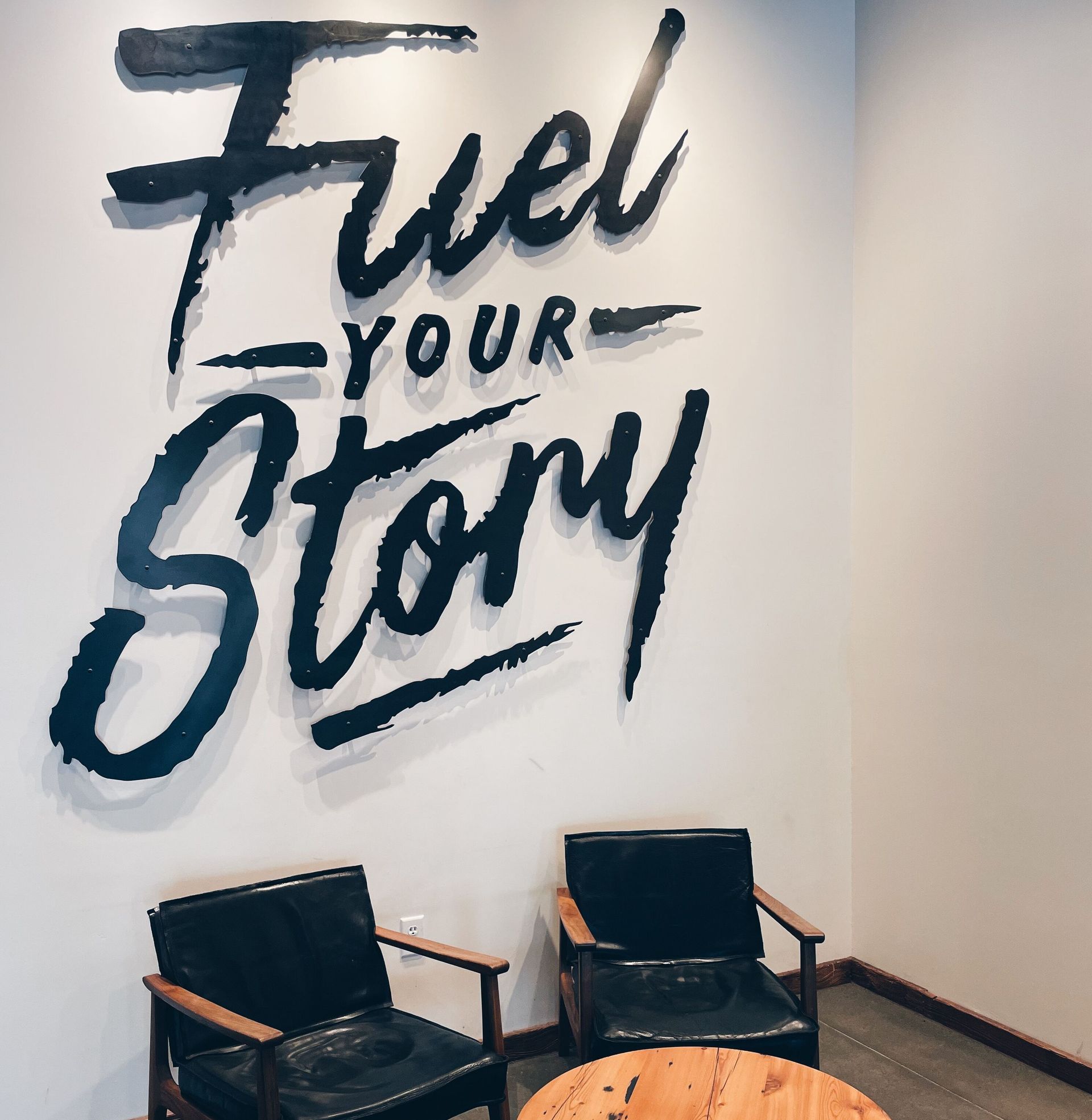
Choosing the right newswire platform for your press release is comparable to identifying the perfect melody for a song in the fast-paced world of the music industry, where every note and announcement counts. It's a decision that can have a big impact on the reach, resonance, and reception of your musical announcement. Let's discuss the different terrain of newswire platforms, guaranteeing you find the right harmony for your music story.
Define Your Goals:
Begin by defining your press release objectives. Are you looking for widespread exposure, niche music outlets, or local coverage? The criteria for picking a newswire platform and its distribution reach will be shaped by the specific aims you have.
Align with Your Target Audience:
Consider the demographics of the newswire's audience. If your music resonates with a specific genre or theme, choose a platform whose audience reflects the characteristics of your potential listeners. Alignment with your target audience is critical to ensuring that your message reaches the proper ears.
Determine Distribution Reach:
Examine the newswire's dissemination reach. Some platforms have a global audience, while others may concentrate on certain regions or industries. Align the newswire's reach with your target audience and the geographic extent of your music release.
Network of Media Outlets and Journalists:
Analyze the newswire's network of media outlets and journalists. A platform that has links with noteworthy music journalists and publications boosts the chances that your press release will be noticed by key industry players.
Capability for multimedia integration:
Consider the newswire's support for multimedia integration. In the visually focused realm of music promotion, having the ability to incorporate images, videos, or links to your music can substantially increase the impact of your press release.
Analytics & Metrics:
Choose a newswire that offers powerful analytics and measuring tools. The ability to track the performance of your press release, from views to engagement, provides useful insights for enhancing your future promotional initiatives.
Cost and Value Analysis:
Consider the cost in relation to the value offered. While certain newswires may require a higher initial investment, they may offer additional features, a broader reach, or increased visibility. Consider the platform's capacity to achieve your specific objectives when calculating the ROI.
Interface Design:
Choose a newswire platform that has an easy-to-use interface. A streamlined press release submission process promotes efficiency and reduces the possibility of errors or omissions, resulting in a more seamless experience.
Consider Industry Reputation:
Look into the newswire's reputation in the music industry. Seek input from other artists who have used the platform. A good reputation is a reliable and effective indicator.
Evaluate Customer Support:
Finally, consider the newswire's customer service. In the fast-paced world of music releases, rapid and dependable customer service is critical for quickly addressing any potential concerns.
Selecting the best newswire for your music press release requires careful consideration of several factors. Keep in mind that successful press release distribution is just as important as having excellent content.
Harmonizing Finances
Jan 2024
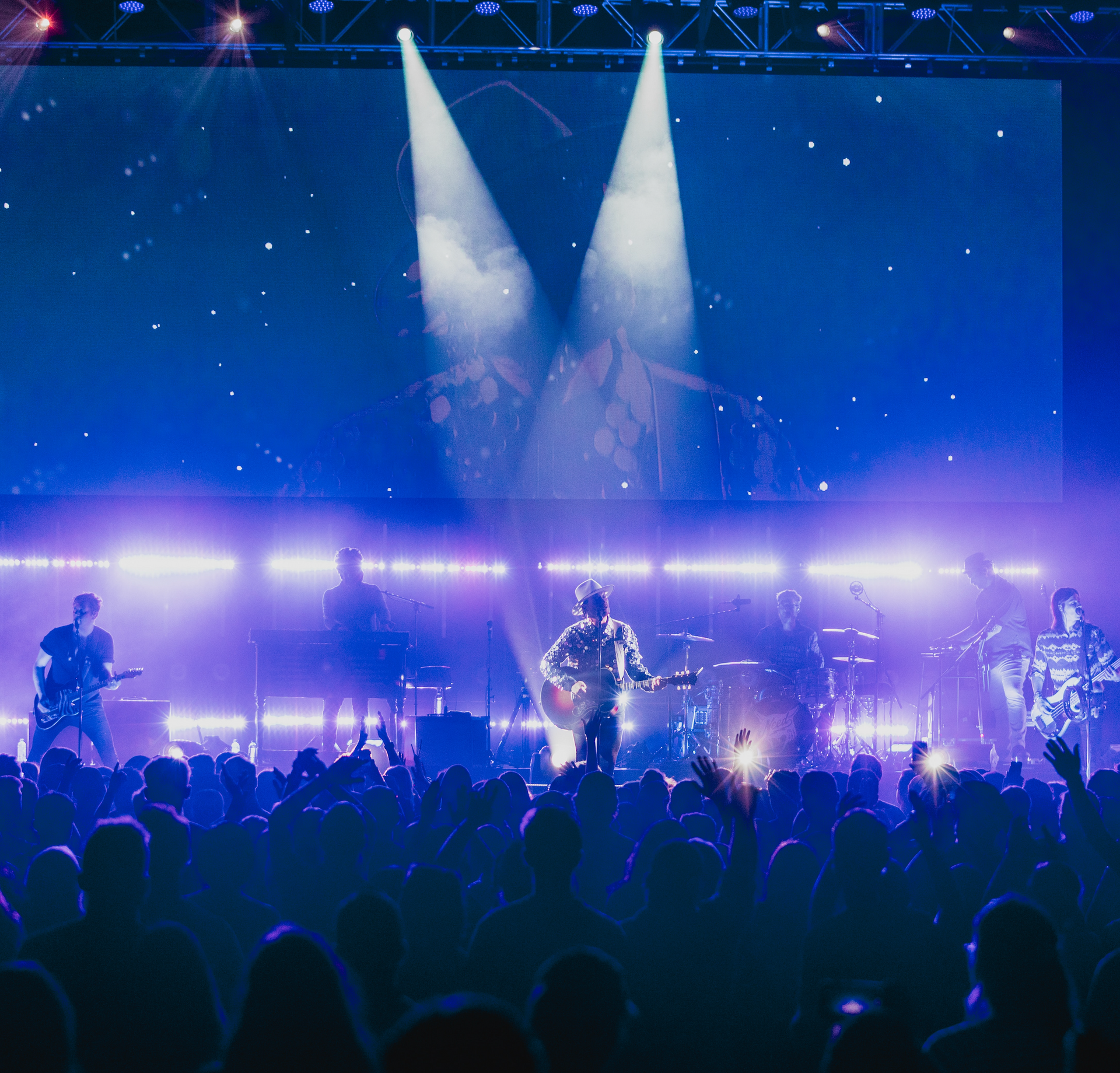
In the dynamic world of music, where originality reigns supreme, it's critical to recognize the crucial role of mastering the financial aspect. Understanding the complexities of money matters is as important as composing the perfect song for independent musicians navigating the industry's twists and turns. Let's have a look at some financial advice to help you create a peaceful path on the business side of music.
Navigating a musical undertaking without a budget is analogous to setting sail without a map. A realistic budget requires a thorough assessment of your needs, including recording, production, promotion, and other project-related expenses. Plan for unexpected charges and, most importantly, stick to your financial plan.
Beyond album sales, diversify your income streams to increase your financial stability. While streaming revenue is unquestionably important, don't miss potential in merchandise sales, live performances, sync licensing, and crowdfunding. Diversifying income streams not only gives financial strength but also acts as a safety net amid industry changes.
To simplify financial management and protect personal assets from any business obligations, consider forming a separate business entity for your musical endeavors. Consultation with a financial advisor who is experienced in the music industry can guarantee that your financial ship sails smoothly.
Numerous organizations provide grants and financing opportunities to independent musicians. Research options from local and international arts councils, music foundations, and grant programs designed exclusively for independent artists. These cash injections can help you bring your musical visions to life.
Taxes may be a difficult melody, but they are an important component of the score. Maintain thorough records of your revenue and expenses, and think about hiring an accountant who is knowledgeable about the music industry. Deduct qualified expenses, including studio fees, equipment, and travel to and from performances.
While it may appear to be an extra cost, investing in professional counsel can save you money in the long term. A music business consultant or financial adviser can provide specialized advice, allowing you to make informed decisions regarding your career and investments.
Passive revenue streams can provide a consistent rhythm to your financial flow. Consider developing and selling sample packs, licensing your music for commercial use, or even teaching music classes. These options can help you earn money while you focus on making new songs.
Remember, financial literacy is a key instrument in your toolkit as an independent musician. A solid understanding of financial matters enhances your ability to compose a sustainable and successful career.
Busk & Roll: Street Performance Success
Jan 2024
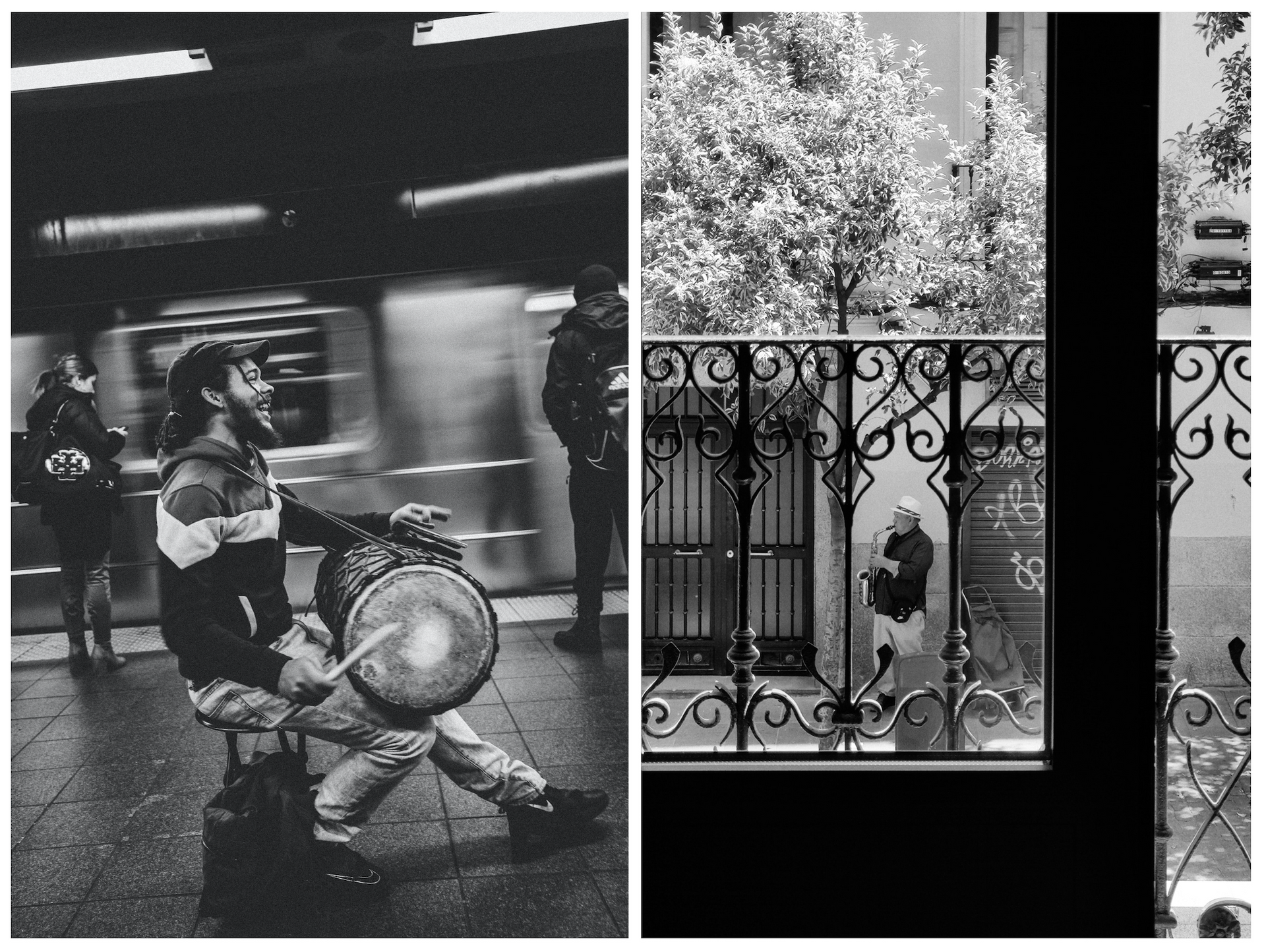
Busking provides a unique platform for musicians, offering not just a chance to earn some quick cash but also an avenue for practice and exposure to a live audience. While it may seem daunting initially, preparing for your busking experience becomes much easier if you consider these essential factors.
1. Strategic Location: Choosing the right spot is crucial. Opt for places with a balance—busy enough to attract attention but not so chaotic that your music gets lost. Street corners, parks, malls, subways, and festivals are viable options. Remember to maintain a respectful distance from other buskers to avoid clashes.
2. Check License Requirements: Some cities mandate a busking license, and regulations vary. Fees and rules depend on your location. Obtain the necessary permits well in advance. It's better to be aware of your city's permit situation and comply accordingly.
3. Abide by Rules: Every permit comes with rules. These could include limits on performance duration, distance from other buskers, and volume restrictions. Familiarize yourself with the regulations in your city to avoid any complications.
4. Learn from Fellow Buskers: Observing other buskers is a valuable learning experience. Take note of what works for them, how they engage the crowd, and their song choices. You may even gather tips by approaching them directly.
5. Plan Your Performance Duration: Determine how long you'll be singing based on the allowed time and your endurance. Break it into manageable slots if needed. Prepare an ample repertoire, ensuring variety to keep the audience engaged.
6. Accompaniment Enhances Performance: If you play an instrument, consider incorporating it into your performance. Whether it's a guitar, keyboard, or even a ukulele, having an accompaniment adds depth to your act. Alternatively, back yourself with high-quality backing tracks.
7. Essential Equipment: Ensure you have the necessary equipment—a microphone, stand, instruments, amplifier, and spare batteries if needed. A comfortable stool and a water supply are crucial for prolonged performances.
8. Be Mindful of Power Supply: Check if your chosen spot has a power supply. If not, opt for battery-operated equipment or go acoustic. Plan accordingly, based on your chosen setup.
9. Strategic Song Choices: Select songs that are family-friendly and suit diverse audiences. A mix of covers and originals can work well. Order your set list strategically to maintain interest and pace yourself.
10. Songs Ordered Strategically: Create a well-structured performance by mixing up song styles. Avoid consecutive songs with similar themes to keep your set dynamic. This also helps you maintain energy throughout your performance.
11. Put Your Spin on Covers: If including cover songs, add your unique touch. Modify the speed, rhythm, or style to make them distinctively yours. Personalizing covers makes them more enjoyable for the audience.
12. Thorough Practice is Key: Practice extensively, not just at home but also in open spaces when possible. Familiarize yourself with how your music sounds outdoors and perform in front of friends or family to ease performance anxiety.
13. Engage Between Songs: Prepare for dead spaces between songs by incorporating transition chords or engaging banter. Brief interactions maintain the flow and keep your audience connected.
14. Consider Busking Day and Time: Choose your busking day based on your target audience. Weekdays may attract different crowds than weekends. Be mindful of weather forecasts to avoid unfavorable conditions.
15. Dress the Part: Experiment with your attire to find a unique yet comfortable style. Your outfit contributes to your overall appeal, so play around with different looks to see what works best for you.
16. Utilize Free Advertising: Take advantage of opportunities for free advertising. Use signs with your social media details, website, or YouTube channel. Display business cards or mention upcoming performances to direct interested listeners.
17. Plan for Comfort: Lastly, ensure you address personal comfort. Visit the restroom just before setting up to avoid interruptions during your performance. Identify the nearest facilities for future reference.
Embrace the uniqueness of busking, and with these considerations in mind, you'll be well-prepared for a rewarding and successful street performance.
Igniting Brand Identity Through Album Art
Dec 2023
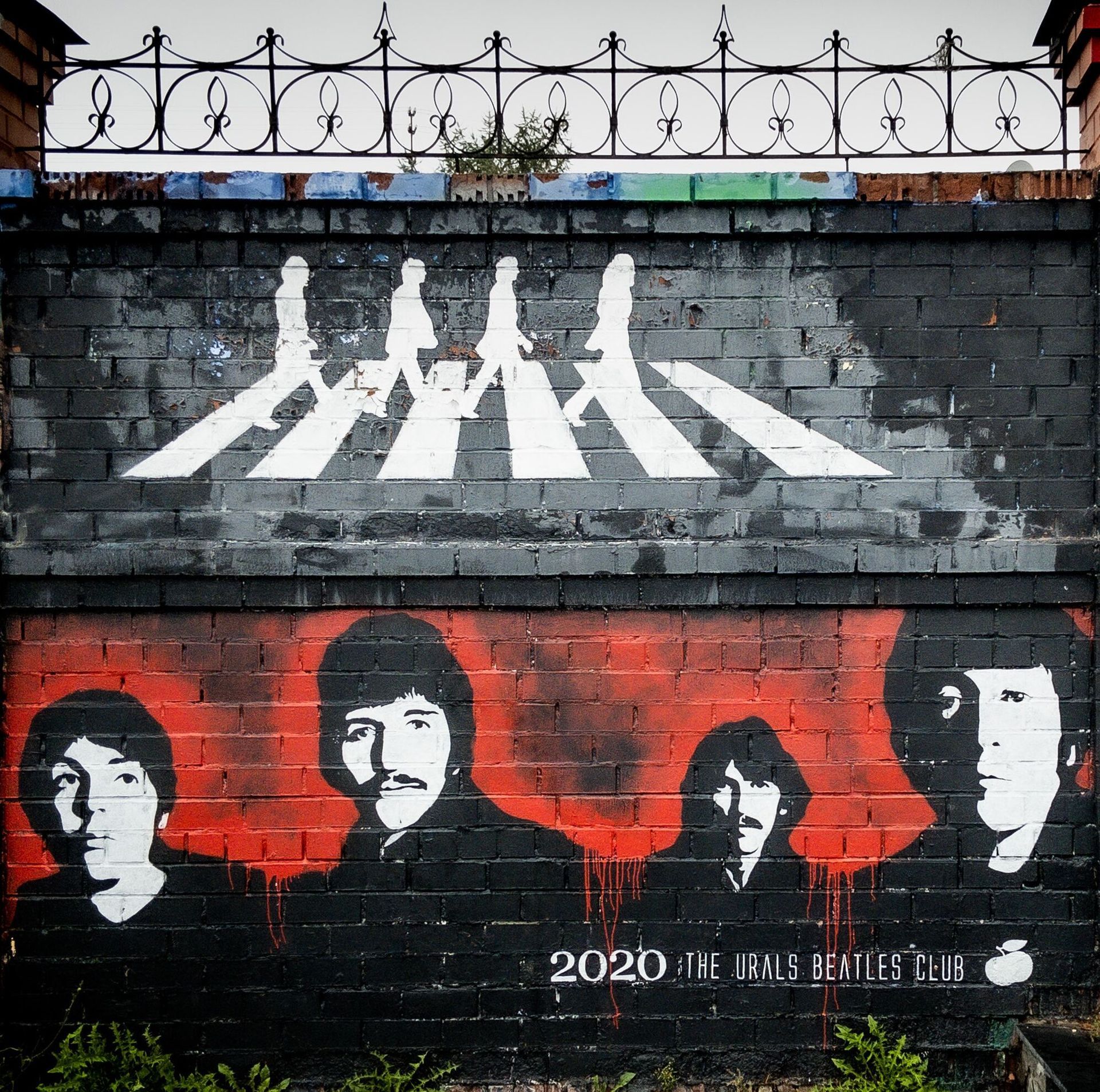
In the fast-paced world of music, where first impressions may be as transient as the first chords of a song, every part of an artist's presentation is critical to creating their identity. Album artwork stands out as a compelling visual element that goes beyond basic aesthetics—it's a major key to establishing a distinct personal brand.
Record Art as a Preface to Personal Brand
An artist's visual representation of their aural world is found in their album artwork. As the first interaction with the music, it establishes the mood for the whole auditory experience for listeners. Like a book cover, album art piques the audience's interest, builds suspense, and—above all—leaves a lasting impression on their minds.
Creating a Visual Identity
Album art is more than just a decorative element; it is essential to creating the artist's visual persona. Consider recognizable record covers like The Beatles' "Abbey Road" or Pink Floyd's "The Dark Side of the Moon"—these pictures have come to represent the bands themselves. Fans start to associate the artwork with the artist's distinct voice and style, making it a recognizable icon.
Conveying Themes and Emotions
Essentially, album art is a preface to the music it represents, providing a glimpse into the emotional and thematic terrain. Artwork conveys the intended atmosphere, genre, or overall message of the creator, regardless of whether it is a complex photograph, colorful graphics, or minimalist design. This visual storytelling primes the listener for the auditory journey ahead.
Standing Out in the Digital Crowd
In the age of digital music consumption and streaming platforms, album art takes on an additional role—that of a thumbnail. Your album cover is a little square that competes for attention in a sea of digital stuff. A stunning and distinct design not only catches the eye but also sets your music apart from the crowd.
Building a Consistent Brand Image Across Releases
Consistency is essential for indie artists creating a brand. Album artwork allows you to develop a consistent visual concept throughout releases. Maintaining consistency in album art, whether through color schemes, typography, or repeating visual elements, contributes to the general awareness of the artist's brand.
Fan Engagement
Album art has an impact that transcends beyond the digital sphere. Engaging record covers become sought-after items of commerce, ranging from T-shirts to posters. Fans wear and exhibit these products with pride, thus becoming brand advocates for the artist.
The Artistic Alchemy of Album Art
In the realm of personal branding, album artwork is a form of artistic alchemy. It turns music's ethereal essence into a physical, striking visual object. Album art serves as a silent storyteller, building suspense and strengthening brand identification before the listener is immersed in the audio story.
Recognizing the influence of record artwork on your personal brand as an independent musician is a creative step toward building a visually appealing identity that connects with your audience. The next time you're thinking about designing your record cover, keep in mind that creating a visual ambassador for your music and brand is just as important as making it visually appealing.
Shaping a Unified Brand and Marketing Narrative
Dec 2023
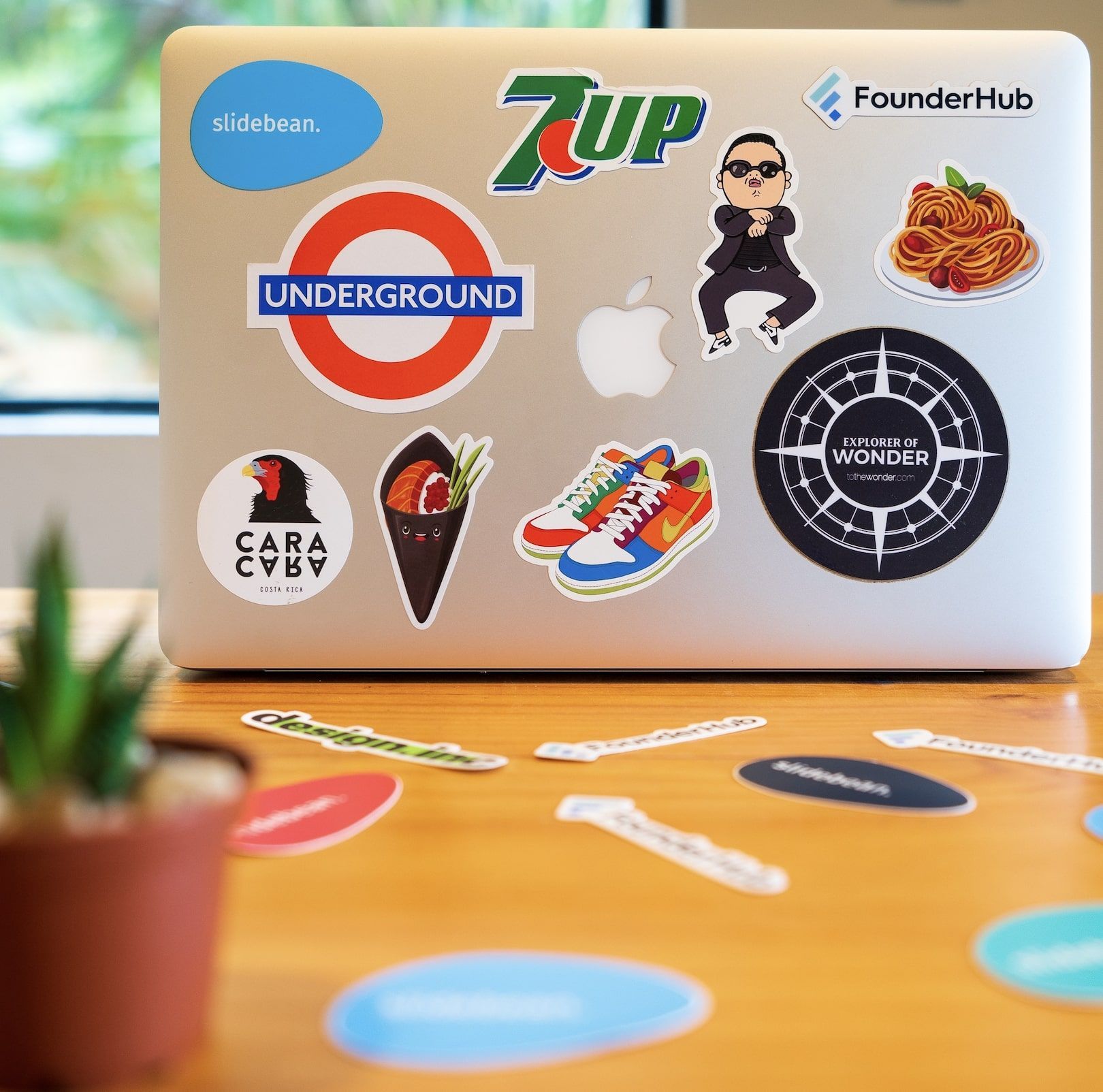
Standing out in the world of independent music is both an art and a science. For indie musicians, a consistent brand and marketing strategy is not just a nod to professionalism; it's a ticket to being heard amidst the noise. Let's look at some of the fundamental concepts that can help you find the correct balance between brand and marketing consistency.
1. Understand Your Sonic Identity
Before you go into marketing methods, you should first understand the soul of your brand. What narrative do you wish to tell? What feelings do you want your music to elicit? Your acoustic identity serves as the cornerstone for your entire campaign.
2. Visual Continuity Matters
Visual elements serve as your silent advocates. Consistency in your visual language—colors, fonts, and imagery—creates a language that speaks volumes. Whether it's album art, social media posts, or your website, ensure that the visual continuity aligns with your sonic identity.
3. Tonality in Communication
The aural texture of your brand is represented by the tone of your communication. Maintain a consistent tone throughout your content, whether it's the captions on your Instagram pictures or the language on your website. It's all about developing a personality that your audience can relate to.
4. Strategic Marketing Orchestration
Marketing isn't a shotgun approach; it's a symphony. Every action should flow naturally from the last, crafting a carefully planned narrative for your brand. Make sure that every note in your email newsletters and social media advertising adds to the overall melody.
5. Rhythm of Engagement
Engagement is your strategy's lifeblood. Engaging with your audience on a regular basis is similar to keeping a steady beat. It sustains the vitality of your brand. Ask questions, reply to remarks, and promote a sense of community.
6. Channel Harmony
Your marketing channels are instruments in your ensemble. Each channel, whether it's a blog, podcast, or video, has its own distinct tone. They should, however, complement each other. Ensure that your message is consistent across all platforms, delivering a cohesive experience for your audience.
7. Seamless Integration
The bridge between your brand and marketing is where the magic happens. It's not about a sudden shift in melody but about a seamless integration. Ensure that your marketing efforts seamlessly flow from the essence of your brand, maintaining a natural and authentic progression.
8. Narrative Consistency
Create a narrative for your brand and marketing campaigns that is consistent. Every single piece of content advances the main plot. Let every component, whether it's a personal vlog or a tour announcement, be a chapter in your story.
9. Enduring Impression
Consistency isn't a one-time act; it's an ongoing commitment. The goal is to leave a lasting impression. Allow your brand and marketing activities to stay in the memory of your audience, much as a tune does.
In the realm of indie music, where every note counts, crafting a consistent brand and marketing strategy is the key to leaving a mark. It's not just about being seen; it's about being remembered.
Exploring Managerial Avenues
Nov 2023

Being an independent musician is a risky balancing act, similar to attempting to balance blazing torches while riding a unicycle. Do you really need a music manager? is a topic that frequently arises in light of the growth of independent music and the constantly changing nature of the music industry.
Independent musicians are a unique breed, renowned for their endless imagination and ability to play many different parts at once. Not only are you the composer and performer, but you're also the booking agent, sound engineer, social media maven, and person in charge of the most confusing spreadsheet of your music finances in existence. You take great delight in being a do-it-yourself whiz because, well, you're an independent artist.
Wait a minute, though. What if you had a companion that could take care of some of those hot flames so you didn't get as burned? Here's where a music manager can help: They are the experts who have a deep understanding of the industry. Consider them your own personal GPS system for music, assisting you in avoiding obstacles and arriving at your destination with maximum efficiency.
The Role of a Music Manager
Well, they have numerous headgears. They serve as your go-betweens in the industry and are skilled negotiators and deal-makers. They can negotiate contracts for you, help you land bigger gigs, and strategically direct your music career. To free you up to concentrate on what you do best, which is create music, they also take care of the tedious stuff like paperwork and administrative duties.
The "We" Factor
One of the key advantages of having a manager is the power of "we." When a music manager approaches a venue or festival on your behalf, it carries more weight than an indie artist cold-calling. It's comparable to having a second person turn up to a battle with you, someone who can act as your representative and knows the rules.
Finding the Right Manager
But, like a melody searching for the right harmony, finding the perfect manager can be a journey. It's crucial to look for someone who understands your music, believes in your potential, and shares your vision. They should complement your strengths and fill the gaps in your music business knowledge.
Are You Ready?
Before you decide to go on this managerial adventure, you must first determine whether you are prepared for it. Are you at a point in your career when you could benefit from expert advice? If you're having trouble getting bookings or are suffering with the business side of music, a manager could be the answer.
In the end, the decision of whether to take on a music manager isn't black and white. It's a personal choice; it's a matter of what suits you best. The need for a music manager depends on where you are in your musical journey and your personal goals. Some indie artists thrive without one, while others find having a manager invaluable. Whether you choose to juggle them all or let someone lend you a hand, the show goes on.
Why Traditional Media Pitching Matters
Nov 2023
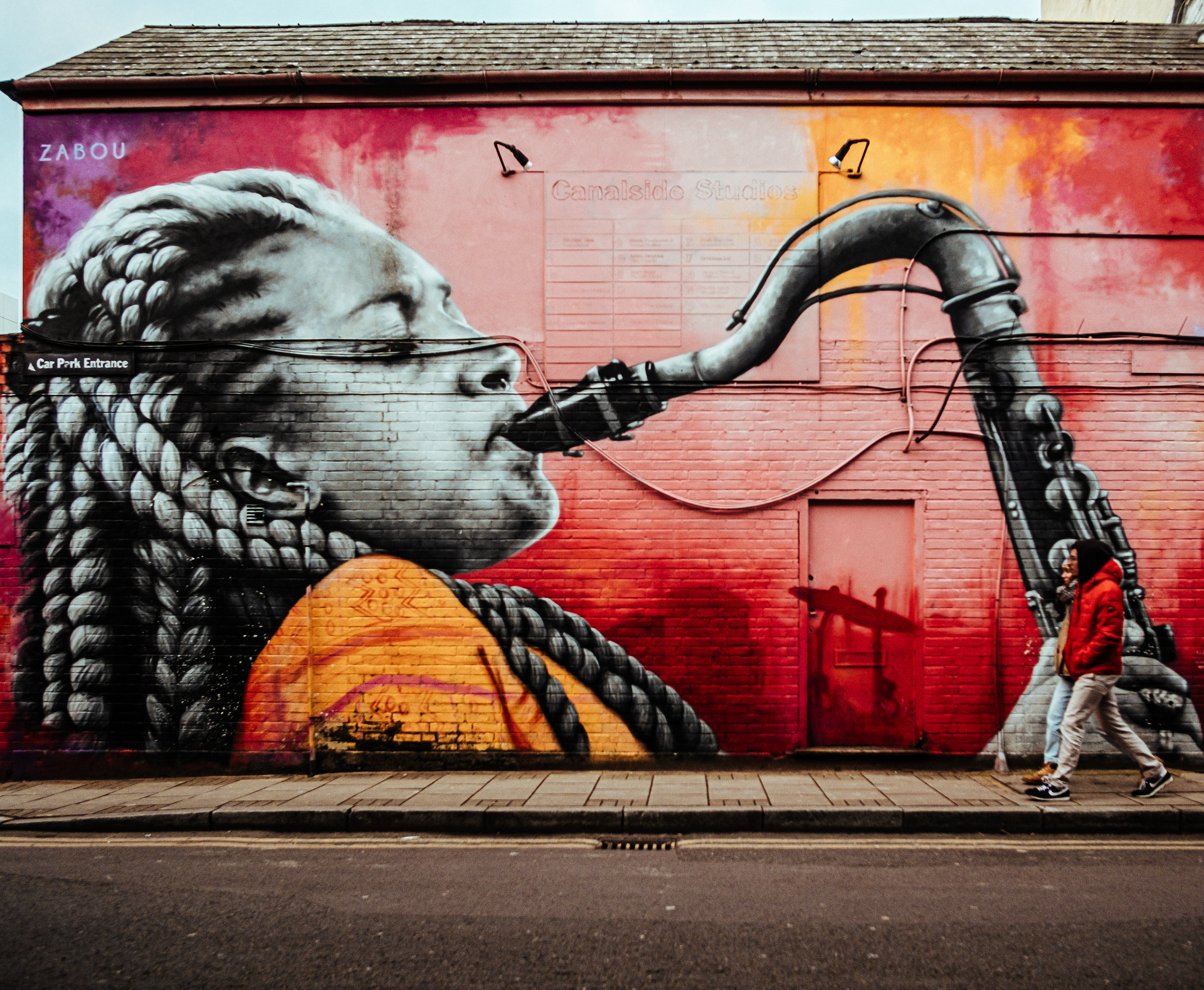
In the vast landscape of the music industry, where streaming platforms and social media reign supreme, traditional media pitching might seem like a relic of the past. But for indie musicians, it's a time-tested strategy that can open doors to a broader audience and establish credibility. So, let's explore the world of traditional media pitching and why it matters for your music career.
What Is Traditional Media Pitching?
Traditional media pitching is the practice of reaching out to established media outlets such as newspapers, publications, and radio to secure coverage for your music. While digital media has transformed the way we consume content, traditional outlets still hold sway, offering a unique set of advantages.
The importance of traditional media pitching can't be overstated. Here's why:
• Credibility: When your music features in respected newspapers, publications, or on the radio, it carries a sense of legitimacy and trustworthiness. It's like receiving a seal of approval from the music industry.
• Accessing a Different Audience: While digital platforms are essential, traditional media outlets reach audiences who might not be as digitally engaged. It's a way to tap into demographics that digital media might miss.
• Personal Connection: Traditional media offers a personal touch. Think of it as a one-on-one conversation with your audience, facilitated by experienced journalists and editors who curate content for their readers.
Navigating the Pitching Process
To make the most of traditional media pitching:
1. Identify Your Targets: Research and identify media outlets that align with your music's style and genre. You wouldn't pitch your folk song to a hip-hop magazine.
2. Craft a Compelling Pitch: Create an attention-grabbing pitch that highlights what sets your music apart. Keep it concise and engaging. Your pitch is your foot in the door, so make it count.
3. Build Relationships: Connect with journalists and editors who cover your genre. Building strong relationships can lead to recurring features and additional opportunities.
4. Follow Up (Gently): After sending your pitch, it's okay to follow up, but do so with tact and grace. Remember that patience is a virtue in this process.
5. Express Gratitude: If you're fortunate enough to secure a feature, express your gratitude to the journalists and editors who support your music. It's a small gesture that can go a long way.
Traditional media pitching might not steal the spotlight in an indie musician's toolbox, but it remains a dependable, old-school charm. It's the gateway to diverse audiences, a cornerstone of trust-building, and a method that adds a distinct personal touch to your music promotion. If you're yet to explore this avenue, it's worth a shot. And for those seeking expert assistance, Team
Flair & Fame is just a message away.
Working Out Successful Outdoor Ads
Nov 2023
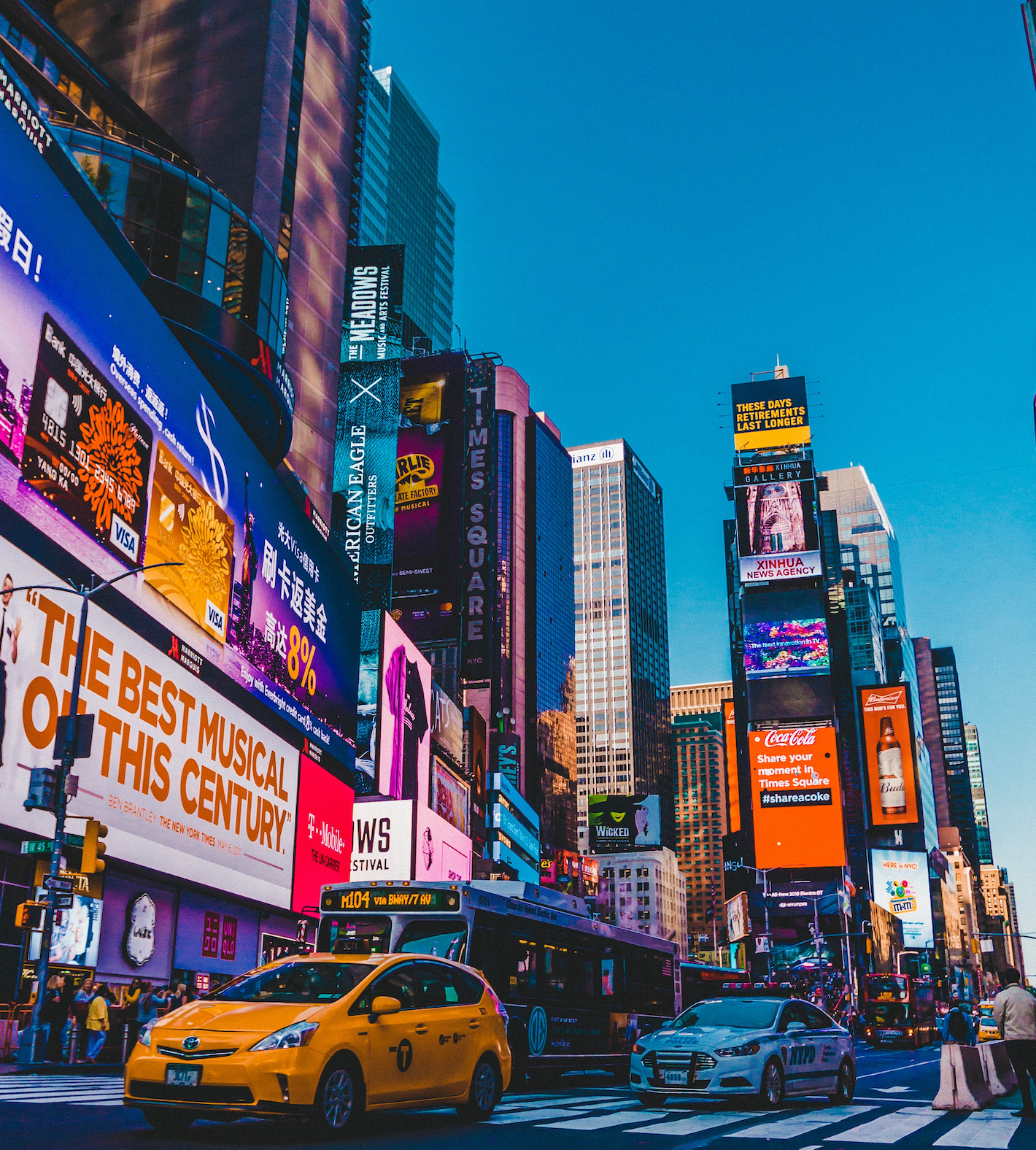
Within the dynamic realm of advertising, digital marketing frequently commands the most attention; yet, one traditional medium—the billboard—continues to be an effective weapon for artists and small businesses. Effectively designed billboards have the power to draw in onlookers and make an impression. What essential components will enable your billboard to become a truly memorable piece of advertising, then?
Strategic Location
What matters most in the world of billboards is location. The location of your billboard is quite important. If you are a musician, you might want to place your billboard next to recording studios, theaters, or other music venues. Being close to your target audience guarantees that people who are most likely to act will see your message.
Bold and Engaging Visuals
Since billboards are primarily visual media, your design needs to be striking, unambiguous, and eye-catching. Artists may use graphics or album covers that represent their brand. It could be a good idea for new brands to highlight their most recognizable goods or services. It's important to grab people's attention quickly. Nobody ever said, "That billboard's just too massive." So go big or go home.
Concise and Memorable Messaging
Given the limited space for text, your message must be concise and memorable. Musicians can utilize song titles, album releases, or tour dates. Small brands should focus on their core offerings or a compelling slogan. The aim is for even a quick glance at your billboard to make a lasting impression.
Effective Call to Action
Billboards ought to elicit response. Performers can entice fans to check out their newest song on streaming services or come to their next live event. New brands can provide a special price, urge viewers to visit their store, or point them to their website. An effective call to action motivates potential customers to take the next step. Get them moving, or at least clicking.
Continuity in Your Branding
Billboards need to blend in perfectly with your current identity, including the color palette, emblems, and general style. Consistency strengthens your presence and brand recognition, whether it's a small business's established visual identity or a musician's unique style.
Cleverness and Creativity
Ads that include comedy, witty wordplay, or a distinctive strategy tend to catch people's attention. Musicians can employ lyrical snippets or puns that relate to their music. Small brands should consider clever slogans or eye-catching graphics. A touch of creativity can set you apart from the ordinary. Be the billboard that gets a chuckle or two.
Time Relevance
Time is of the essence for musicians. When tickets for your tour go on sale, advertise it, as well as the release of your album. A well-timed message will be relevant to your audience.
Measurable Results
Billboard advertising is trackable. To gauge the success of your billboard campaign, use exclusive web links, QR codes, or promotional codes. With the use of this data, you can assess its impacts and improve your strategy moving forward.
For musicians and brands, billboard advertising is still a powerful tool because it provides a tangible, visual link with your target market. By considering these key elements, you can transform a static outdoor advertisement into a dynamic marketing tool that resonates with your audience and drives success.
YouTube Promotion Dollars and Sense
Oct 2023
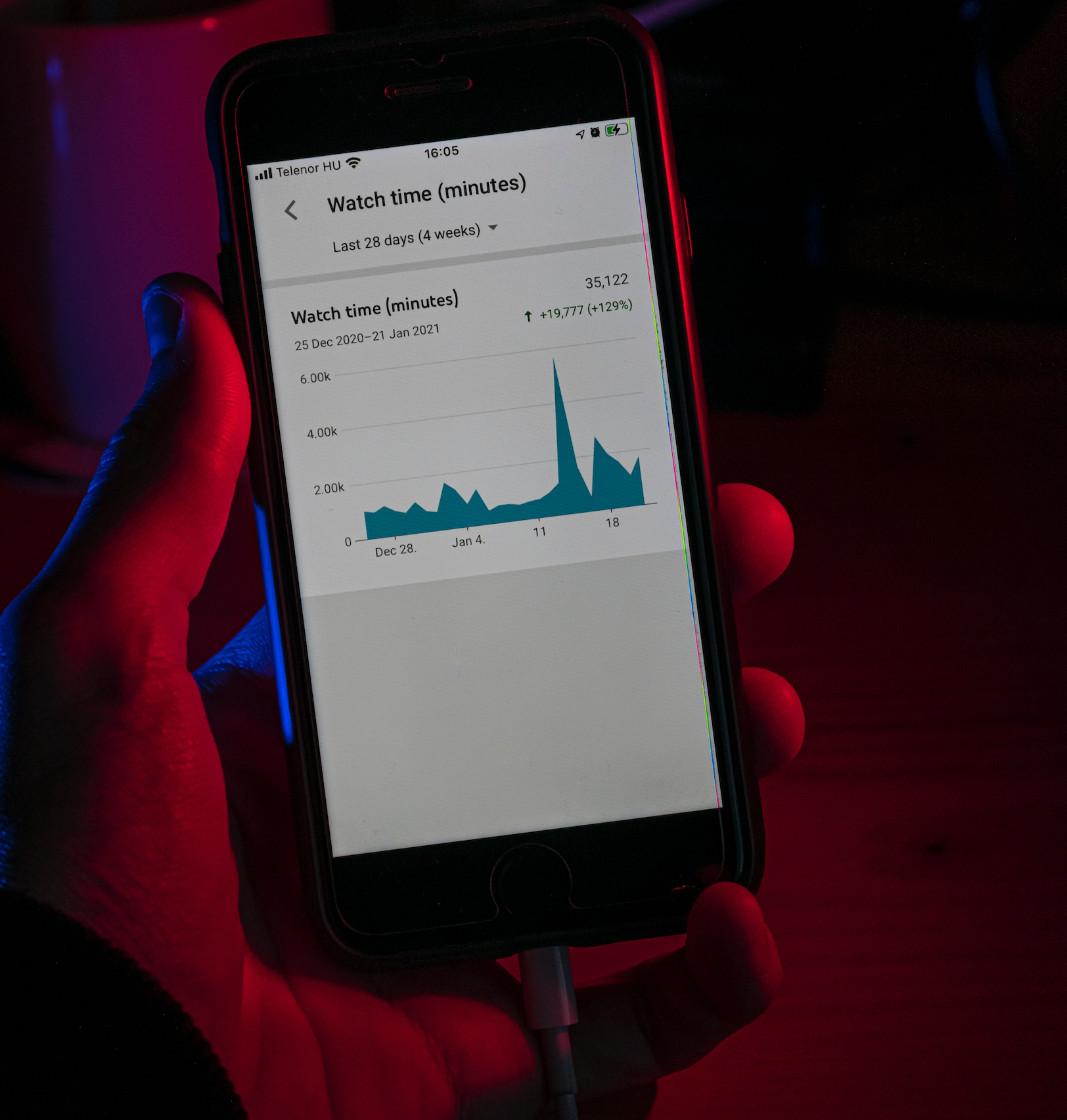
You've just dropped your latest music video on YouTube. The track is catchy, the visuals are on point, and you're ready to take the world by storm. The question is, how much green should you shell out to ensure your video gets the recognition it deserves? We'll dive into the depths of YouTube promotion and figure out how to make your video a viral sensation without sending your bank account into a nosedive.
DIY Promoting
Okay, let's start with the freebies. If you're on a shoestring budget (or no budget at all), don't sweat it. There are plenty of ways to promote your video on YouTube without flashing the cash. Optimize your video's title, description, and tags to make it discoverable. Design an eye-catching thumbnail to grab attention. Share your video across your social media platforms and get your fans involved in the sharing frenzy. The DIY approach can pay off big time if you've got a knack for creativity and a bit of extra time.
A Few Bucks for a Boost
Now, here's where the dollars start trickling in. If you're ready to open your wallet, the YouTube advertising option is where things get interesting. With YouTube ads, you're the boss. You set your own budget and bid on the cost per view. The more you're willing to spend, the more visibility you'll get. This method can work wonders, but remember to keep an eye on your expenses.
Paying for Popularity
Looking for that extra oomph without burning through all your cash? Influencer marketing might be your golden ticket. By collaborating with social media influencers, you can tap into their existing follower base. The cost varies depending on the influencer's reach and engagement rates. Choose wisely and watch the sparks fly without emptying your pockets.
Killer Content
No amount of cash can replace killer content. The best-promoted video won't take off if the content isn't engaging. Invest your time and energy into crafting music and visuals that are impossible to ignore. It's the ultimate cost-effective strategy.
The Ultimate Question - Is It Worth It?
So, is the money you're pouring into YouTube promotion worth it? That's the real head-scratcher. There's no one-size-fits-all answer. If you've got the budget, a well-planned YouTube promotion can definitely boost your video's visibility. But if you're financially strapped, don't worry too much. There are countless success stories of musicians who made it big through organic growth and free promotion methods.
In the end, the value of YouTube promotion depends on your goals, your audience, and your financial situation. It's like deciding between a gourmet dinner or a night of stargazing - both have their unique charm. Just pour your heart and soul into your art, and remember, sometimes the most priceless treasures are the ones that cost nothing at all.
Visual Symphony of Branding
Oct 2023

In the eclectic world of indie music, your brand is your swaying rhythm, your visual allure the catchy hook. Picture it like a duet: the harmonious blend of melodies and aesthetics. But what happens when your visuals go rogue, stepping on the toes of your tunes? That's where brand consistency swoops in, helping you groove to the visual beat that matches your musical rhythm.
Visual Storytelling: Imagine your music is an exhilarating rollercoaster, taking your audience on an emotional journey. Now, if your website looks like a library's reading nook, it's like your fans ended up at the wrong party. The key? Align your visuals with the mood of your music, creating a seamless, immersive experience that keeps your listeners tapping their feet.
First Impressions: In the world of endless scrolling, you've got a tiny window to steal the show. Your music may be a sonic masterpiece, but if your online presence feels like an awkward first date, chances are, you're going solo. Visual consistency ensures your audience knows exactly what to expect, visually and musically.
Trust the Pros: There's an unspoken rule in the music biz: consistency equals professionalism. When your visuals match your music, you send a powerful message – "I know my craft, and I mean business." It's like wearing a tailored suit for your sound.
Fan Loyalty: Just like a recurring character in your favorite TV series, brand consistency creates a comforting familiarity. When your fans can spot your distinctive style across various platforms, it's like receiving a warm hug from an old friend. And who doesn't love that?
Crafting Your Identity: Brand consistency isn't about being a copycat; it's about embracing your unique flavor. While it requires maintaining a uniform style, it's also a canvas for showcasing your individuality in a crowd of indie artists.
Being Everywhere: Your audience is no longer confined to one platform. They're spread across the digital universe – Spotify, YouTube, Instagram, and more. To maintain a harmonious connection with your fans, your messaging and style should flow seamlessly across these platforms.
Tips for Keeping the Groove:
Color Palette: Pick a color scheme that complements your music's vibe. Vibrant colors for energetic tracks, muted tones for more laid-back sounds. Color, like the perfect melody, should evoke the right mood.
Typography: Stick to a set of fonts that match your style. Funky fonts for quirky tunes, sleek and modern ones for your cutting-edge sound.
Visual Tale: Ensure your visuals harmonize with the narrative of your music. From album covers to the aesthetics of your website, it's all part of the same story.
Voice: Keep a consistent tone in your content. If you're the whimsical indie artist with a dash of humor, let it shine through in all your communications. Be that charming host who welcomes guests with a warm smile.
Engagement: Join the conversation on various platforms. When your fans see you as a familiar and reliable presence, they're more likely to stick around.
When it comes to brand consistency, it's not about stifling creativity; it's about letting your creativity flow within a recognizable framework. From your music to your visuals and the way you engage with fans, make sure it's a delightful dance of consistency and innovation. It's your groove, after all.
Music Promotion with a Twist
Oct 2023
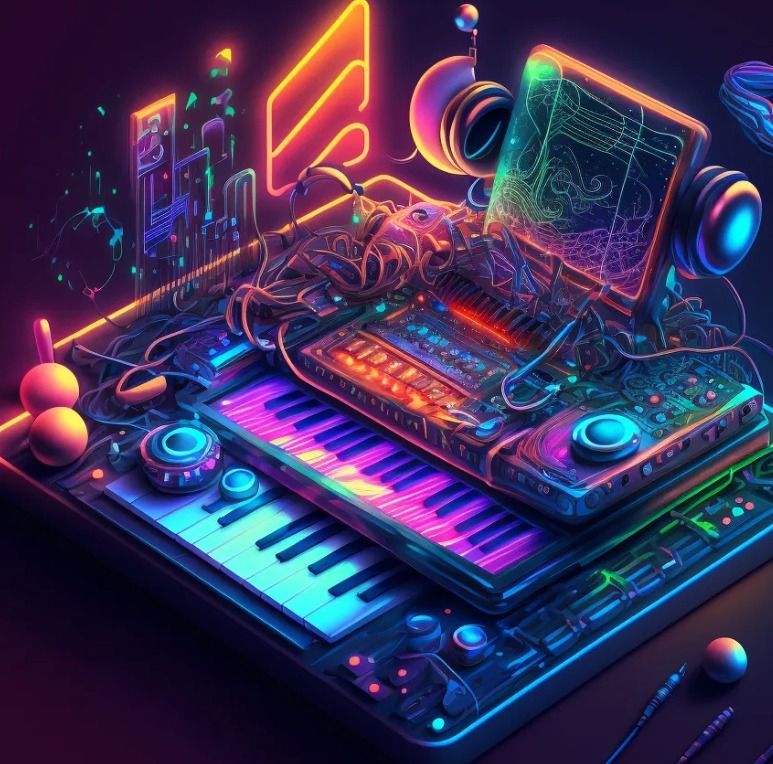
The music landscape is ever-evolving, and to thrive as an independent musician, you need a promotion game that's as fresh as your latest track. While some classic strategies endure, there's no denying that the digital age has opened new avenues and quirks for promotion.
Streaming - Ride the Soundwave
Streaming platforms have become the go-to jukebox for most music lovers. Getting your music on these platforms, like Spotify, Apple Music, and Deezer, is essential. However, here's where the humor comes in. You might not make a fortune from streaming alone unless you're pulling in millions of plays. So, to the indie musician pondering, "How do I make money here?" The answer is clear: make your music available everywhere, but also think about your other income streams, like live shows, merchandise, and, well, T-shirts. The "Merch of Fame" is an honorable badge.
Social Media - Turn Followers into Fans
Social media is a playground for artists to interact directly with fans. Share more than your music; share your journey, your life, your quirks. Engage in conversations, respond to comments, and build a loyal fanbase. Remember, authenticity reigns supreme. Show your true self. And for the love of all things musical, don't automate every post. People can spot a robot from a mile away. Unless, of course, you're a robot musician - in that case, kudos!
Collaborations - Jam with Your Peers
Collaborations aren't just for pop stars. They're your golden ticket to expanding your fanbase. Team up with fellow indie musicians, cross-pollinate your audiences, and create musical magic together. However, it's not a one-night stand; it's a partnership. Take the time to get to know each other's vibes before jumping into the musical deep end.
Content - Go Beyond the Music
Content is king, and it's not just about the music itself. Start a YouTube channel, run a podcast, or even write a blog. Document your creative process, share insights, and connect with your audience on a more profound level. Remember, though, if you're creating a podcast, stay on topic. It's about music, not conspiracy theories on lizard people.
Live Streaming - Live in Your Pajamas
Live streaming has evolved beyond just live performances. It's a chance to connect with your audience in real-time, answer questions, play unreleased tracks, or simply have a candid chat with your fans. It's the ultimate casual hangout, and you can do it from the comfort of your own home, in your pajamas. Who wouldn't want to join that party?
PR & Blog Reviews - Take a Modern Spin
Traditional PR isn't a thing of the past, but it's had a 21st-century makeover. Blog reviews and collaborations with music influencers are still valuable. The secret? Find bloggers and influencers whose followers match your vibe. It's like an exclusive after-party where you already know they'll love your music.
The music promotion landscape is a mix of timeless classics and exciting new twists. Remember, it's not just about the music; it's about the journey, the quirks, and the party you create with your audience. Keep it fresh, keep it fun, and most importantly, keep it you.
No Skimping: Pro Photos and Artwork
Sept 2023

In today's digital world, where everything's a scroll away, the visual side of your music game is more critical than ever. As indie musicians, having striking photos and jaw-dropping cover art isn't just a style choice; it's a superpower. Here's why these professional visuals are your secret weapon:
Grabbing Eyeballs
In a jungle of content, the first impression is your survival kit. Killer visuals are like magnetic force fields; they stop the scroll and make folks take a second look.
Expressing Your Groove
Visuals aren't just pretty pictures; they're your art canvas. They should shout your music's vibe, your personality, and why you're the next big thing.
Playing in the Big Leagues
Professional photos and cover art give you that "pro" badge. They say, "I mean business," and that can mean doors opening for collabs, gigs, and opportunities you've been dreaming of.
Visual Storytelling
Pics tell stories too. From candid backstage snaps to album covers that make you think, these images add layers to your musical tale.
Keeping It Together
Consistency is your wingman. When your website, socials, and album art look like they belong together, fans connect the dots faster and become loyal fans.
Marketing Goldmine
Visuals are marketing gold. They're your Swiss Army knife for everything from social posts to gig posters. They're investments that keep on giving.
Iconic Album Art
Think of your album art like a movie poster. It should tell your album's story at a glance, make jaws drop, and stay in people's minds long after they've heard the last track.
Staying Ahead
In the music race, visuals give you that extra turbo boost. In a crowded market, pro visuals can make you the artist people remember.
Hype Machine
Use your visuals to build hype. Teasers, promo pics, and sneak peeks keep your audience excited about what's next.
Lasting Impressions
Great visuals aren't just a one-time thing; they stick in people's minds. They're the marks you leave on your fans.
So, dear indie musician, don't treat pro visuals as an afterthought. Remember, in the world of "pics or it didn't happen," being picture perfect isn't just an option - it's a must.
Lights, Camera, Music....
Sept 2023

In today's digital age, music videos are like golden tickets. They're your chance to connect with your fans, and they can make your music unforgettable. But what if you don't have a blockbuster budget? No worries! Let's dive into the world of making epic music videos without emptying your bank account.
Concept is King
Alright, so you've got a killer song, but what's the story you want to tell? Start with a concept that's as unique as your music. Think outside the box, be a little quirky, and let your creativity run wild.
Offbeat Locations
Forget the fancy studios. You'd be amazed at the magic you can create in the most unexpected places. Abandoned warehouses, eerie forests, or even your own backyard can be transformed into captivating settings for your video.
DIY Magic
Ready to get crafty? DIY props and set pieces can add an incredible touch to your video. Hit up thrift stores, dig through your attic, or just raid your craft drawer for unique items that can breathe life into your video.
Lights, Camera, Effects!
Visual effects aren't just for big Hollywood productions. Basic video editing software can help you add some pizzazz to your video. Get creative with animation, experiment with colors, and add some unique flair.
Cinematic Vibes
Your video isn't just a video; it's a mini-movie. Embrace cinematic techniques to create a visually striking narrative. Try interesting camera angles, artistic framing, and unique perspectives to tell your story.
Animated Awesomeness
Don't shy away from animation. Whether you're into hand-drawn art, stop-motion wonder, or digital magic, animation can infuse your video with an artistic vibe.
Playing with Light
Lighting can set the mood. Try playing around with colored lights, natural sunlight, or even funky light sources to create stunning visuals.
Local Legends
Your local community is a treasure trove of talent. Collaborate with local artists, filmmakers, and performers to bring fresh perspectives and unique skills to your project.
Dance Like Nobody's Watching
Dance can be your storytelling secret weapon. It's a powerful way to convey emotions and tell a tale without saying a word.
Smartphone Savvy
Who needs a fancy camera when your smartphone can do wonders? Modern smartphone cameras are incredible, so don't underestimate their power.
Edit Like a Pro
Editing is where the magic happens. Experiment with unique styles like glitch effects, time-lapse sequences, or kaleidoscope visuals to make your video pop.
Realness Rules
Above all, stay true to yourself. Whether your video is abstract, narrative-driven, or totally out there, make sure it reflects the real you.
Remember, your music video is your canvas, and you're the artist. Let your imagination run wild, and don't be afraid to break the mold. With a little creativity and a dash of resourcefulness, you can create a music video that's as unique as your music.
Setting Sail in Digital Advertising
Sept 2023

A powerful tool at our disposal to reach broader audiences in the rapidly changing music industry of today: digital advertising. Think of it as a kind of learning curve that will give you access to recognition.
Imagine a menu at an ice cream shop with a variety of options, each with a unique flavor. Here are some scoops you ought to savor:
• Social Media Advertising: This is like the rich, velvety chocolate fudge swirl of the digital ad world. Highly targeted ad options are offered by platforms like Facebook, Instagram, Twitter, and TikTok. Based on their interests, whereabouts, and even musical preferences, you can target potential fans.
• Google Ads: Think of it as a straightforward but powerful vanilla cone. Your advertisement appears at the top of users' search results when they type in terms related to music. It's ideal for attracting listeners who are already looking for music like yours.
• YouTube Ads: In terms of digital advertising, this is the Neapolitan. You can pick between skippable, unskippable, and those sneaky little video ads that play in the background of your favorite videos here. Get creative with your visuals, and remember to seize attention within the first five seconds—that's the golden window before the skip button appears!
• Spotify Ads: Imagine this as the rocky road—slightly unconventional but potentially oh-so-sweet. With Spotify Ads, you can target listeners based on their musical tastes and location. Play your cards right, and you'll have listeners grooving to your beats between tracks.
Pennywise or Spendthrift?
Now, let's talk finances. Digital advertising isn't free, but you don't need to break the bank either. Set a budget that won't leave you surviving on instant noodles for a month. Most platforms offer options like daily or lifetime budgets, allowing you to keep your spending in check.
Crafting Your Creative
Just like composing a killer bridge, your ad needs to captivate. Make use of eye-catching design elements, write compelling ad copy, and add a clear call to action. Create content specifically for your target market; it's like picking the right chord progression for your audience.
Testing, Testing, 1-2-3
Do not forget that digital advertising combines art and science. If your first advertising campaign doesn't succeed, don't give up. Run numerous campaigns, try out various strategies, and evaluate the outcomes. It all comes down to identifying the sweet spot that connects with your audience.
Freshness is Key
Lastly, avoid letting your ad campaigns grow stale, akin to a forgotten bag of chips. Regularly infuse new visuals, copy, and offers into your ads. By doing this, you avoid ad fatigue and keep your audience interested.
PR Coming to the Rescue
Aug 2023

In the unpredictable world of music, your brand is your anchor, your essence, and your voice. But what happens when your brand hits a rough patch? This is where the magic of Public Relations (PR) steps in—not with a cape but with strategic finesse.
So, how exactly can PR help your music brand?
Perception Over Reality
In this industry, perception often outweighs reality. A skilled PR team can reshape the narrative around your brand, shifting focus from setbacks to strengths. They craft compelling stories that highlight your musical journey, your triumphs, and your evolution.
Crisis Management, Smooth Sailing
Controversies can hit anyone, but it's how you handle them that counts. A PR team acts as your crisis manager, guiding you through choppy waters and ensuring your responses are strategic and empathetic. With their expertise, you can turn a crisis into an opportunity for growth and connection.
Reinventing with a Bang
A stale brand can weigh you down faster than a lead balloon. PR professionals have a knack for reinvention. They breathe new life into your image, unveiling fresh angles and stories that captivate your audience. Whether it's a new sound, a bold visual, or an unexpected collaboration, PR can help you stand out in a sea of sameness.
Building Bridges, Not Walls
Your connection with fans is precious, and PR can help you nurture it. Through interactive campaigns, social media engagement, and personalized interactions, they create a bridge that spans the divide between you and your audience. This connection isn't just a lifeline; it's the wind beneath your sails.
Elevating Your Message
Your music is your message, but it's not always easy to make it heard above the noise. PR professionals amplify your voice, securing media coverage that reaches far beyond your existing fanbase. They craft pitches that resonate with journalists, making your story irresistible and your music impossible to ignore.
PR professionals are the storytellers who know how to turn adversity into advantage, discord into harmony, and silence into resounding applause. At
Flair & Fame, we're not just about notes; we're about composing your brand's symphony of success. So, if you find yourself navigating stormy branding waters, remember that the power of PR is here to set your ship back on course.
Dispelling Common Misconceptions
Aug 2023
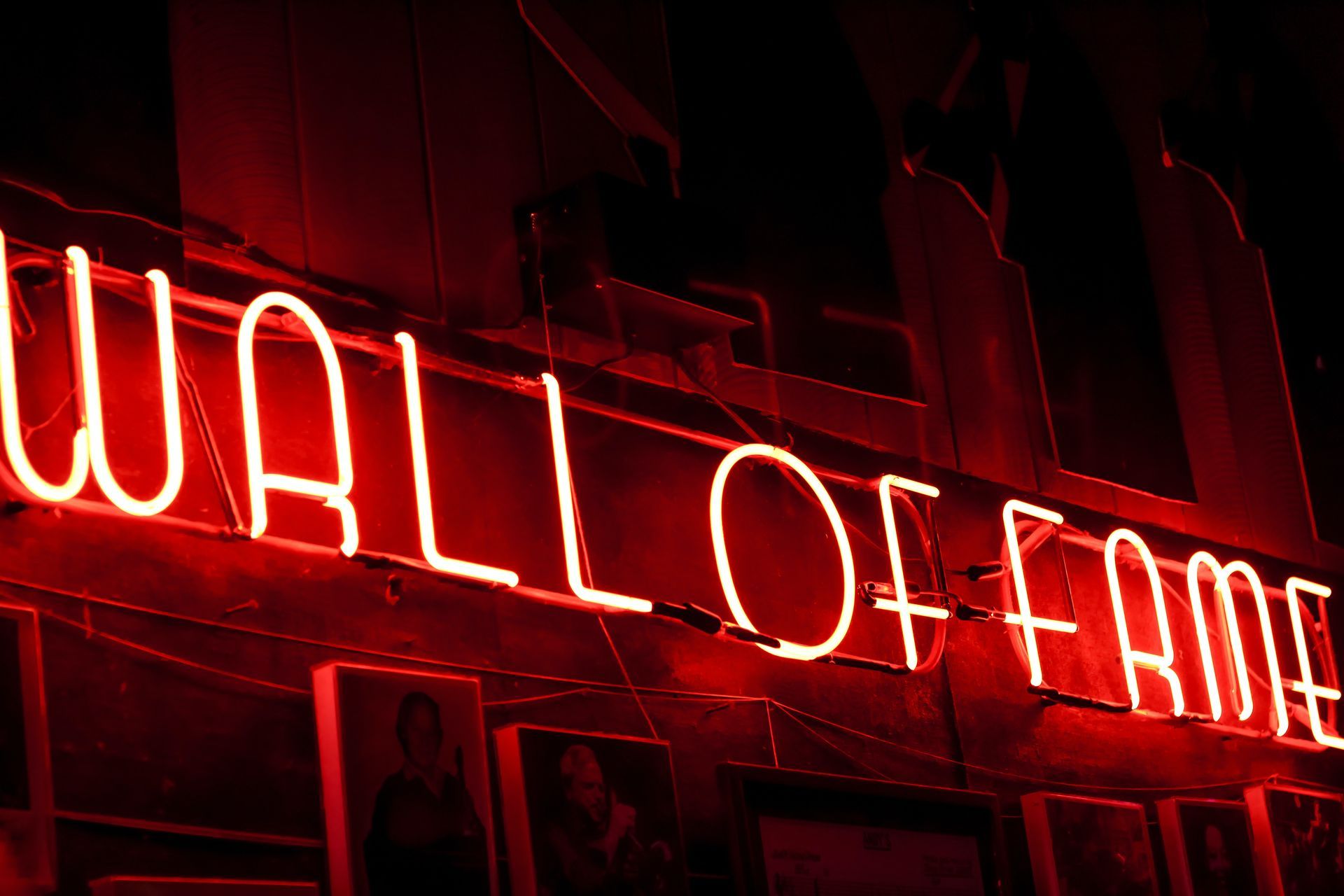
In this industry, there's no shortage of advice, strategies, and so-called "secrets" floating around. It's like a musical maze where you're handed a map that's a mix of truth, half-truths, and downright myths. So, let's debunk some of the most common music promotion misconceptions.
Myth 1: Viral Fame is Just One Viral Post Away
Ah, the allure of going viral—an elusive dream for many musicians. While a single viral post can indeed skyrocket your visibility, the truth is that achieving lasting success requires consistent effort. Going viral might be the lightning strike you need, but it's building a foundation of quality content and engagement that keeps the fire burning.
Myth 2: More Social Media Accounts Mean More Exposure
Quantity over quality, right? Wrong. Managing a slew of social media accounts might seem like casting a wider net, but spreading yourself too thin can dilute your impact. Instead, focus on a couple of platforms where your target audience hangs out and engage authentically. It's better to have a thriving community on one platform than a ghost town on several.
Myth 3: Playlists Are the Holy Grail of Streaming Success
Yes, landing on a popular playlist can boost your streams, but it's not the end-all, be-all. Playlists are just one piece of the puzzle. Building a dedicated fanbase and creating memorable music that resonates with listeners is what keeps those streams flowing in the long run.
Myth 4: Big Numbers on Social Media Equal a Successful Music Career
Sure, a high follower count might look impressive, but it's not the only gauge of success. Genuine engagement—likes, comments, and shares—matters more. It's better to have 1,000 followers who actively interact with your content than 10,000 who scroll past without a second thought.
Myth 5: You Need a Record Label to Succeed
Gone are the days when record labels were the gatekeepers to success. With the rise of independent artists carving their own paths, the digital age has brought about a democratization of the music industry. You can thrive on your terms with strategic planning, online tools, and a strong work ethic.
Myth 6: Money Can Buy Music Promotion Success
While investing in your music career is essential, throwing money blindly at promotion won't guarantee success. It's about smart investments—choosing the right strategies, platforms, and professionals to collaborate with. A thoughtful approach beats an empty wallet any day.
Navigating the world of music promotion requires a discerning eye and a willingness to sift through the myths. As you carve your path, remember that dedication, authenticity, consistent effort, a sprinkle of innovation, and a healthy dose of reality-checking are the true keys to unlocking the doors of success.
So, next time someone claims they've got the magic formula for overnight stardom, take it with a grain of salt. At Flair & Fame, we're here to guide you through the music maze and help you make informed decisions for your unique journey. Because in this journey, it's not about shortcuts—it's about building a solid foundation for lasting success.
Side by Side: Public Relations & Marketing
Aug 2023
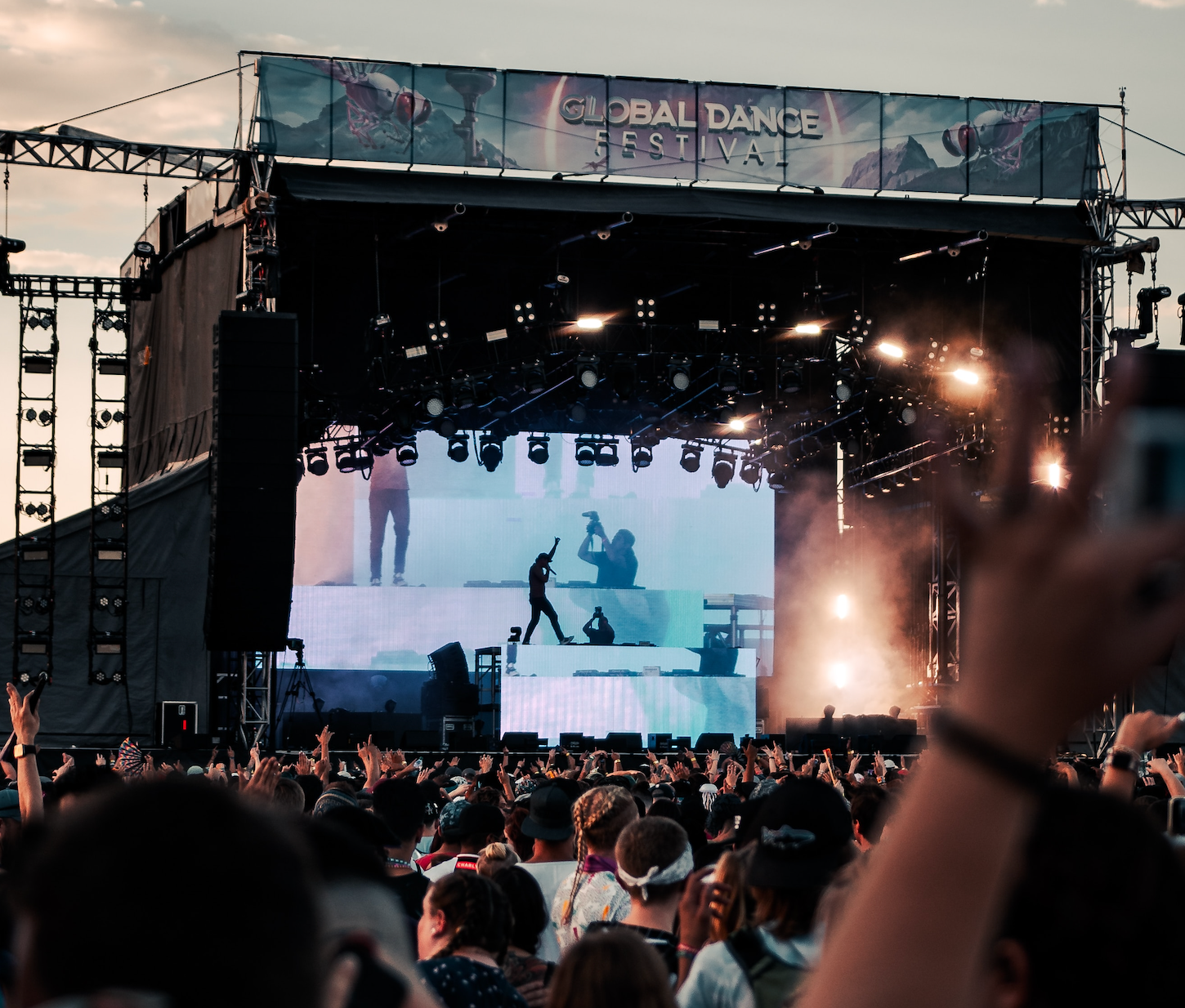
As an independent musician, understanding the unique roles of Public Relations and Marketing can be the key to unlocking your music's true potential. So, let's embark on this enlightening journey together.
What is Public Relations (PR)?
Imagine PR as the storyteller of the music realm. It's all about creating and maintaining relationships, both with the media and your ever-eager fanbase. Its mission is to sculpt your image, perception, and reputation in the most captivating light. This is where press releases, media features, and interviews come into play, painting a vivid portrait of your musical journey, achievements, and uniqueness.
So, what is Marketing then?
Think of Marketing as the driving force behind your album releases, tours, and merchandise sales. It's all about strategy, from crafting eye-catching social media campaigns to managing your website and online presence. Marketing aims to create demand and drive conversions. It ensures your music reaches the right ears at the right time.
Still feeling a little tangled in the strings? Let's spotlight the differences:
1. Focus and Purpose: PR focuses on shaping your image and story through media coverage and interviews, while Marketing is all about promoting your music to a wider audience through strategic campaigns.
2. Relationships and Promotion: PR builds relationships with the media and fans, fostering a deeper connection. On the flip side, Marketing concentrates on promoting your music to generate interest, boost sales, and increase visibility.
3. Storytelling and Strategy: PR crafts compelling narratives around your music, while Marketing designs strategic campaigns to capture attention and drive engagement.
4. Longevity and Action: PR builds long-term relationships and a solid reputation. On the other hand, Marketing aims for immediate action, such as streaming your music or attending your show.
The magic truly happens when PR and Marketing join forces. Think of PR as the prelude, setting the tone with an engaging story that draws listeners in. Then, Marketing takes the lead, amplifying that story to a wider audience, generating excitement, and prompting action.
At Flair & Fame, we understand the nuances of both worlds and can guide you towards crafting a captivating story that resonates and campaigns that spark attention. Let your music be heard, celebrated, and cherished on both the PR and Marketing stages.
Unlocking the Heartstrings
July 2023

In the magical realm of music, there's an invisible force that binds artists and fans together—emotions. Behind every passionate fanbase lies a tapestry of feelings that fuel their engagement and unwavering support. As an artist, understanding the emotional triggers that resonate with your audience is like unlocking a secret code in their hearts. So, let's embark on a thrilling journey through the captivating world of fan psychology.
The Relatability Revolution: When fans discover an artist who speaks their language, it's like finding a soulmate. Relatability is the secret ingredient that stirs hearts and forges unbreakable connections. By sharing genuine stories and experiences through your music, you create a space where fans see themselves reflected in your lyrics. It's a beautiful dance of understanding, where you become the voice of their unspoken emotions.
The Euphoric Escape: Music possesses the incredible power to transport listeners to another dimension. Whether it's a euphoric high or a cathartic release, your melodies can take fans on an emotional rollercoaster. By crafting captivating soundscapes and powerful arrangements, you can create an otherworldly experience that leaves fans craving more of that heart-pounding, soul-stirring journey.
The Healing Harmonies: In times of joy, heartache, or uncertainty, music becomes a trusted ally, providing solace and healing. Your melodies have the extraordinary ability to mend broken hearts, uplift spirits, and ignite hope. By tapping into the transformative power of your music, you become a source of comfort, a guiding light in the darkness, and a companion through life's twists and turns.
Building Bridges of Belonging: Music is a universal language that unites people from all walks of life. It creates a sense of belonging and builds communities of like-minded souls. Foster connections among your fans by creating spaces for them to interact, share their stories, and celebrate their shared love for your music. Give them a platform to build relationships, form friendships, and become a part of something extraordinary.
Unleashing the Feel-Good Factor: Sometimes, fans simply crave the feel-good vibes that music brings. Whether it's an infectious groove, catchy hooks, or uplifting lyrics, creating music that makes people smile, dance, and forget their worries can be a surefire way to drive fan engagement. Inject joy, positivity, and a healthy dose of fun into your music to create an irresistible magnetism that draws fans in.
Emotions are the lifeblood of the music industry. Understanding the emotional triggers that drive fan engagement empowers you as an artist to create music that resonates deeply with your audience. Let your music be a vessel for emotions, a conduit for connection, and a source of inspiration. If you're seeking expert guidance, Flair & Fame is here to help you strike the perfect chord.
Integrating Earned and Paid Promotion for Maximum Impact
July 2023
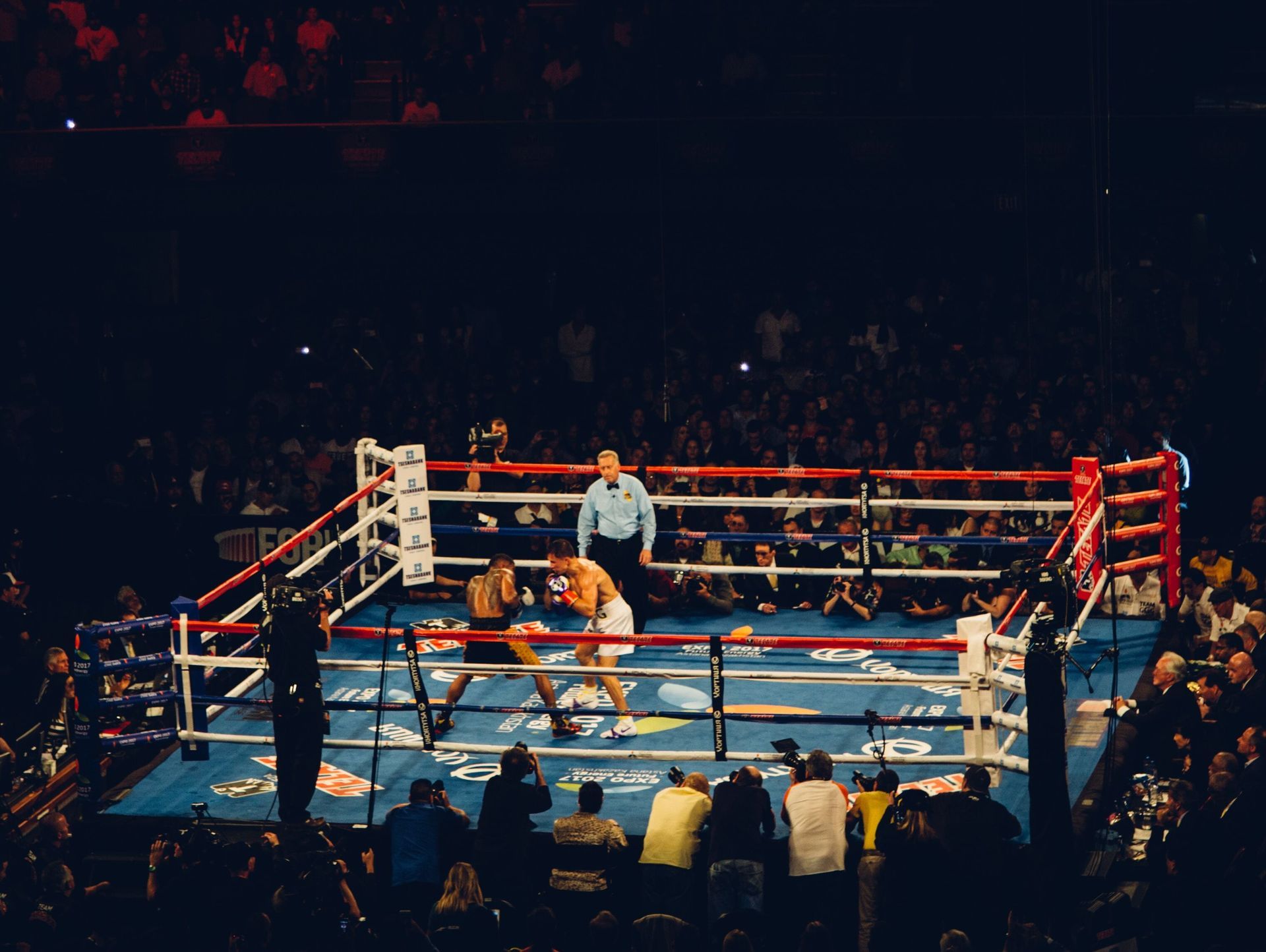
Welcome to the ultimate showdown of media promotion strategies! In one corner, we have earned media, the sneaky underdog fueled by authenticity and word-of-mouth. And in the other corner, we have paid media, the strategic heavyweight armed with targeting precision and guaranteed exposure.
Round 1: Earned Media - The Crafty Contender
Earned media is like a mischievous magician who relies on the power of genuine connection and buzz. It's the magical realm where your fans become your biggest advocates, influencers spread the word, and media outlets clamour to tell your story. Imagine the thrill of seeing your music celebrated in reviews, shared across social networks, and championed by influential voices. It's like having an army of dedicated fans spread your musical gospel far and wide.
But beware, earned media can be just as unpredictable. You can't force it, buy it, or control it directly. Instead, you must earn it through exceptional talent, engaging content, and building meaningful relationships. It's a wild ride where every interaction with your fans and the media holds the potential for organic growth and viral exposure.
Round 2: Paid Media - The Strategic Champion
In the other corner, we have paid media, the strategic champion who knows how to play the game. With paid media, you have the power to strategically target your desired audience, control your message, and secure guaranteed exposure. It's like having a personal PR agent who ensures your music reaches the right ears at the right time. Picture your music popping up in front of your ideal audience on social media, search engines, and music platforms. It's an advertising spectacle that can catapult your music career to new heights.
However, there's a cost to this strategic power play. Paid media requires financial investment, and it's not always a smooth-sailing journey, especially for independent musicians with limited budgets. But fear not, there are ways to optimize your spending and get the most bang for your buck. From strategic ad targeting to creative formats and careful analysis of metrics, you can navigate the paid media landscape with wit and wisdom.
The Final Round: Achieving Harmony in the Media Arena
In the ultimate battle of earned media versus paid media, the real winner is the synergy between the two. Embrace the power of earned media's authentic connections and the strategic advantages of paid media's precision targeting. Blend the two approaches, adapt them to your unique music and goals, and watch as your music resonates with audiences far and wide. With a mix of authenticity, strategy, and a dash of Flair & Fame, you'll have the winning formula to captivate audiences, fuel your music career, and conquer the media landscape.
Navigating the World of Music PR Agencies
July 2023
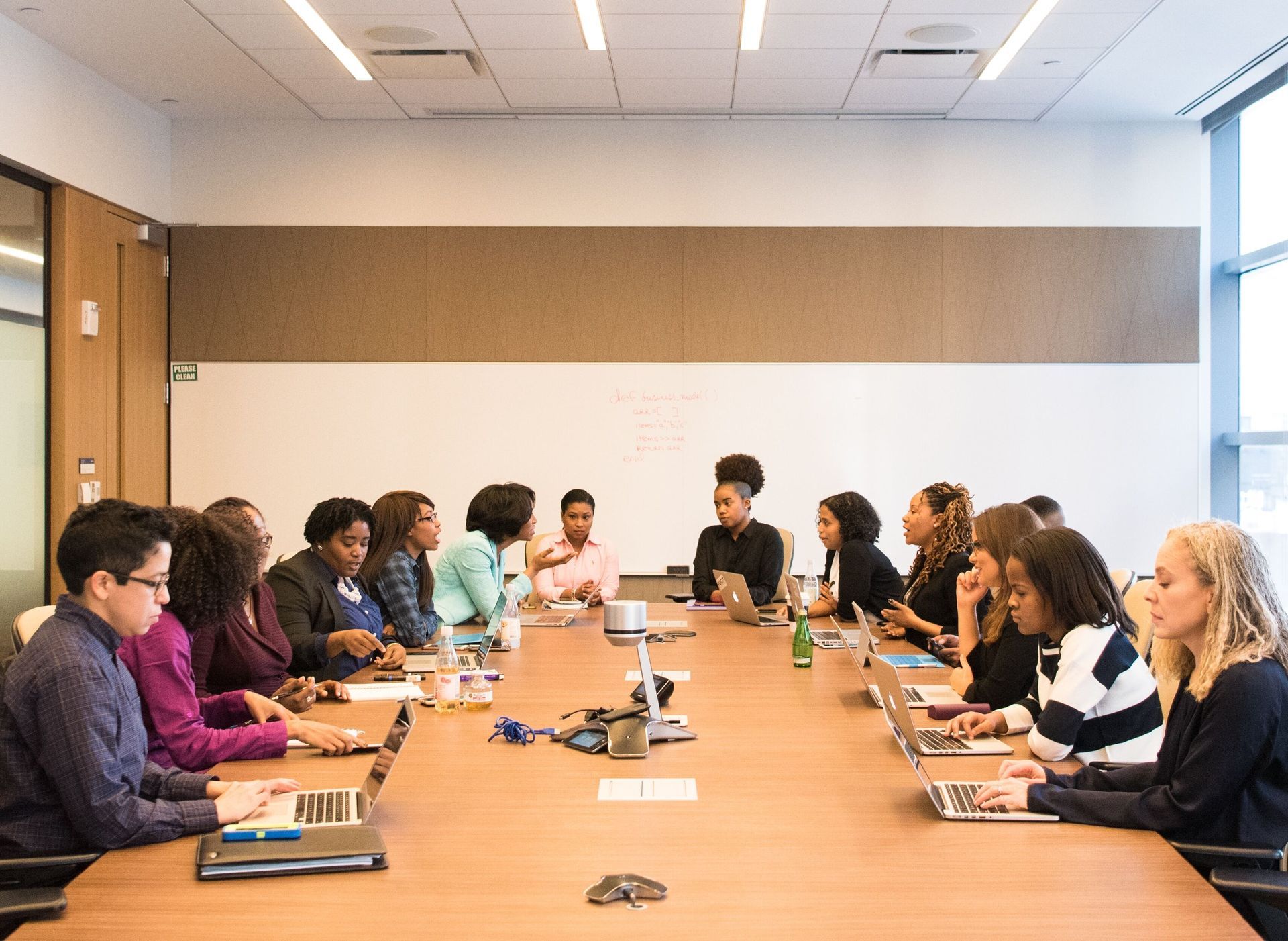
As an independent musician, you are aware of how crucial it is to expose your music to the right listeners. That's where the expertise of a music digital PR agency comes into play. Your career can change dramatically by choosing the right agency, but how does one go about doing so when there are so many options available?
Clarify your objectives before dovetailing into the sea of PR firms. Do you want to gain more online visibility, get media attention, or amass a devoted following? Finding an agency that shares your vision and can produce the outcomes you want will be easier if you are clear on what you want to accomplish.
Not every agency is the same. While others are experts in particular areas or markets, some have a strong focus on a particular genre or niche. Look for a company that specializes in promoting musicians like you, keeping in mind your musical preferences and your intended audience. Their expertise and contacts in your particular genre can go a long way towards helping your work find the right audiences.
Don't settle for the first agency that pops up in your search results. A PR agency becomes an extension of your team, so it's crucial to partner with someone who can establish effective communication channels. Be on the lookout for a company that values open and transparent communication. They ought to be receptive to your questions, pay attention to your needs, and offer frequent updates on their campaigns. You want a partner, after all, who not only appreciates your music but also understands you.
Creativity and innovation are crucial in the constantly changing digital world. In order to promote your music, look for a company that thinks creatively and innovatively. Using a creative strategy will enable you to stand out from the competition and draw in both fans and influential people in your industry.
Let's face it: as an independent musician, budget matters. Establish a reasonable budget for your PR efforts, and look for a company that can provide services within that budget. Never forget that finding the best value for your money is more important than simply locating the least expensive option. Look for a company that can meet your requirements for quality results while staying within your budget.
Remember, choosing a music digital PR agency is like selecting a trusted partner to help you navigate the complex world of music promotion. So, take your time, do your homework, and trust your gut. Making the right choice does not ensure overnight success and fame. But it sure beats trying to send carrier pigeons to every music publication in town.
Charting Course to Editorial Triumph
June 2023
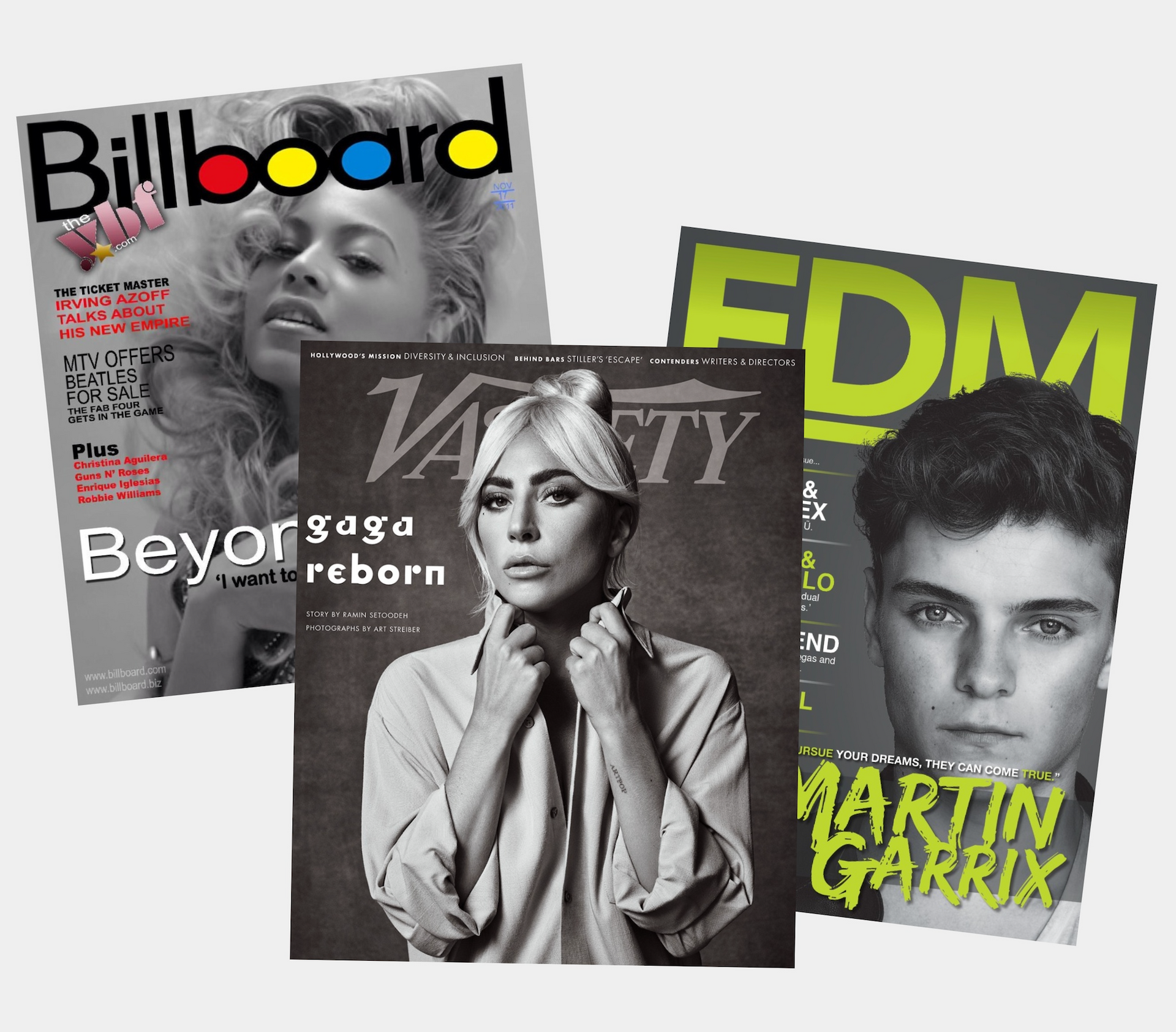
If you're looking for strong approaches that will make editors sit up and take notice, then you've come to the right place. Let's explore creative ways that will help you secure those coveted features:
Craft a story that slaps. When it comes to major publications, a run-of-the-mill tale just won't cut it. You need a story that slaps harder than a bassline at midnight. Dive deep into your musical journey, unearthing tales of epic struggles, unexpected triumphs, and everything in between. Weave those juicy details into a spellbinding narrative that editors can't resist. Remember, it's not just about your tunes, but the rollercoaster ride that got you here.
Let your personal brand fly. Major publications not only want great music, but they also crave intriguing personalities. Unleash the star in you and build a brand that screams, "I'm unique, I'm quirky, and I'm ready to take over the world!" Craft an artist persona that resonates with the publication's audience and editorial tone. Be authentically you, because nobody rocks it better.
Network like a big leaguer. We can't stress this enough: rub elbows like you're shaking hands with destiny. Attend music industry events, jump into social media conversations, and build genuine connections. Remember, it's not just about begging for features; it's about forging connections that ignite the flames of future greatness.
Aim for visuals that make eyeballs scream for more. In this visual-driven world, you need visuals that make jaws drop like a beat that hits just right. Serve up mouthwatering photography, mind-bending videos, and artwork that punches through the noise. Give them visuals that grab attention and say, "Hey, look at me!" Remember, a picture is worth a thousand words, so make sure yours speaks volumes.
Be a thought leader. Position yourself as a groundbreaker in your niche by offering expert insights and valuable commentary on industry trends or current events. Pitch opinion pieces, guest articles, or interview opportunities where you can share your unique perspective. Show the world that you're not just a musician; you're a force to be reckoned with. By establishing yourself as a go-to authority, you not only gain exposure but also build credibility that attracts the attention of major publications.
Think beyond the music page. Don't limit yourself to music-focused publications. Explore alternative avenues that align with your story and target audience. Think lifestyle magazines, fashion blogs, or cultural platforms that groove with your style. Find unexpected opportunities to showcase your music and story in places that make heads turn and hearts skip a beat.
While we can't just snap our fingers and transport you to the front page, we'll arm you with a dossier of eye-opening strategies and backstage access to amplify your chances of infiltrating the editorial world. So buckle up, keep that optimism soaring, and let's embark on an exhilarating mission through the captivating realms of media recognition, Flair & Fame style!
Unleashing the Touring Maverick
June 2023
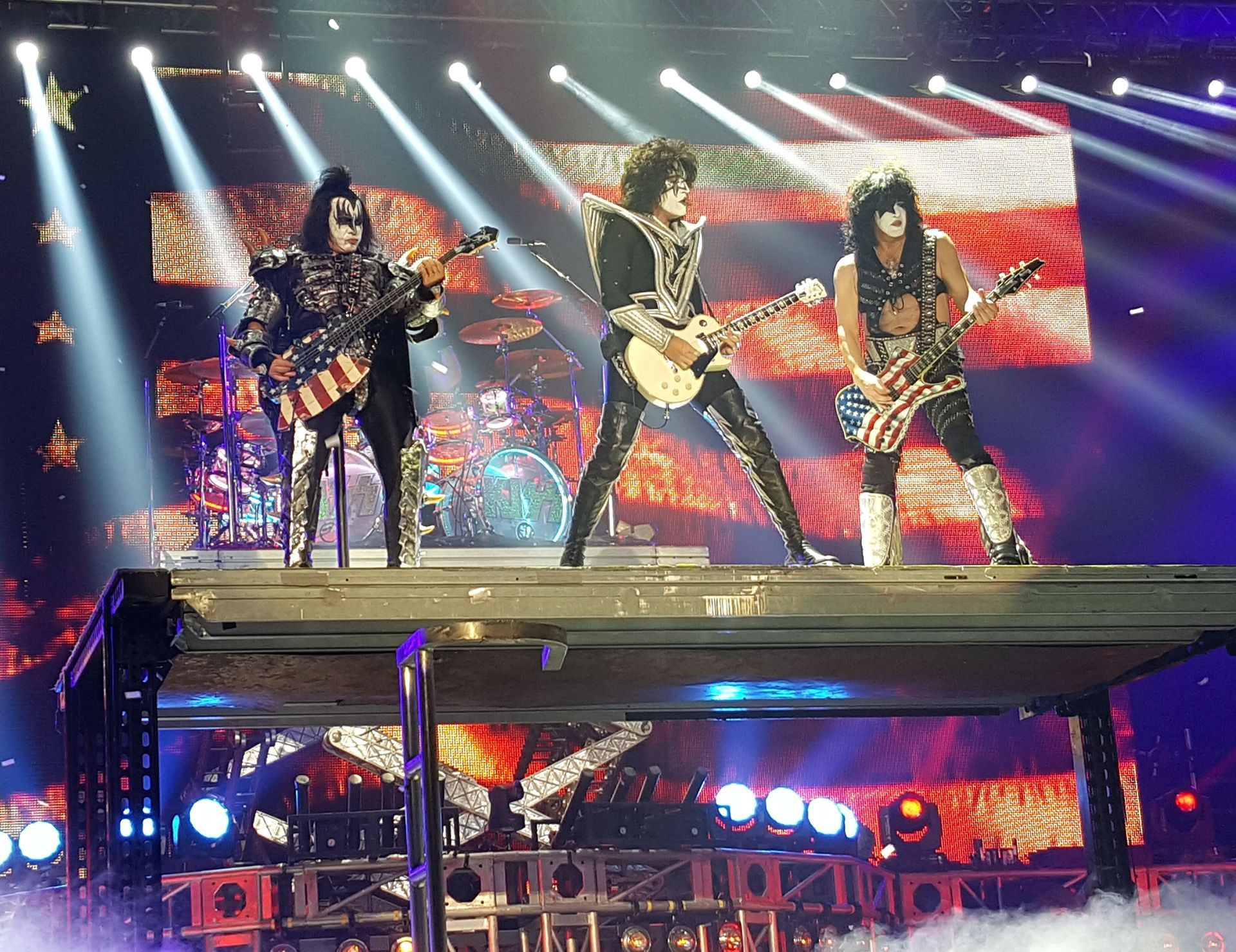
Are you ready to embark on a wild adventure, spreading your music far and wide? Planning and promoting your own music tour doesn't have to be a snooze-fest of cliché tips. Let's shake things up with strategies that will inject excitement into your tour planning process.
Fan-Based Tour Planning: Why follow the beaten path when you can let your passionate fans guide the way? Engage by involving them in the tour planning process. Let them vote on which cities you'll conquer or suggest offbeat venues that will make your tour truly unique. Not only will this create buzz and anticipation, but it'll also show your fans that their opinions truly matter.
Rock the Boat with Guerrilla Promotions: Organize flash mob performances in popular public spaces, surprise mini-concerts in unconventional venues, or create attention-grabbing street art related to your tour. The key is to create buzz and leave a lasting impression on potential fans.
Team Up for a Tour to Remember: Make your tour a collaborative extravaganza by teaming up with local artists, bands, and influencers in each city. By cross-promoting each other's work, you can tap into new fan bases and create a sense of community.
Elevate the Concert Experience: Leave your audience in awe by offering unique and immersive experiences. From themed concerts to secret pop-up shows in unexpected locations, think outside the box to surprise and delight your audience. Consider incorporating interactive elements like live art installations, jaw-dropping special effects, or virtual reality experiences to create a truly memorable and one-of-a-kind performance.
Embrace Unexpected Tour Partnerships: Think beyond the traditional music venues and explore unusual partnerships. Collaborate with local businesses, such as breweries, coffee shops, or boutique stores, to host intimate and exclusive performances. This not only provides a unique concert experience but also opens doors to new audiences who may not typically attend standard music venues.
Engage with Your Tour Supporters: Build anticipation and deepen your connection with fans by providing exclusive behind-the-scenes content and tour updates. Consider creating a tour diary video series, hosting live meet-and-greet sessions, or even sending personalized postcards to your most dedicated fans. Make them feel like they're an integral part of your tour and they'll become your steadfast ambassadors, spreading the word faster than a rumor in a high school hallway.
Planning and promoting your own music tour should be an adventure filled with laughter, excitement, and unexpected surprises. By embracing rare approach and injecting some humor and creativity into the process, you can make your tour a thrilling adventure for both you and your fans. So, grab your map and pack your instruments with a smile on your face and a song in your heart. Flair & Fame will be your road trip buddies, minus the questionable car karaoke skills.
Going Beyond T-Shirts and CDs
June 2023
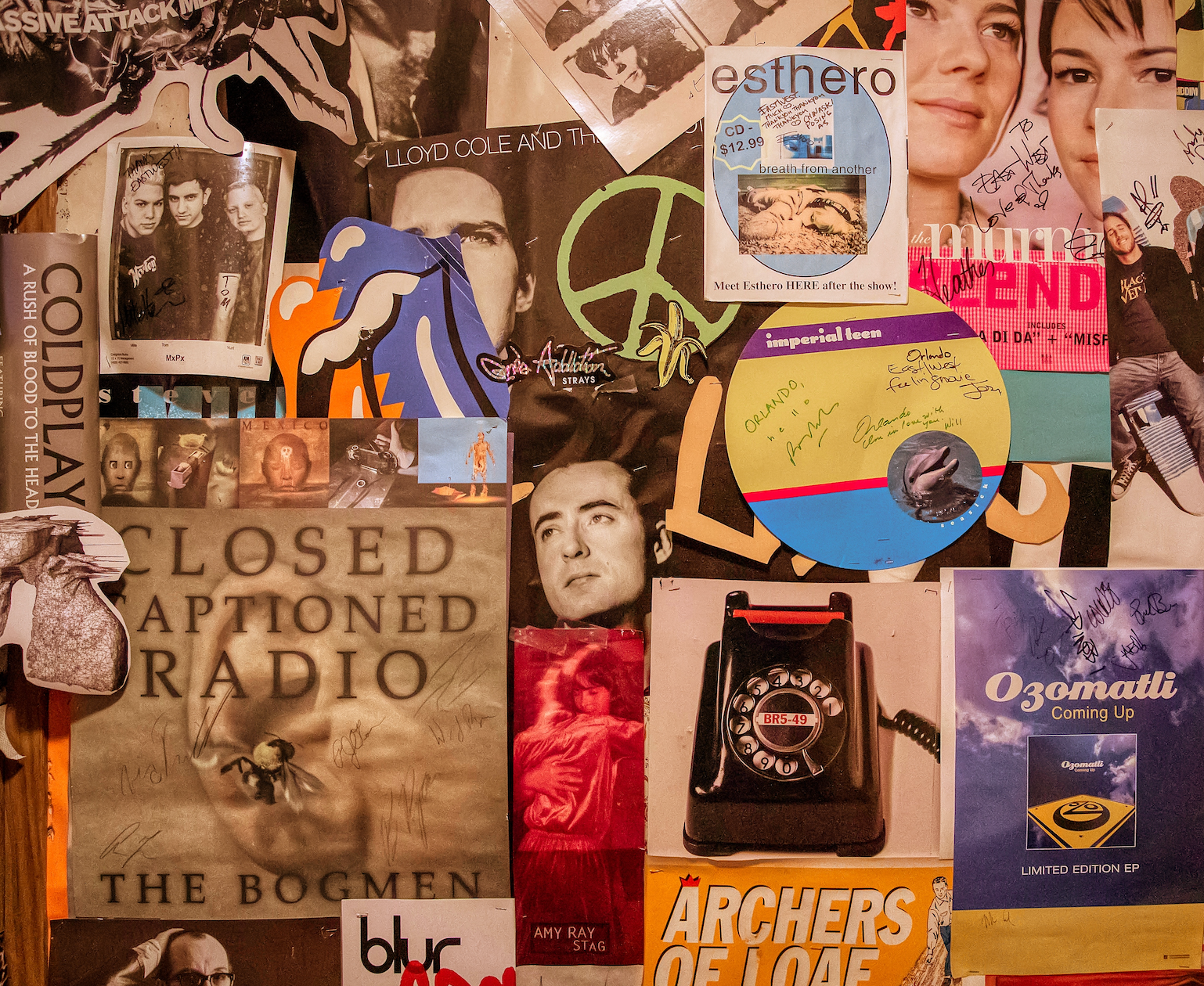
Step aside! It's time to plunge deeply into a universe where creation rules supreme and imagination knows no limitations. Let's discuss incredible item concepts that will have your followers gasping and exclaiming, "I must have it!"
Whimsical Home Accents: Bid adieu to the band posters of the past and hello to a world where your fans may turn their houses into shrines honoring your musical genius. Think eye-catching wall art, funky throw pillows, or even custom-made lampshades that infuse every room with the essence of your unique vibe.
Delectable Delights: Who says merchandise can't be delicious? Think outside the box and offer edible treats that will satisfy both the eyes and the taste buds. Create personalized chocolate bars, artist-themed cookies, or even branded hot sauce with a kick that matches your music. Give your fans a tasty experience they won't soon forget.
Playful Pet Paraphernalia: Unleash the animal lover in your fans by providing pet-centric merchandise that makes tails wag and purrs resonate. Design stylish bandanas that transform pets into fashionable rockstars, playful toys with your logo, or even custom pet collars that proudly display your brand. After all, who can resist adorable creatures promoting your musical prowess?
Interactive Games and Puzzles: Create custom-made jigsaw puzzles featuring album artwork or design trivia cards with fun facts about your music career. Let your fans have a blast while unraveling the mysteries of your musical universe.
Wearable Art: Elevate your merchandise to a whole new level by collaborating with talented artists to create wearable art pieces. Commission unique designs that blend fashion and music, such as hand-painted jackets, custom-designed sneakers, or even artist-inspired jewelry. Give your fans a chance to wear their love for your music with pride.
Remember, the key to extraordinary merchandise lies in surprising and delighting your fans with something they've never seen before. So go forth, leave an indelible mark on the merch world, and let your creativity run wild. It's time to captivate your fans with merchandise that ignites their souls and leaves an everlasting impression.
Unconventional Markers of Musical Success
May 2023
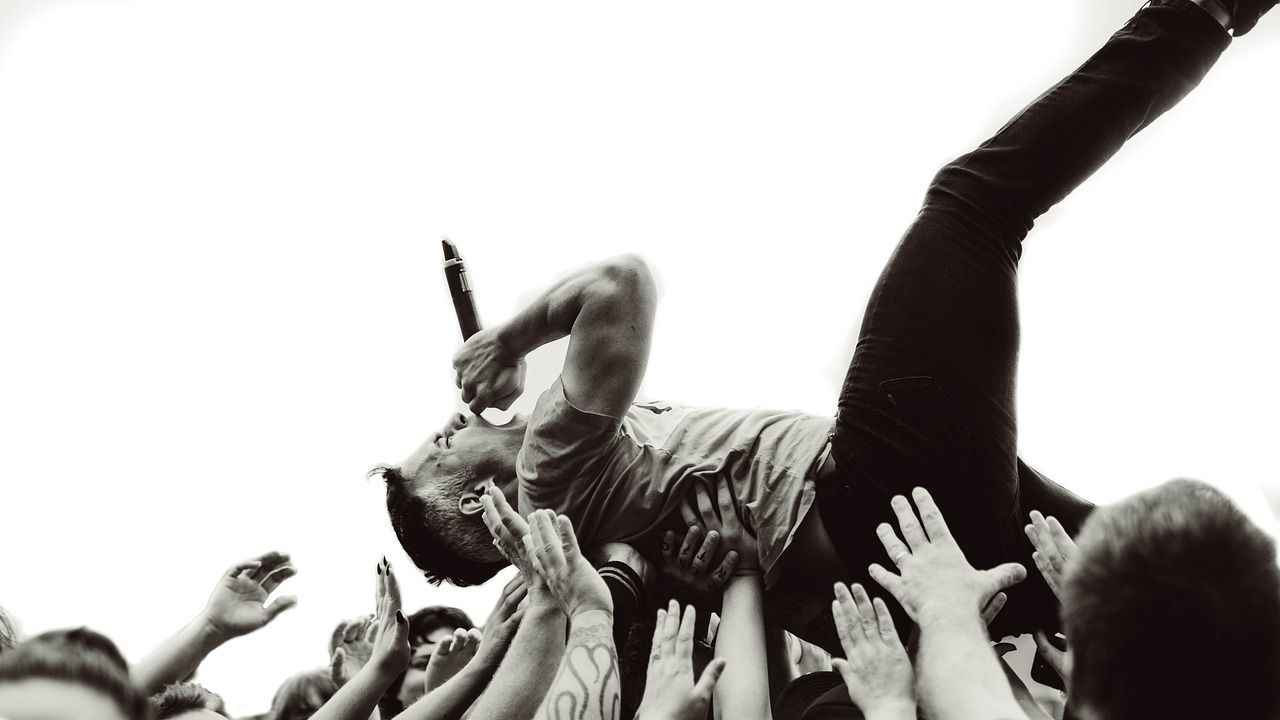
Success in the erratic world of the music business frequently revolves around charts, sales, and streaming figures. But hey, let's escape the ordinary! Let's take a wild detour and look at some different metrics for success in the music industry.
Getting Close to Your Audience
Yeah, reaching the top of the charts is nice, but have you ever experienced the joy of receiving fan mail? It all comes down to the close relationship you have with your audience. Count the goosebumps-inducing moments at your performances, the virtual rose petals on your social media updates, and the touching tales of how your music has evolved into the best form of treatment for your followers. These mystical links act as musical magnets and are evidence of your outstanding success.
Creating a Solid Community
Becoming successful requires more than just wailing at the moon alone. It's about creating a thriving music community. Take a time to appreciate the expansion of your fan base, the passionate discussions taking place on your social media channels, and the amazing musical collaborations. Establishing a strong community entails assembling a band of devoted rhythm warriors that will stand by you through good times and bad.
Developing Your Talent
Your artistry takes center stage in the symphony of achievement. It's not only about hitting those incredible high notes or playing rock god-like guitar solos (although those are undeniably awesome). It's important to accept your musical development. Are you courageously exploring new musical genres, fearlessly experimenting with novel sounds, or boldly exploring unexplored musical lands? Your courage to explore unexplored aural territories and unleash your creative beast is a resounding success that deserves applause.
Industry Acceptance
Although fame and money aren't the ultimate gold records, they certainly give your musical journey a little more gloss and glamour. Winning prizes, gaining praise from reputable music reviewers, and being highlighted in well-known magazines are comparable to winning glittering badges of honor. So while you celebrate the times when the music industry recognizes your great skill, let the metaphorical confetti shower down.
Influence and Effect
Even while it's great, gaining a billion followers on social media isn't the only measure of success. It all comes down to how you leave a lasting impression on other musicians and aspiring artists. Are you the inspiration that ignites their musical spirits? Do you get communications from other musicians asking for your wise counsel or praising you without reservation? In the world of music, inspiring and illuminating people is like having an all-access VIP card to success.
While charts and sales figures have their place, let's break free from the chains of conventional success. If you're seeking a touch of flair and fame to amplify your musical journey, look no further than Flair & Fame, where we sprinkle stardust and turn dreams into reality!
Why You Should Care about PR
May 2023
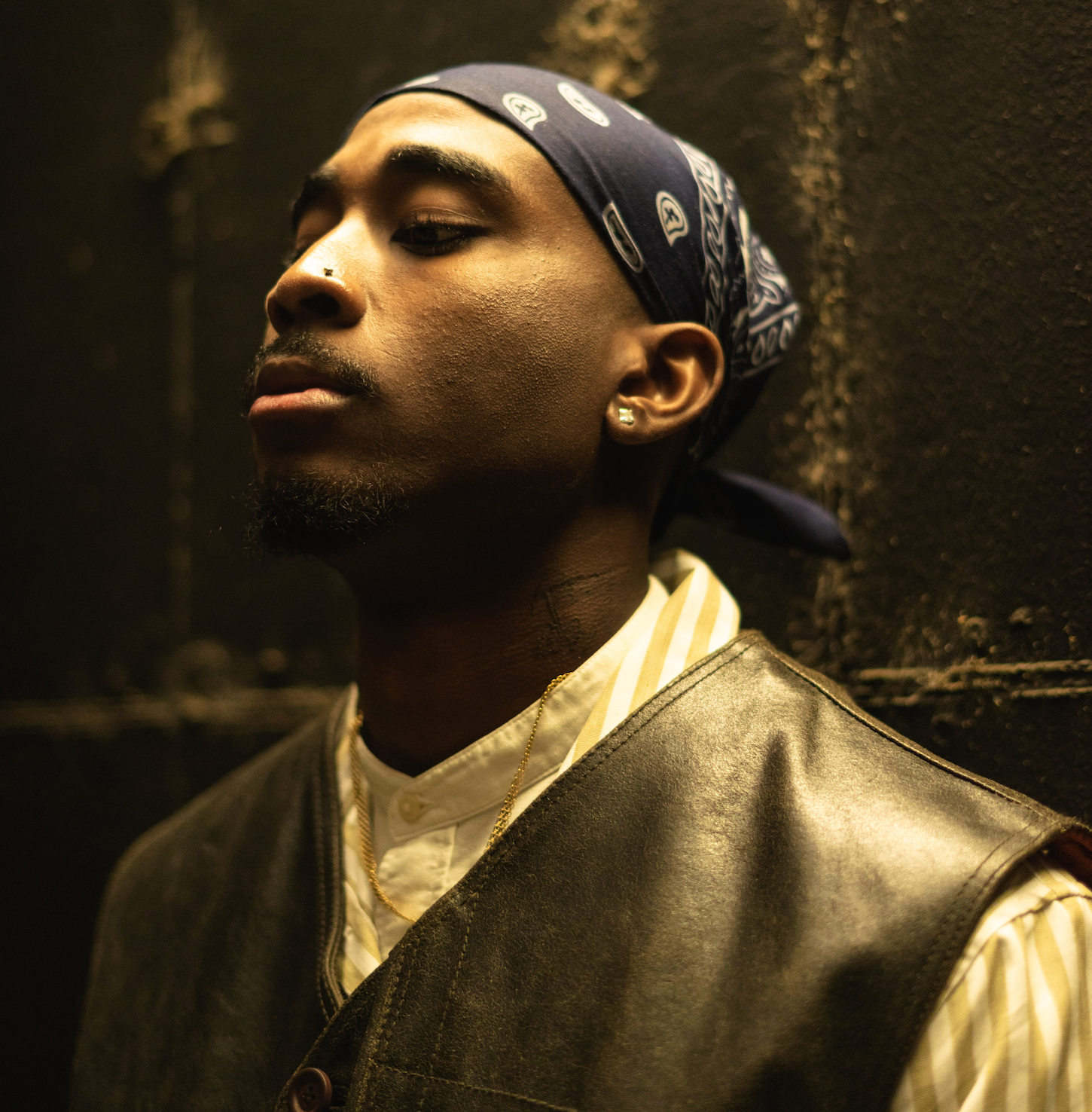
Have you ever pondered how well-known performers keep up with the rapidly changing music business? Besides having a great hairdo, talent, good music, and good management, there's one element that can make all the difference - THEY HAVE PR PEOPLE AROUND THEM. Yes, that's right! It's like having a hype man who shouts praises to the world, except this one won't steal your spotlight.
Public relations (PR) can give your music career a significant boost when done right. It's like a secret weapon that can help you establish credibility, improve the perception of your brand, and get your story out there on a larger scale. And the best part? It can help you stay one step ahead of the competition without needing to resort to sneaky tactics.
Publicity: PR can help you get media coverage on a much larger scale that your target audience trusts. Think of it like a giant billboard that screams, "Hey world, check out my music!" That's what PR can do for you. And let's be honest, your friends and their followers can only do so much. You need some real media coverage to make a splash in the music industry.
Branding: PR helps improve the perception of your brand. It makes your story sound great and positions you as an authority in your niche. This can help make your music career more sustainable in the long run. Plus, who doesn't love a good brand makeover? No more blending in with the other indie musicians with beards and flannel shirts. You can be the quirky yet lovable artist that everyone wants to listen to.
Traffic: PR acts as an ad for your brand, helping you drive traffic to your website, social media pages, and other digital platforms. This can increase your online presence, help you generate leads, and hopefully lead to more music sales. It's like having a traffic cop direct fans to your online store—ka-ching!
Whether you're looking to get featured on music, lifestyle, and entertainment publications like Daily Scanner, LA Entertainment Weekly, EDM Sauce, Broadway World, and many more, we can help you achieve your goals.
At Flair & Fame, we know how to make PR work for independent artists. We have contacts at all the major publications and even some of the smaller ones (because we're inclusive like that). Plus, we know how to pitch your story in a way that makes journalists go, "Wow, I need to write about this!" (Disclaimer: actual results may vary, but we promise to give it our all.)
So, are you ready to take your music career to the next level? Let us help you get the media coverage you deserve. Just remember, no bribes are necessary (we do accept cookies, though).
Dodging The Most Common Blunders
May 2023

As an indie musician, you're no stranger to the daily grind of chasing your dreams. But even though the journey can be tough, there are some mistakes that are so common among independent musicians that they're practically cliches. Here are some of the biggest blunders that 95% of indie musicians make again and again (and how to avoid them).
Ignoring the business side of things: Let's face it, most musicians would rather be shredding on their guitar than crunching numbers. But if you want to make it as an indie musician, you've got to get down and dirty with the business side of things. This means setting goals, creating a budget, and keeping track of your finances. Sorry, rock stars, you can't just shred your way to success.
Getting lost in social media land: Yes, social media is a powerful tool for promoting your music and building your fan base. But if you're spending all day scrolling through Twitter, you're missing out on other important parts of your career (like, uh, making music). Remember that social media is just one aspect of your marketing strategy, and it shouldn't take up all of your time. So put down your phone and pick up your guitar!
Burning out from a packed schedule: As an indie musician, it's tempting to take on every gig that comes your way. But if you're playing shows every night and never taking a break, you're going to crash and burn faster. It's important to find a balance between playing shows and taking care of yourself. So don't be afraid to say no to that fifth gig of the week.
Forgetting the power of networking: No one makes it in the music industry alone, and that's especially true for indie musicians. Whether it's connecting with other artists, industry professionals, or fans, networking is key to building your career. So get out there and shake some hands (or, uh, fist bump in a post-COVID world).
Neglecting to invest in your craft: Sure, you can record your album on your phone and rehearse in your bedroom. But investing in your craft shows that you're serious about your music career. Whether it's upgrading your equipment, renting rehearsal space, or taking music lessons, every investment you make in yourself pays off in the long run.
Being overly stiff: It's crucial to have a distinctive tone that makes you stand out from the crowd. However, if your strategy is too rigid, you risk stagnating and sounding like a broken record. So don't be afraid to explore new sounds, work with other artists, and push the limits of your genre. Who knows? You might just create the next big thing.
Not asking for help: As an indie musician, it's easy to fall into the trap of thinking you have to do everything yourself. But that's a one-way ticket to burnout city. Don't be afraid to ask for help, whether it's hiring a manager, booking agent, or publicist. You'll be able to concentrate on what you do best—make music—while delegating the tiresome and monotonous tasks to someone else.
Remember, being a musician is both a creative and a business venture. By avoiding these common mistakes and being open to new opportunities and experiences, you can increase your chances of making it big (or at least, making a comfortable living doing what you love). And if you need an extra hand, just give Team Flair and Fame a call. They'll help you rock the music scene like a pro.
Making a Big Impression on a Small Budget
May 2023
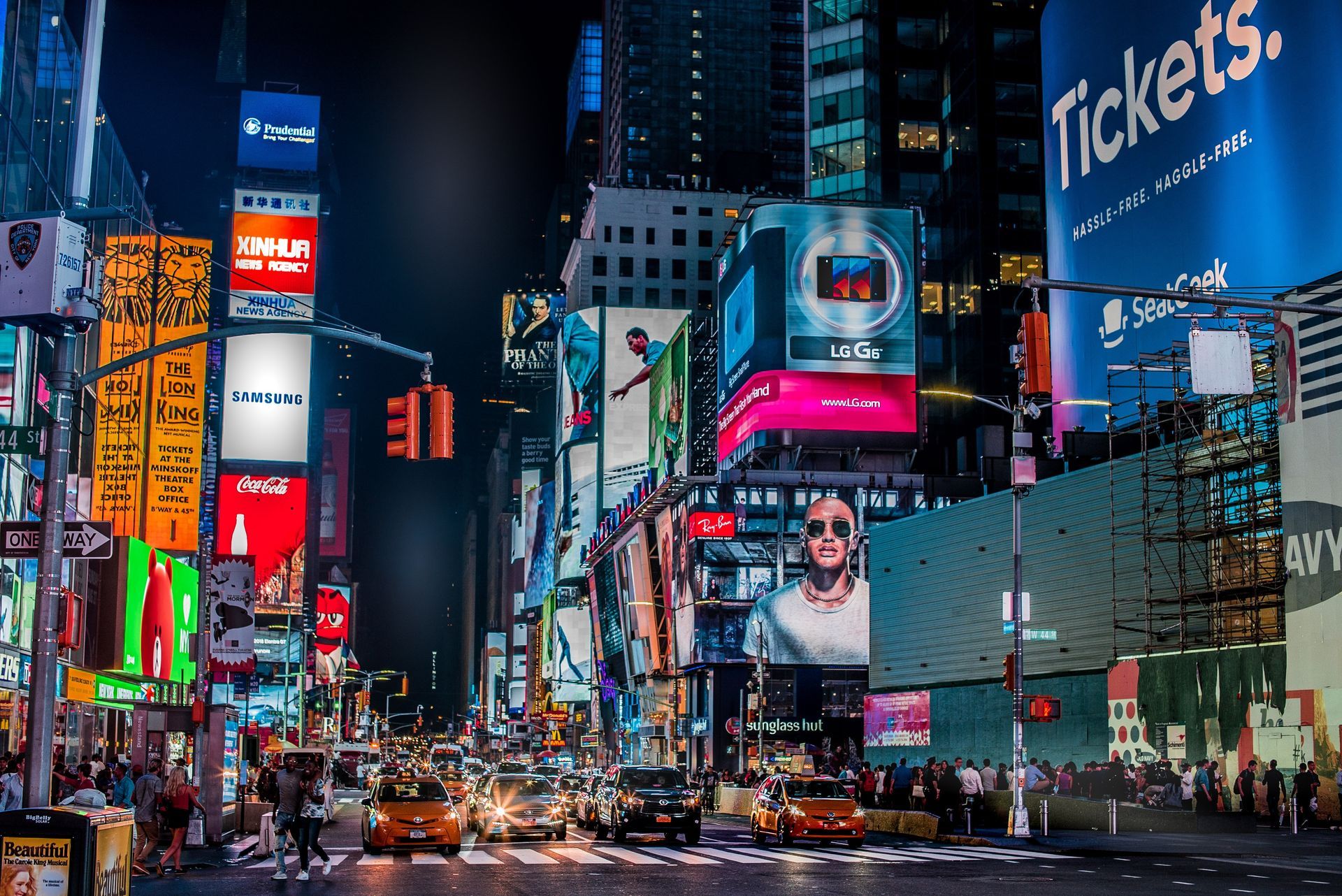
If you're an indie musician on a budget, you might think billboard advertising is only for the Taylor Swifts and Beyonces of the world. But that's not entirely true. There are plenty of ways to create eye-catching ads that won't leave you penniless.
One idea is to team up with other artists in your area. Not only does this reduce costs, but it also creates a unique and attention-grabbing display. Plus, collaborating with other musicians can lead to valuable networking opportunities and new creative inspiration.
Another tip is to infuse some humor into your design. Don't be afraid to get a little pun-ny or use a clever one-liner that ties in with your brand or music. After all, a billboard that makes people laugh is more likely to be remembered than one that puts them to sleep.
If you're feeling adventurous, think outside the box with your design. Why stick to a boring rectangular billboard when you can go for an unconventional shape or add some 3D elements? And if you're feeling daring, don't be afraid to use bold colors; just make sure they don't clash with your wardrobe. You don't want to be mistaken for a traffic cone.
Digital billboards are another great option for tech-savvy musicians. Why not use a QR code that links to your music or social media pages? It's like a high-tech treasure hunt for your fans. And if you really want to go all out, you could even create an augmented reality experience that immerses people in your music.
Collaborating with neighborhood businesses is a savvy strategy to expose your music to fresh ears. It's a win-win situation: you advertise on their café or bar's wall or storefront, and they get increased foot traffic. Plus, who knows? You may even snag some complimentary coffee or other goodies as a thank you for bringing in more customers. And remember, we do not advocate for any kind of dangerous billboard-climbing shenanigans; let's keep it safe and legal, folks.
Lastly, if you've had any notable accomplishments as an artist, don't be shy; flaunt them! Highlight your awards or milestones in your design to establish credibility and increase your perceived value as an artist. Just be careful not to let it go to your head - no one likes a diva.
With these creative and budget-friendly ideas, you can make a splash with your billboard advertising and attract new fans. And if you need help finding affordable billboards in Times Square, West Hollywood, or anywhere else, just give Flair & Fame a shout. We'll make sure your music is seen by all the right people—or at least all the people stuck in traffic.
Landing Your Big Break
April 2023

Getting noticed by a music label can feel like looking for a needle in a haystack. With so many talented musicians competing for attention, standing out requires more than just raw talent. So, what can you do to get the attention of music labels and increase your chances of signing?
First and foremost, it's essential to target the right labels. Do your research and find labels that specialize in your genre and have signed artists with similar sounds and values. This will increase the likelihood of finding a label that truly understands and appreciates your unique style.
Another great way to grab the attention of music labels is by creating a one-of-a-kind live performance. Labels aren't just looking for artists with great music but also for performers who can put on a captivating and memorable show. Consider adding unique elements to your live performances, such as flashy stage props, mesmerizing lighting effects, or even interactive audience participation. You'll be sure to leave a lasting impression on music industry professionals and fans alike.
You know what they say: teamwork makes the dream work. And in the music industry, that's more true than ever. So why not team up with some like-minded brands or companies to increase your chances of getting noticed by a music label? It's a win-win situation: you get exposure, and they get to ride your coattails to prominence. For example, if you're in a metal band, don't team up with a company that sells fluffy pink unicorn plushies. Instead, look for brands that align with your image and message, like a tattoo parlor or a leather jacket company. This can help you tap into a wider audience while staying true to your style and values.
And last but not least, building relationships with A&R representatives can be a game-changer. These gatekeepers are often the key to getting your foot in the door with a label. Attend industry events, meet-and-greets, and other opportunities where A&R reps may be present. Make a genuine connection with them, follow up with a thank-you email, and keep in touch periodically to stay top of mind.
At the end of the day, attracting a music label is a journey that takes time, patience, and dedication. It's important to have a solid foundation in place and the right strategy, but a little bit of luck can also go a long way. And if you're feeling stuck in the process, don't hesitate to reach out to Flair & Fame. Our team can provide the guidance and support you need to take your career to the next level. With our help, you just might find yourself living out your musical dreams.
Making Music Booking Pitch Count
April 2023
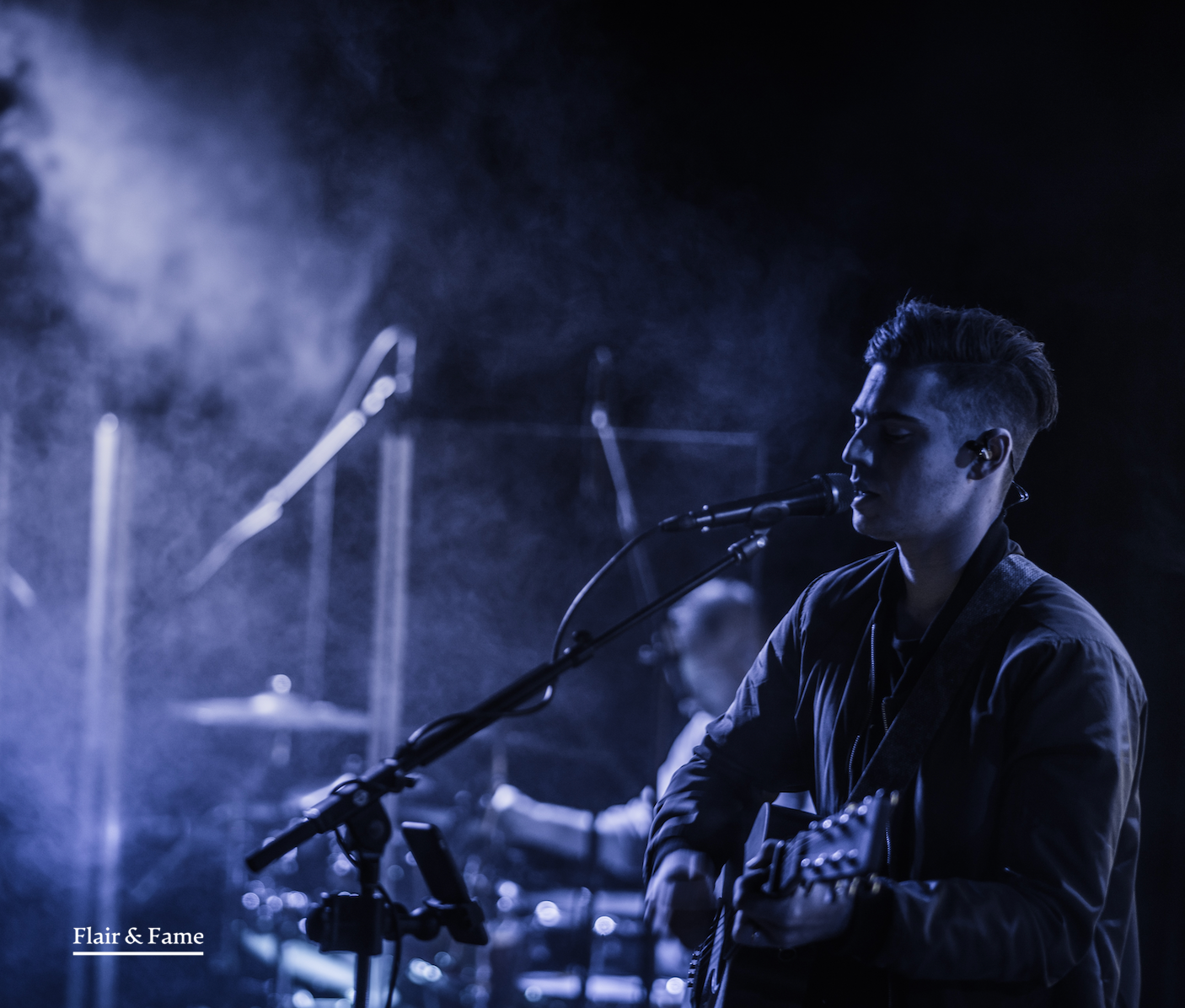
You have the moves, the mojo, and the music, but the perfect pitch that will set you apart from the competitors is still missing. Here are some essential components that make a booking pitch successful.
Introduce yourself (and your band) briefly to begin. Just enough to give the receiver a sense of who you are and what you stand for; don't make it overly long.
Sample: "Hi there! We're a five-piece band hailing from sunny California, where the waves are big and the music is even bigger. No matter where you are—be it on the beach or in your car—our music will take you to a place where the sun never sets and the good times never stop."
Make sure to personalize your pitch. Address the recipient by name and include some information about the venue or event you're pitching at. This shows that you've done your research and that you're genuinely interested in working with them.
Sample: "Hi John, I noticed that your venue has a great sound system and an awesome stage. We would love to bring our music to your stage and rock the house!"
Include relevant information in your pitch, such as your music genre, your recent gigs, and your social media handles. This will give the recipient a better idea of your style and your reach.
Sample: "We're an indie-folk band with a twist of blues and jazz. We recently played at The Troubadour and The Roxy in LA. Check out our music on Spotify and follow us on Instagram @yourIGhandlehere."
End your pitch with a clear call to action. Let the recipient know what you want from them and how they can get in touch with you.
Sample: "Thanks for taking the time to read our pitch. We would love to discuss booking opportunities with you further. Please let us know if you're interested, and we can set up a meeting. Looking forward to hearing back from you!"
Lastly, it's important to maintain a professional tone throughout your pitch. Avoid using slang or inappropriate language, and make sure to proofread your pitch before sending it out. A well-crafted and professional pitch can go a long way toward securing more gigs.
Remember to keep your pitch short and to the point. A pitch that is too long or overly detailed can be overwhelming and turn off potential bookers. And don't forget to include a link to your Electronic Press Kit (EPK) for easy access to more information about your band.
With these key elements in mind, you'll be one step closer to landing more gigs and expanding your fan base. So let's get those gigs rolling in and show the world what you're made of!
The Truth About Music Sync Licensing
April 2023
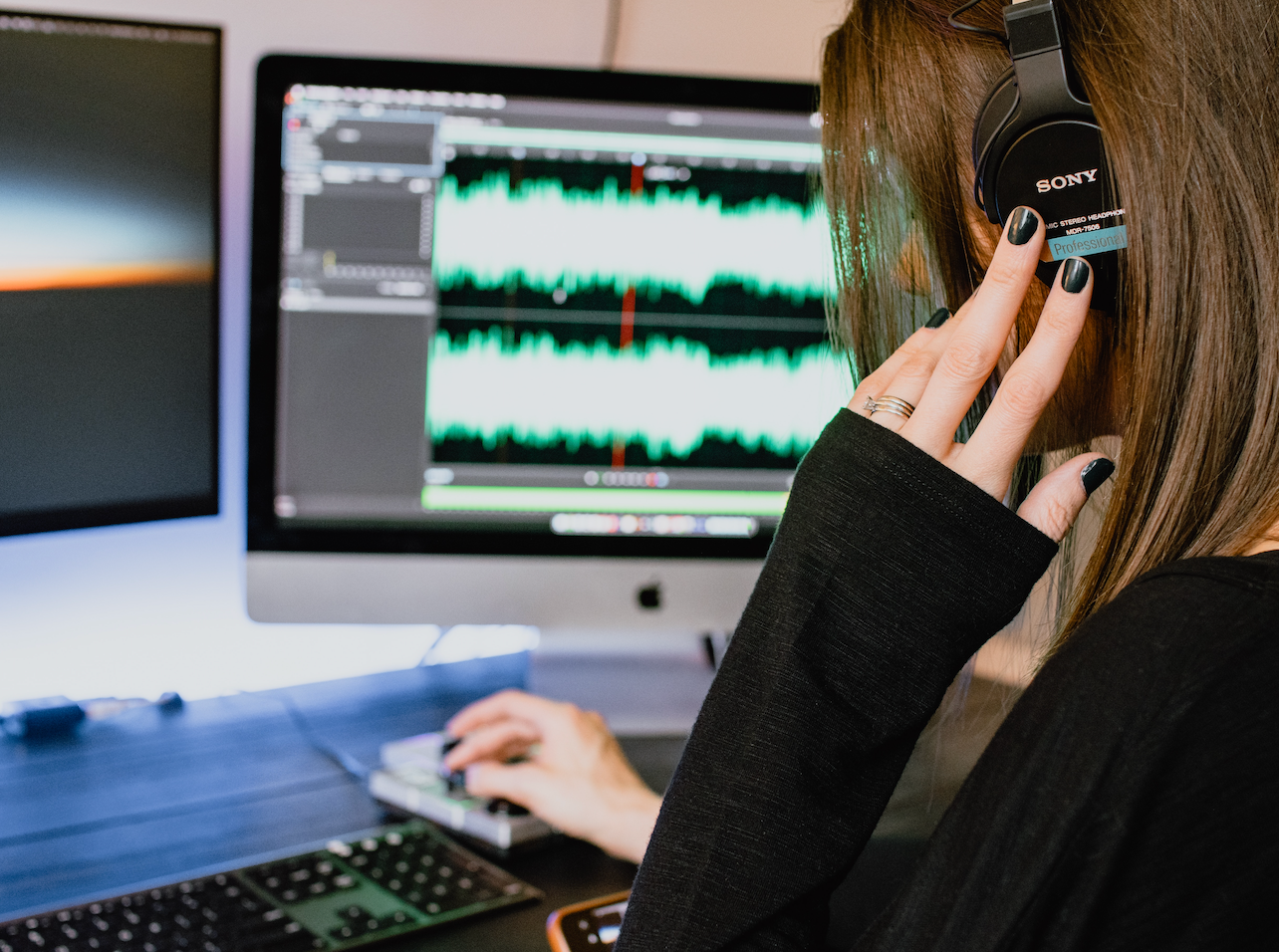
You're an independent artist, and you're excited to get your music out there. You've probably heard that licensing your music for sync purposes is a terrific opportunity to earn some additional money and promote your music to a larger audience. But before you jump in, there are a few things you should know that some artists don't.
First, sync licensing is not a get-rich-quick scheme. While it's true that you can earn money by doing it, it's important to have realistic expectations. You're not going to make a fortune overnight, and you're not going to retire to a tropical island anytime soon. But if you're patient and persistent, it can be a valuable income stream.
Second, it's harder than it seems to pitch your music to music supervisors. Every week, hundreds or perhaps thousands of submissions are flung at them. You must do your homework and confirm that your music fits the projects they are working on if you want to be taken seriously. There is no assurance that your music will be picked, even if it is the ideal fit.
Owning the copyright to your music is crucial. If you're not the sole owner of your music, sync licensing can become a legal nightmare. Make sure you have all the necessary rights and permissions before you start pitching your music.
Fourth, sync licensing is not just about TV and film placements. There are many other opportunities, such as commercials, video games, and even ringtones. Don't limit yourself to just one avenue.
Don't overlook the significance of networking. You can gain access to opportunities by forming connections with music supervisors, music libraries, and other businesspeople in the field. Make connections and learn about the most recent developments in music sync licensing by attending industry events, meetups, and conferences.
Lastly, it's important to remember that it is not a one-man show. Collaborating with industry professionals can help you navigate the complex world of the music business. And if you need assistance with understanding the nuances of the process and ensuring you're ready to pitch your music, consider enlisting the advice of a professional PR and marketing agency like Flair & Fame. With their expertise and guidance, you'll be on the right track.
From Bot to Bought: Playlisting the Right Way
April 2023
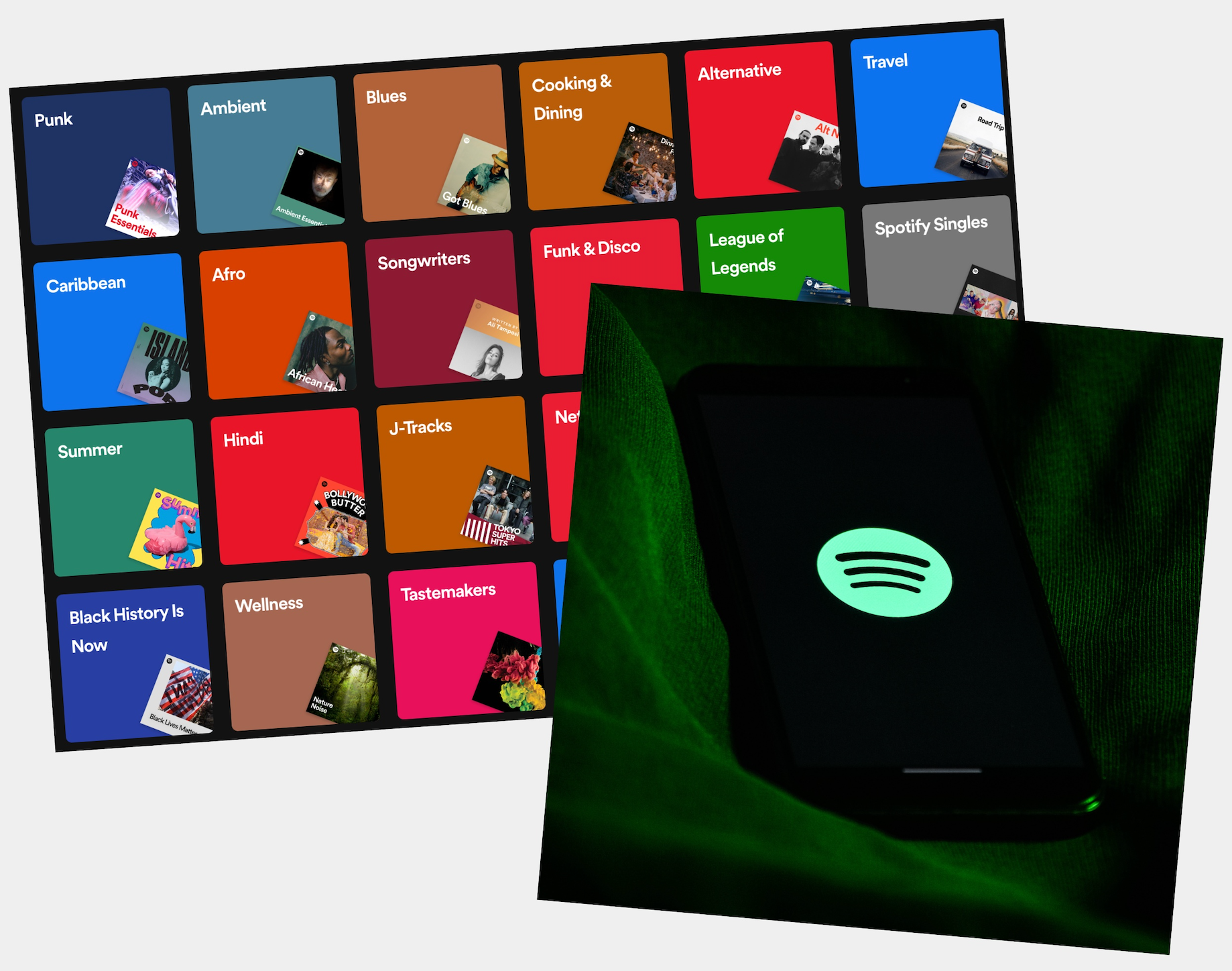
So you want your music to be heard on Spotify? Great! But let's first discuss the value of organic playlisting before you spend money on murky businesses that promise thousands of streams.
Organic streams, in the first place, imply that actual people are listening to your music. You know, actual people with ears and feelings, not robots designed to play your tunes repeatedly. And let's face it, nobody wants to be the musical equivalent of a catfish, pretending to be something they're not just to impress others.
But it's not just about ethics. Organic streams also matter for your career growth. Authentic listens from engaged listeners can help increase your chances of being featured on official Spotify playlists, leading to even more exposure and streams.
Plus, fake streams can actually hurt your chances of success. Spotify has algorithms that detect fraudulent streams, and buying fake listens can result in penalties or even getting your music removed from the platform. So instead of risking it all for a quick boost, focus on building a genuine fan base that will support you in the long run.
So how do you get organic streams? It all starts with building a strong online presence and promoting your music to your target audience. Engage with your fans on social media, collaborate with other artists, and invest in targeted ads to reach new listeners.
But the most effective way to get onto Spotify playlists is to get added to independent playlists with real followers. Find curators that specialize in your genre and reach out to them with personalized messages showcasing your best work. Don't be afraid to offer exclusive content or discounts to incentivize them to add your tracks to their playlists.
In short, resist the temptation to buy streams or bot listeners, because in the long run, it won't get you anywhere. Instead, focus on creating amazing music, engaging with your fans, and pitching to independent playlist curators. Think of it this way: you wouldn't want to cheat on a test and get an A, only to realize you learned nothing and end up failing the next one. So put in the work and trust the process.
And if you need a little help with that, Flair & Fame's got your back—they can even help you get on the radar of independent playlist curators.
Social Media: Musicians' Ultimate Wingman
April 2023
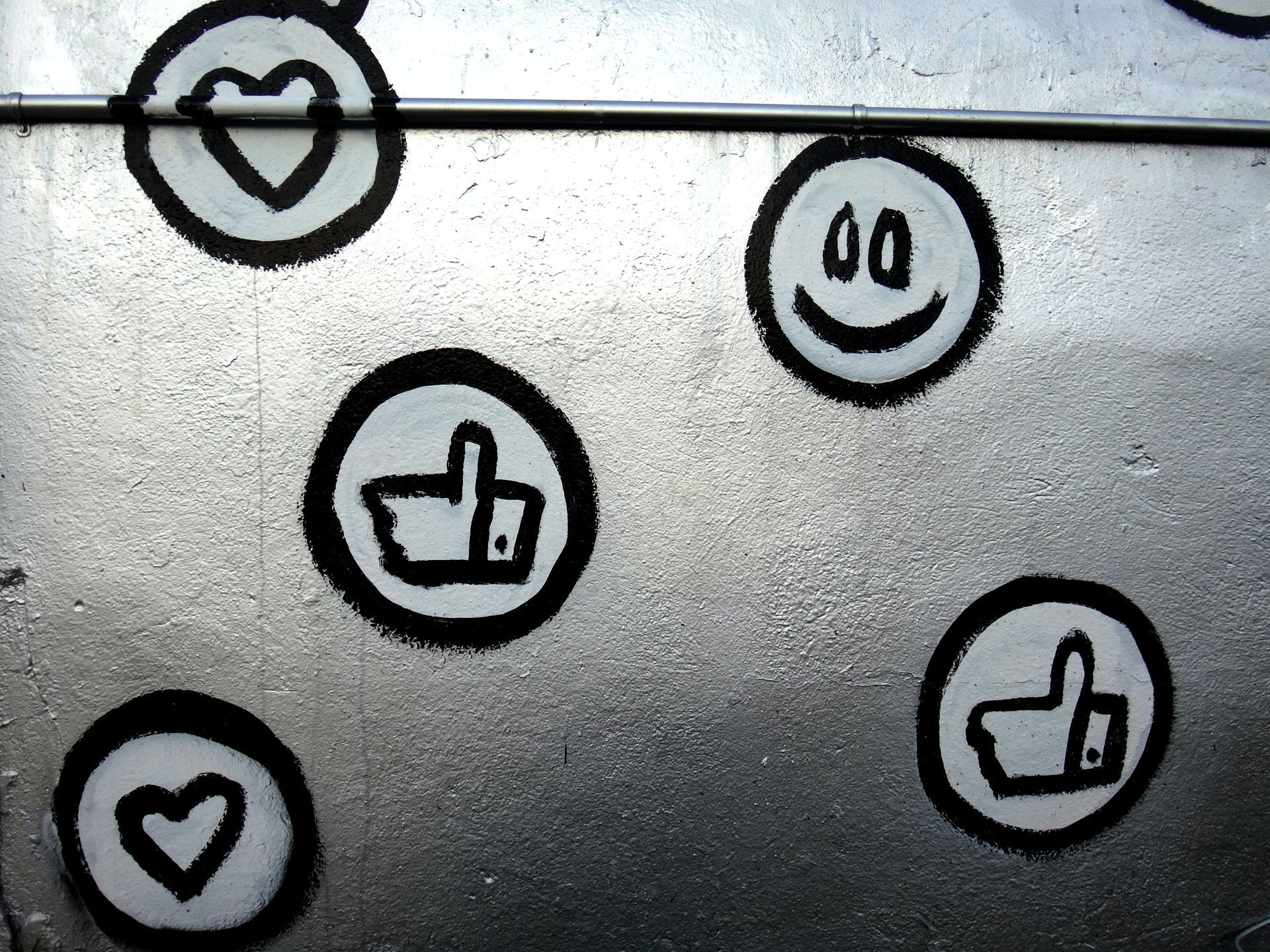
Are you ready to take the stage and unleash your music to the world? Well, strap on your guitar and get ready to rock with your ultimate wingman – social media! Trust us, in today's music industry, social media is not just important, it's essential. Here's why:
First things first, social media lets you connect with your fans in a personal and direct way. Think of it as your own virtual backstage pass that lets you share your crazy antics, personal moments, and everything in between. So go ahead and show off your guitar skills, your weird hobbies, or your love for cats – your fans will love you for it!
And let's not forget the benefits of cost-effective promotion. Unlike traditional marketing channels that can cost a fortune, social media lets you reach a global audience with minimal expense. It's like having the ultimate penny-pincher that can take you to the heights of fame and fortune.
Social media also provides you with a treasure trove of valuable data and insights that you can use to refine your marketing strategies. From tracking engagement to demographics, social media metrics can help you understand your audience. So listen to the data, adjust your approach, and get ready to take over the music world.
Collaboration is the key to success in the music industry, and social media is the perfect platform to connect and collaborate with other musicians. Imagine the possibilities – you could create the next big supergroup that takes the world by storm or find a partner to make beautiful music with. The sky's the limit!
Crowdfunding has become increasingly popular for funding music projects, and social media is the perfect platform to promote your campaigns and connect with your fans. By offering exclusive content or rewards to your supporters, you can build a strong community and financial support for your music. It's like having your own personal army of fans and supporters, ready to lift you up and help you succeed.
The best tool for viral marketing is, of course, social media. You can generate buzz and momentum for your music using platforms like TikTok by participating in viral challenges and trends. So get ready to dance, sing, or do whatever else it takes to make your music popular. Who knows, maybe you'll be the next big thing!
Getting in the Media Spotlight
March 2023
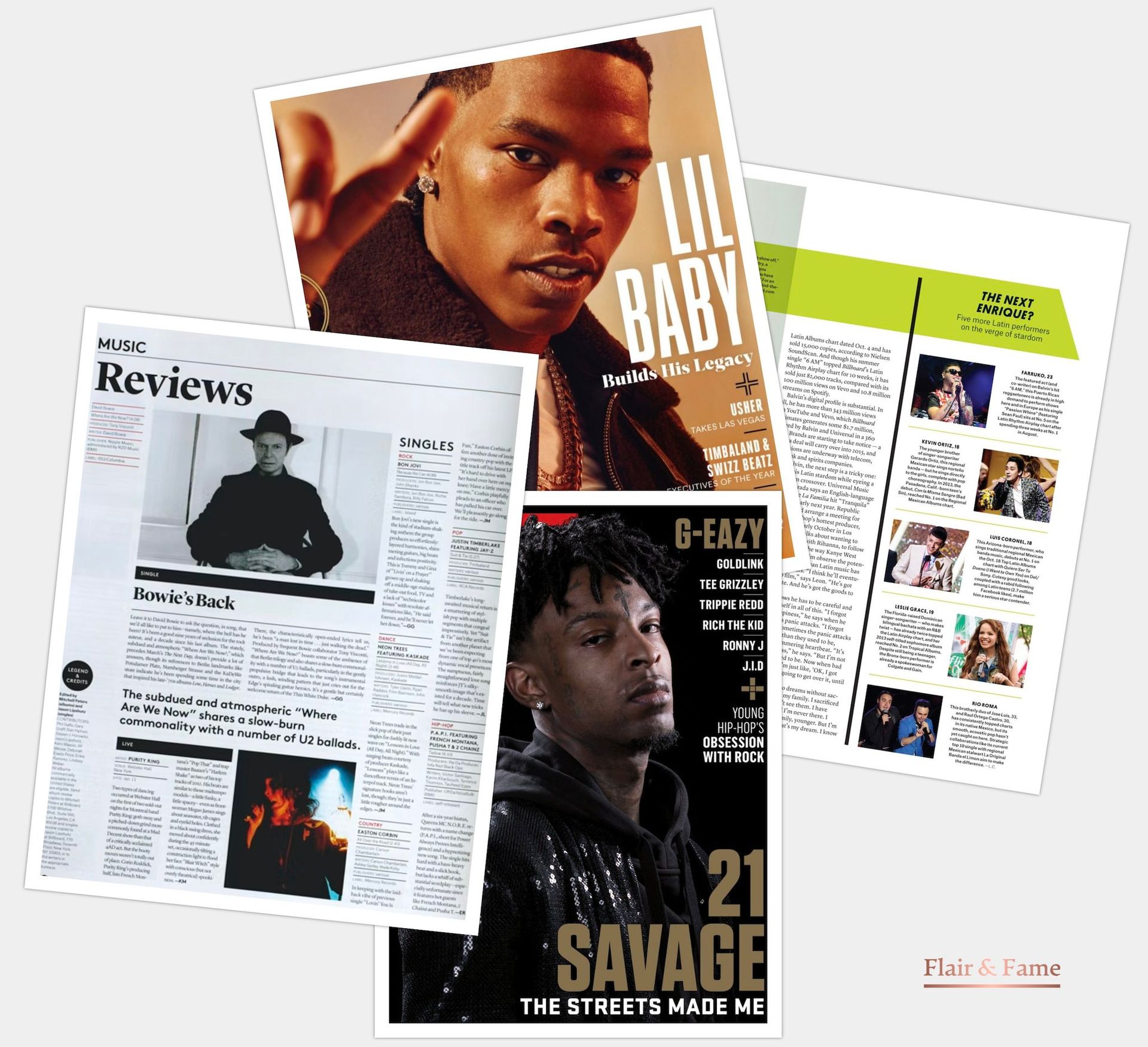
Hey there, indie artists, we feel your pain. It's tough being a musician these days. You pour your heart and soul into a track, only to feel like you're screaming into the void. But don't worry, we're here to help you cut through the noise and get the recognition you deserve!
First things first, let's talk press kits. Your press kit is like a first date—you want to make a good impression. So, make sure it's top-notch with killer photos, a banging bio, and, of course, your best tunes. And don't forget to make it easy to find on your website and social media pages—you don't want your fans playing a game of hide and seek.
Next up, let's talk media outlets. You wouldn't want to sell snow to an Eskimo, so don't waste your time pitching to the wrong people. Do your research and focus on outlets that might actually be interested in your music. It's not rocket science—just use some common sense!
When it comes to pitching, be authentic, be yourself, and make sure you highlight why your music is a perfect fit for the outlet you're pitching to. And hey, a little flattery never hurt anybody, right? Just don't be creepy about it.
Don't forget to follow up. A friendly reminder email could be the nudge they need to give your music a listen. But remember, don't be a pest. If they're not interested, move on to the next one.
Social media is your best friend. Show your fans some love by posting behind-the-scenes photos and videos, and interact with them like you would with your besties. And most importantly, let your personality shine through, because, let's face it, your music is a reflection of who you are.
Last but not least, network, network, network! Get out there and introduce yourself at industry events with your press kit and business cards in hand. You never know who you'll meet, so don't be shy. Who knows? Maybe your next fan is just a handshake away.
And if you're feeling overwhelmed by all of this, don't worry—there are professionals out there who can help. Contact Flair & Fame's music PR team and let them help you shine like the star you are.
Rocking the Streaming World
March 2023
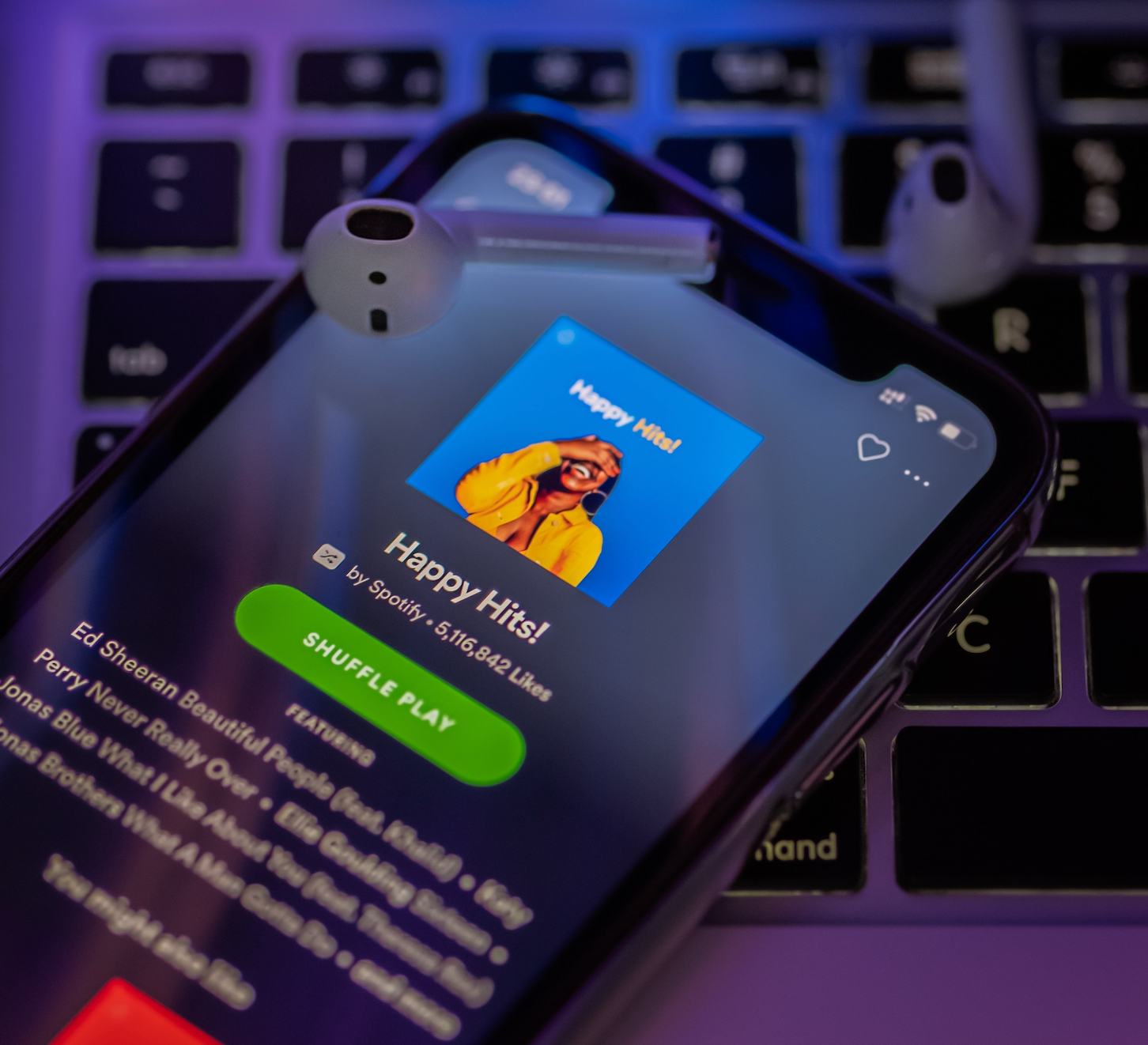
Hi, music makers! Are you wondering how to get some organic plays and followers on streaming platforms? Now, let's get one thing straight: there isn't a magic button to press for overnight success (unless you're a genie), but there are some strategies you may take to boost your visibility on these platforms.
Make some good music first, of course! If your music is subpar, no amount of pitching to playlists, social media spamming, or bribery will be able to save it. So put on your creative cap and get to work creating some memorable, unique, and uplifting songs that will have people coming back for more.
Let's get to the exciting part now: collaboration! Do you recall the proverb "two heads are better than one"? Yes, that is true! Working with other musicians is a terrific approach to increasing your exposure on streaming platforms. Choose someone whose musical taste complements yours rather than contrasts it. Also, having a partner to split the workload (and the pizza) with is always a plus.
Next up: social media. Ah, the beautiful world of likes, comments, and the occasional troll. But hey, don't let that get you down! Social networking is an effective tool for growing your fanbase and promoting your music. Aside from showing off your pet, this is a great place to share your music and behind-the-scenes content. Just be careful not to overdo it.
Speaking of engagement, building a rapport with your audience is crucial. They're the ones who will keep coming back for more (unless you're Taylor Swift, in which case you can just blink and you'll get millions of plays). Reply to their feedback, texts, and comments. Perhaps include some Q&A sessions or tell some funny stories to keep the audience interested.
Let's now discuss playlists. Your music has more exposure and is more likely to be discovered when it is included in a playlist. You can hire a third-party playlist marketing firm to get your music playlisted or pitch your music to curators. Just keep in mind to avoid being overly aggressive to avoid being placed on their blacklist (similar to Santa's "naughty list," but with fewer gifts).
Another fantastic strategy to get visibility and organic plays is by publishing your music on blogs and websites. Submit your music for consideration to music blogs, review websites, and other pertinent online publications. So, like with playlisting, exercise caution and steer clear of spamming to avoid being placed in the dreaded email spam bucket.
Getting organic plays and a following on streaming platforms is a journey, not a sprint (unless you're Usain Bolt, then it's both). But with some good tunes, collaborations, social media fun, engagement, playlisting, and submitting your music to blogs and websites, you can increase your visibility and build a loyal fanbase.
If all of this sounds overwhelming, don't worry! You don't have to do those alone. At Flair & Fame, we understand that building a successful music career can be tough, but we're here to help. Our team of experts can provide support to help you get on the right track!
Pitfalls to Watch Out For
March 2023
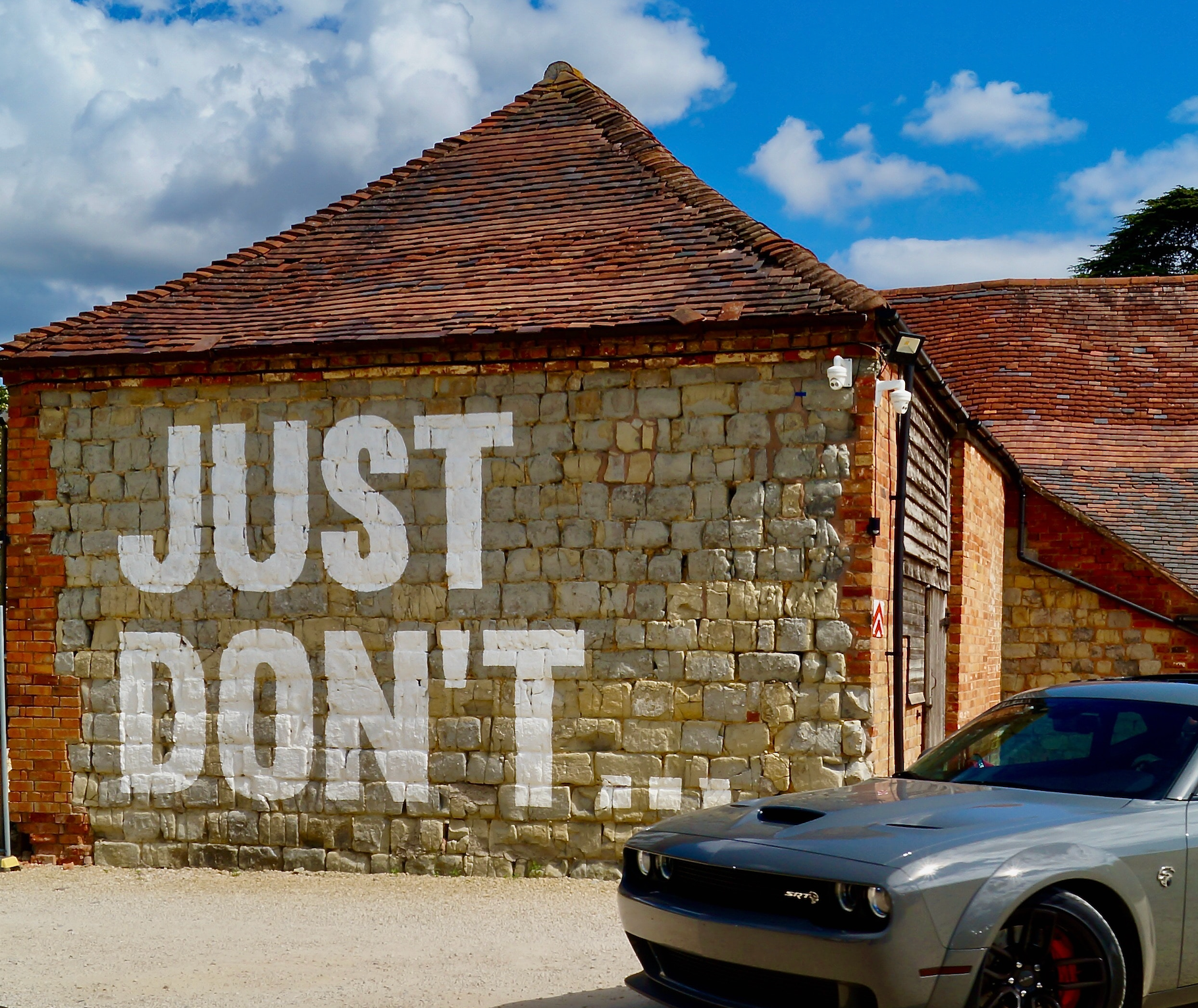
As an aspiring musician, you want to make a name for yourself in the music industry. However, it's easy to fall into common mistakes when trying to position your music and brand. Here are some "don'ts" to avoid when building your career:
Don't be a copycat. It's tempting to imitate your musical idols, but unless you want to end up as a generic version of a successful artist, find your own voice and style. Be inspired by other musicians, but don't be afraid to take risks and create something original.
Don't try to do everything at once. Trying to be a one-person show can lead to feeling overwhelmed and burned out. Instead, focus on your strengths and what makes you stand out. Whether it's your vocal range, songwriting ability, or stage presence, hone in on your strengths and build a solid foundation.
Don't try to please everyone. It's impossible to make everyone happy, so don't try. Instead, find your niche and cultivate a loyal fanbase within that community. Whether you're a country crooner, a rap artist, or an indie rocker, find your people and connect with them on a deeper level.
Don't be difficult to work with. Nobody wants to put up with drama and diva behavior, especially if they're not a big-name celebrity. Be professional, respectful, and easy to work with. This will not only make you a pleasure to work with, but it will also help you build valuable relationships in the industry.
Building a successful music career takes hard work, dedication, and a willingness to learn from others' mistakes. By avoiding the common pitfalls mentioned, you'll be well on your way to creating a unique and compelling brand that speaks to your fans. And if you need support along the way, Flair & Fame is here to help you navigate the music industry with ease and confidence.
Technology is Leading the Way
March 2023
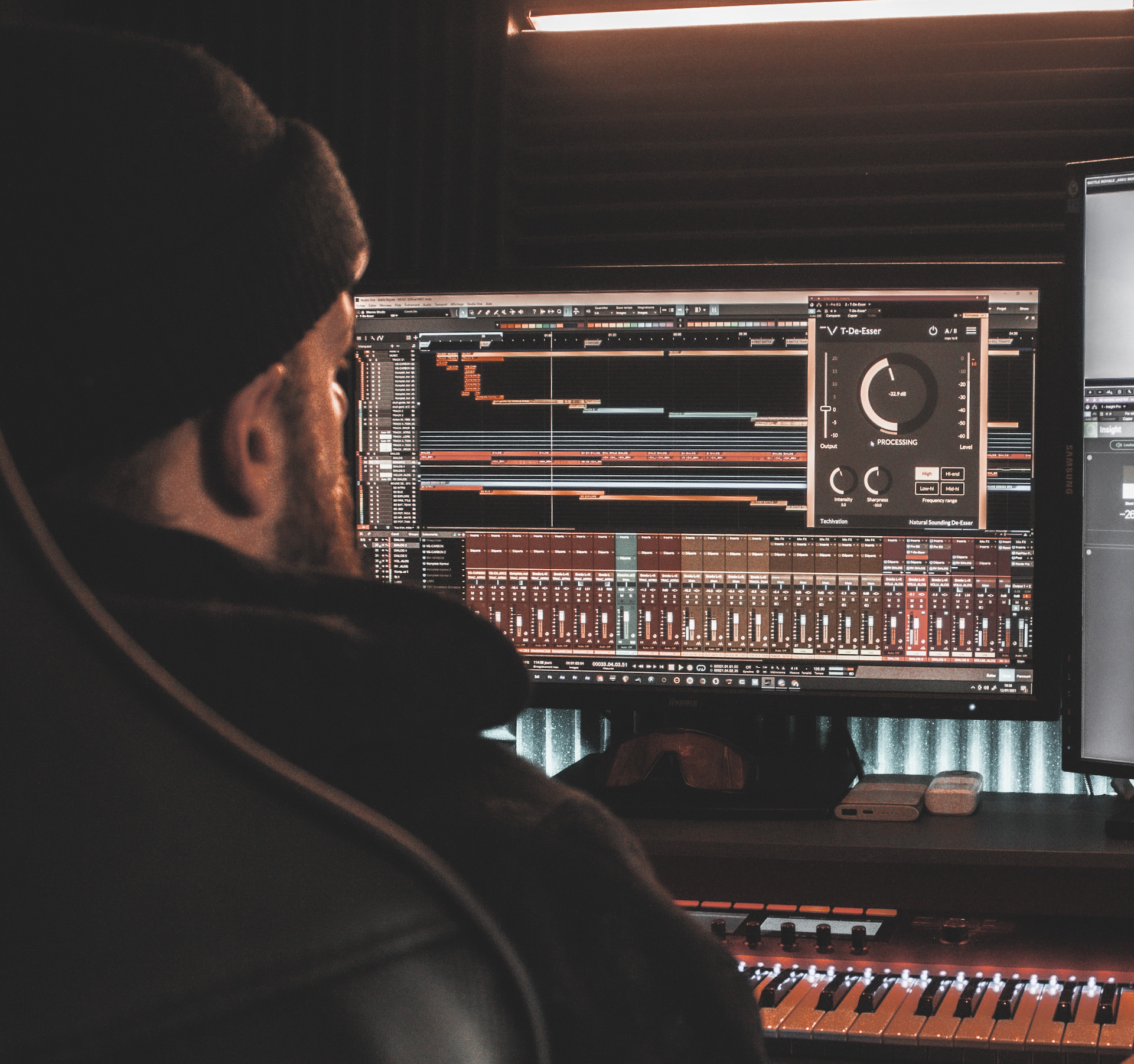
As has always been the case, the music industry is at the forefront of technological breakthroughs. Technology is transforming how musicians create and market their work, from new music creation software to creative music distribution models.
Softwares for creating music in the cloud have actually gained popularity, like BandLab, Soundation, and more. These systems make it possible for musicians to work together remotely, exchanging recordings, concepts, and criticism in real time. Also, they provide a huge selection of pre-made loops and samples, which makes it simple for musicians to begin working on a new tune.
The flexibility to access your work from any location on any device is one of the main benefits of cloud-based music production. This enables musicians to work on their music from computers, tablets, or even cellphones, facilitating productivity and creativity while on the go.
AI is also having an impact on music promotion, with platforms such as Hyperlive and Odesli employing AI algorithms to assist musicians in getting their music in front of the correct audience. These platforms examine data from streaming services such as Spotify and Apple Music in order to identify potential listeners and build tailored advertising campaigns.
AI is also being used to evaluate social media activity and find influencers that might help an artist promote their work. This means that musicians may devote more time to their music and less time to promotion while still reaching a larger audience.
Another area where music technology is gaining traction is in the creation of more transparent and equitable music distribution systems. Platforms like Audius and Resonate are using blockchain technology to do this. These platforms give musicians the chance to maintain more creative control over their work and increase the amount of money they make from it, all while giving listeners a more direct and tailored experience.
Additionally, blockchain-based music distribution has the potential to cut out middlemen in the music industry like distributors and record labels, enabling musicians to sell their work directly to fans. By rewarding artists for their talent and labor of love rather than their connections or marketing budgets, this could lead to a more democratic music industry.
Music technology is advancing at an unprecedented rate. It will also be fascinating to watch what new technologies develop and how they will affect music in the future as the music industry continues to change.
Unlock Your Music’s Potential: Benefits of Hiring a Music PR Specialist
March 2023
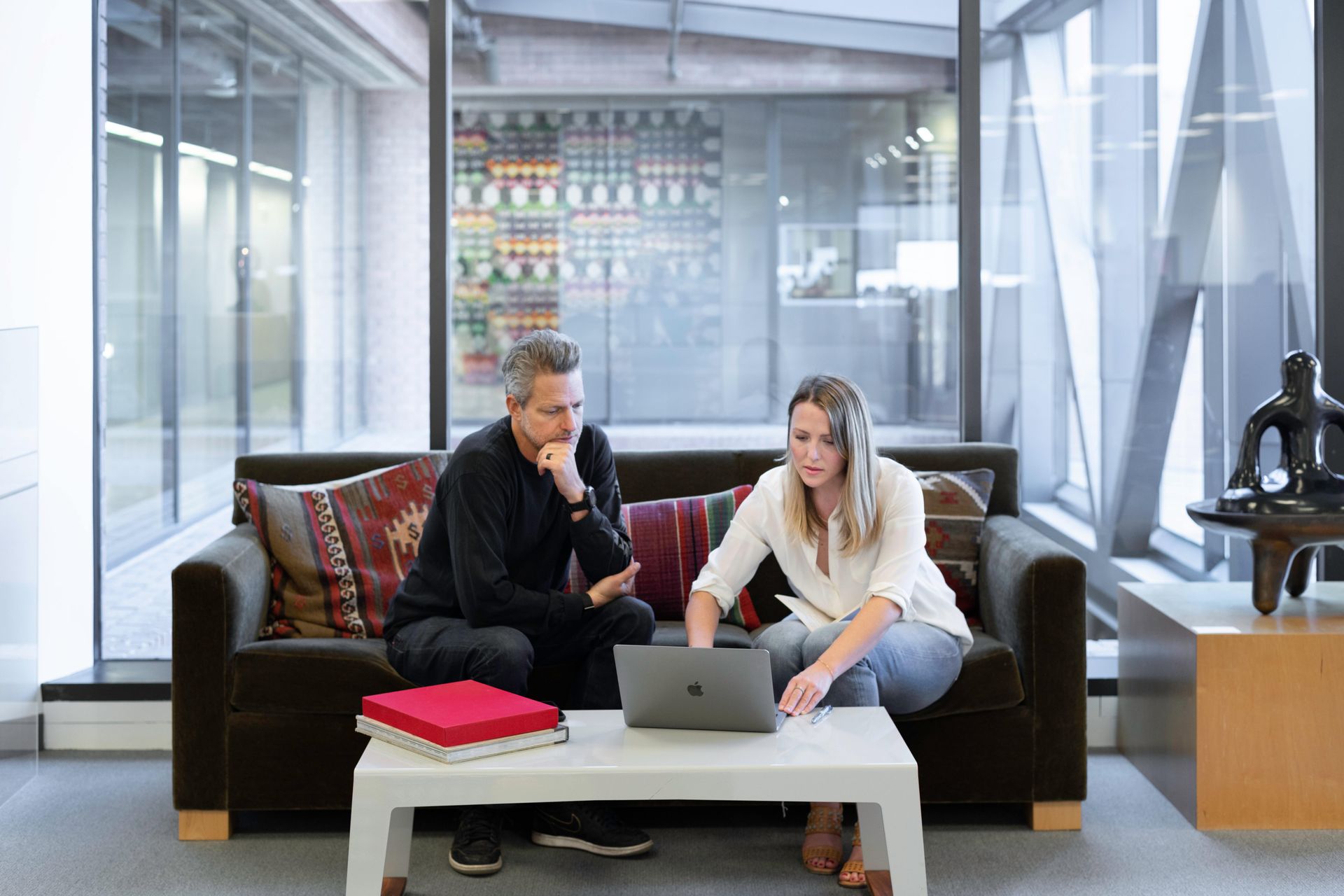
Getting your music heard as an independent musician can seem like a difficult task. There is a lot on your plate, including recording, mixing, booking shows, and touring. How about getting the right people to hear your music, though? An expert in music PR can help with that.
A music PR expert is someone who is familiar with the ins and outs of the business and who has the contacts and knowledge necessary to promote your music to the appropriate audiences. They can assist you in gaining industry visibility and respect, which are crucial for developing your brand and expanding your fan base.
Working with a music PR expert has many advantages, one of which is that they have the contacts necessary to get your music in front of the appropriate audiences. They know how to captivate music bloggers, journalists, and other industry insiders because they have relationships with them. Your chances of receiving coverage and exposure will increase if they can create a compelling story around your music and pitch it to the appropriate publications.
Working with a music PR expert provides the extra benefit of their ability to build a comprehensive PR campaign that supports your goals. They can help you build a strategy for reaching your target audience through multiple platforms, as well as define your target audience and develop a messaging strategy. Furthermore, they can advise on which
media outlets to prioritize, such as blogs, podcasts, or more traditional media outlets like magazines and newspapers.
You can stay current on industry news and trends by consulting a music PR expert. They frequently receive advance notice of new music releases, upcoming occasions, and other business developments that may have an impact on your musical career. To make sure that your music remains current and is seen by the right audiences, they can keep you informed and assist you in quickly responding to industry developments.
Additionally, working with a music PR expert can help you save time and effort. You can concentrate on making music instead of wasting hours writing pitches, contacting journalists, and tracking the success of your campaigns. A music PR expert can handle the routine PR and marketing tasks, giving you more time to concentrate on your music and your fans.
In conclusion, independent musicians can greatly benefit from hiring a music PR specialist. They can help you advance your career by getting your music in front of the right audiences thanks to their expertise, contacts, and commitment to your success. Working with a company like Flair & Fame is something you should think about if you want to increase the value of your music. To find out more about how Flair & Fame can support your music career, get in touch with them right away.
How Music Blogs Can Help You Advance Your Musical Career
March 2023
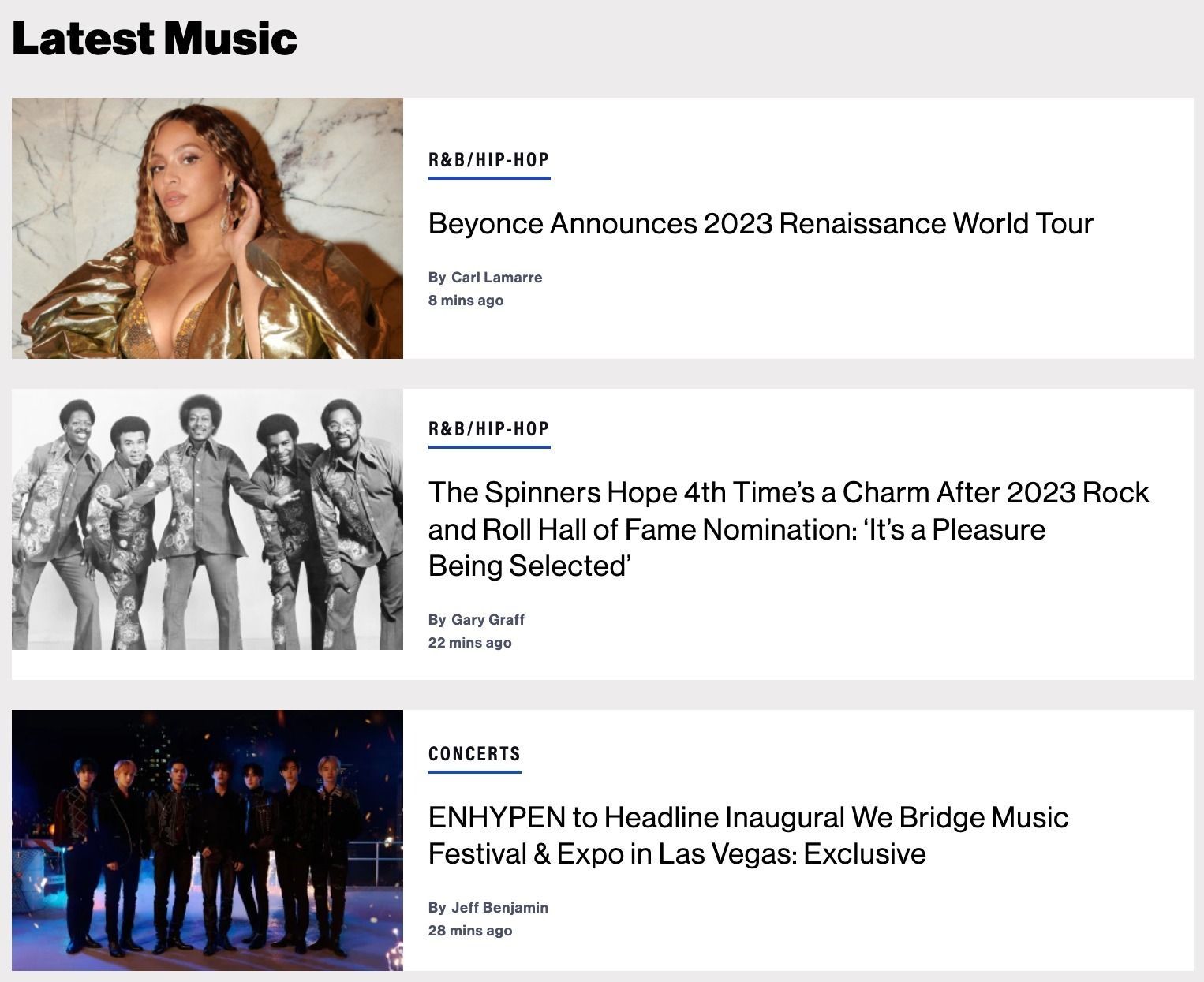
Music blogs are important to the careers of musicians because they give them a stage on which to display their talent and connect with a larger audience. The music industry has changed significantly as a result of the development of digital technology, and music blogs have emerged as a crucial resource for musicians seeking to establish a following. In this blog, we’ll examine the different advantages that music blogs can provide for musicians.
Increased Visibility:
One of the main advantages of music blogs is the greater exposure that musicians receive as a result. Music blogs can help artists find new followers and earn notoriety by showcasing them on their websites and introducing them to a broad audience. This exposure may also result in more possibilities, including performances and interviews, and may help the artist establish themselves as a capable and respectable force in the music business.
Improved Online Presence:
Increasing their online presence is another way that music blogs may help musicians. Music blogs can help artists become more visible online by incorporating links to their social media pages and websites, making it simpler for fans to find and follow them. By connecting them with potential collaborators and business leaders, this enhanced visibility can also help artists find new prospects for development and success.
Offering a Platform for Music Discovery:
Music blogs are also a wonderful place to find new music because they frequently showcase a variety of musicians and musical styles, giving music listeners a wide range of up-and-coming artists to check out. Music blogs can assist musicians in gaining notoriety and reaching a wider audience by featuring musicians on their websites.
Establishing a Fanbase:
One of the most significant ways that music blogs may aid musicians is by facilitating the development of a fan base. Music blogs can help musicians achieve popularity and a following by giving them a forum to share their music and connect with a larger audience. As a result, the musician may have more possibilities, including tours and record releases, and this may help to establish them as a prominent and successful person in the music business.
Giving Musicians a Community:
Lastly, music blogs can give musicians a community by connecting them with other musicians, business leaders, and fans. Music blogs give musicians a platform to interact with their fans and other professionals in the business through online forums, comment sections, and social media. This sense of community may be very helpful in giving artists support and encouragement, as well as in fostering the development of relationships that are advantageous to their careers.
To summarize, music blogs are critical to musicians’ careers because they provide them with visibility, a better internet presence, a place for music discovery, a tool to create a fan base, and a sense of community. Using the influence of music blogs, whether you’re a seasoned pro or a newcomer, can help you develop your audience and advance your career in the music industry.
Flair & Fame is a premier music public relations and marketing agency with extensive media relations. Reach out so we can get you published!
Storytelling Through Music: The Power of Emotional Connections
March 2023

Nothing else compares to music’s ability to move us. It has the power to arouse powerful feelings and forge lifelong memories. When used in conjunction with storytelling, music becomes an even more effective tool that can create strong emotional bonds between the audience and the story.
From Homer’s epic tales to medieval ballads, music has been utilized to tell tales since countless years ago. Music continues to be a crucial component of the plot and enhances our enjoyment of theater, television, and film in today’s media.
Music enhances a story’s visual elements in films and television programs and helps to reinforce important concepts and feelings. Music has the capacity to take us to another world and arouse strong emotions, whether it’s the soaring strings of John Williams’ “Star Wars” score or the unnerving piano melodies of Ludovico Einaudi’s “Into the Wild” score.
Soundtracks are commonly utilized in movies and television because they are efficient at both establishing the mood and moving the plot along. The songs’ ability to arouse specific emotions serves to further emphasize the story’s themes. Think about how Martin Scorsese’s “Goodfellas” uses The Rolling Stones’ “Gimme Shelter” as an outstanding example of how music can affect storytelling.
As an accompaniment to the action on stage, music has long been a crucial component of storytelling in theater. Music has the power to enhance character development, highlight important moments, and create a sense of atmosphere and tension, as seen in everything from the music of ancient Greek theater to Broadway musicals.
In theater, television, or film, music and storytelling have an indisputable impact. They have the ability to arouse intense emotions in viewers and engage them emotionally.
Flair & Fame is here to support you as you communicate your story to the world because we know the impact that music and storytelling can have on people. To learn more about how we can support you in emotionally engaging your audience, get in touch with us right away.
Music Promotion Through the Ages
March 2023

Once upon a time, music promotion was as simple as playing live and hoping people would show up. If they liked you, they might tell their friends, and the buzz would spread like wildfire. But as the music industry grew, so did the need for more sophisticated promotion.
Sheet music was the first step towards easier music consumption, but let's be real, no one wants to hear their neighbor's terrible rendition of a song for the hundredth time. So, the radio came along, giving people access to music from the comfort of their own homes. And boy, did they love it. The radio was like a warm hug after a long day, except the hug was a song.
Then came television, and it was the golden age of music promotion. Record labels poured money into TV ads and appearances on popular shows. It was like watching a music video, but with less story and more awkward dance moves. But hey, it worked!
Music videos came along next, and let's just say, they were a game-changer. It was like finally getting to see what the artist was trying to convey, but with added special effects and outrageous costumes. MTV was the channel to watch, and if you didn't have cable, well, tough luck. You were stuck listening to the radio.
Fast forward to today, and music promotion has shifted to the digital world. Now, musicians can promote their music on social media, create their own websites, and advertise online. It's like a virtual concert where the audience is anyone and everyone with an internet connection.
So, there you have it: the history of music promotion in a nutshell. From playing live to virtual concerts, we've come a long way. Who knows what the future holds? Maybe we'll have hologram concerts or music beamed directly into our brains. One thing's for sure: the music industry will continue to evolve, and we'll be here, grooving along.
Outdoor Billboard Advertising: Making a Statement that Echoes
February 2023
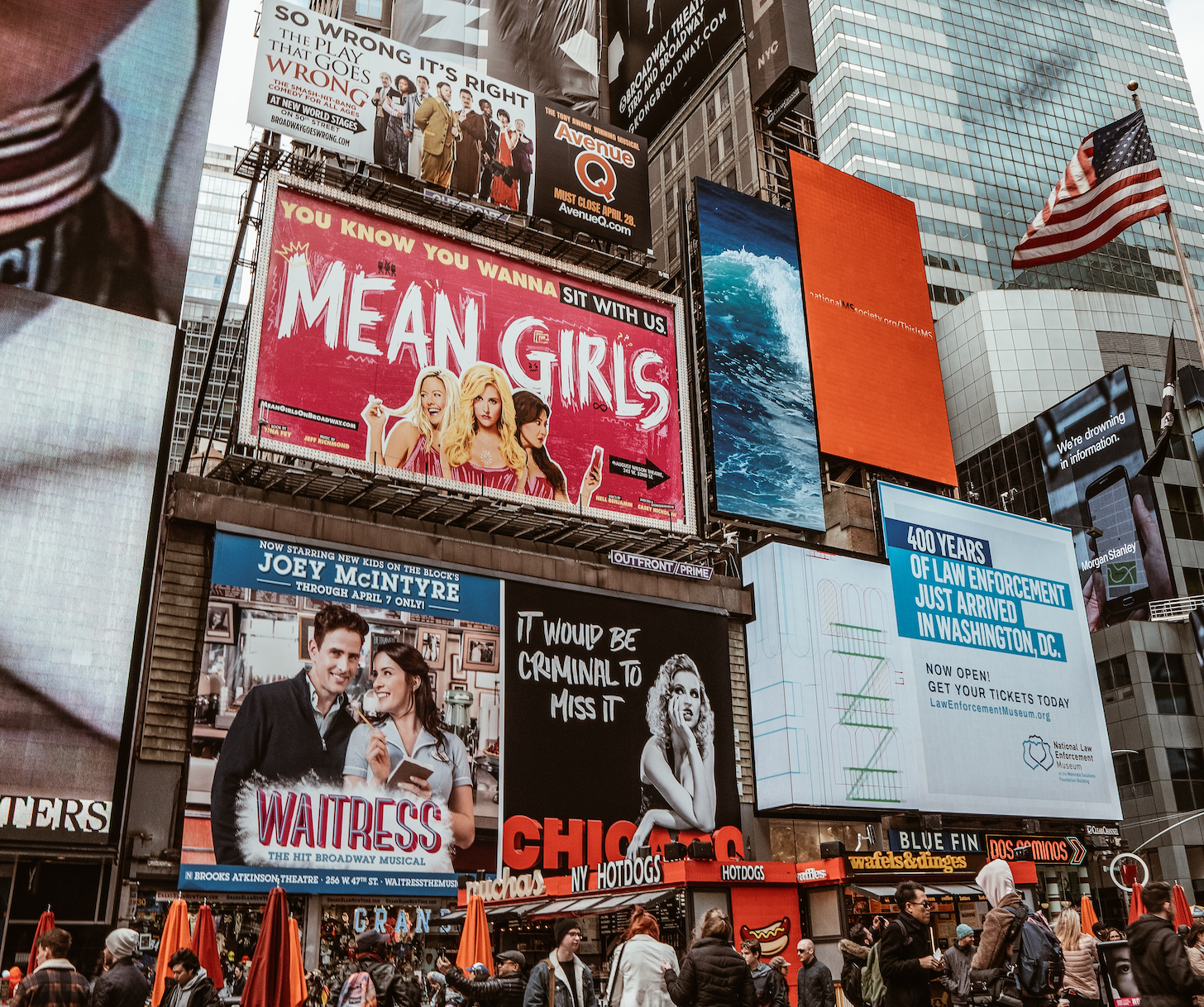
Outdoor billboards are a time-tested and traditional method of advertising. Outdoor billboards create a strong and unmistakable statement in a world when grabbing attention is the name of the game. Let’s examine the benefits of outdoor billboard advertising for your brand.
High visibility, broad reach
- Outdoor billboards are positioned in highly visible and crowded areas, making them difficult to miss. They can reach thousands of individuals every day, making it an affordable advertising option for businesses of all sizes.
Cost-effective advertising
- Outdoor billboard advertising offers a great return on investment when compared to other advertising methods. Businesses can easily manage their marketing spending by renting a billboard for a set length of time.
Lasting pull
- Outdoor billboards have a timeless appeal that outlasts media trends and technology breakthroughs. They continue to be a dependable and consistent kind of advertising with a track record of providing results.
Targeted audience
- Outdoor billboards can be placed deliberately to target particular audiences, giving businesses the chance to maximize their advertising efforts and successfully connect with their target market.
Dynamic and adaptable
- Outdoor billboards are an adaptable type of advertising that can be utilized for a number of things, including brand awareness, product promotion, and event announcements. It is an engaging kind of advertising since the huge format supports eye-catching and imaginative designs.
Enhanced brand recall
- Constant exposure to an outdoor billboard can enhance brand memory and make it simpler for prospective buyers/audience to recall a brand when making shopping/entertainment-related decisions.
To summarize, outdoor billboard advertising is a stable and cost-effective type of promotion that allows brands to engage with a large and diverse audience. It is an excellent addition to any advertising campaign due to its versatility, high visibility, and traditional appeal.
Flair & Fame helps brands increase their exposure and influence by securing affordably priced billboards around Times Square. Contact us for additional details on how to take advantage of outdoor billboard advertising to the fullest.
How Music Video Promotion Can Bring Out Your Inner Rockstar
February 2023
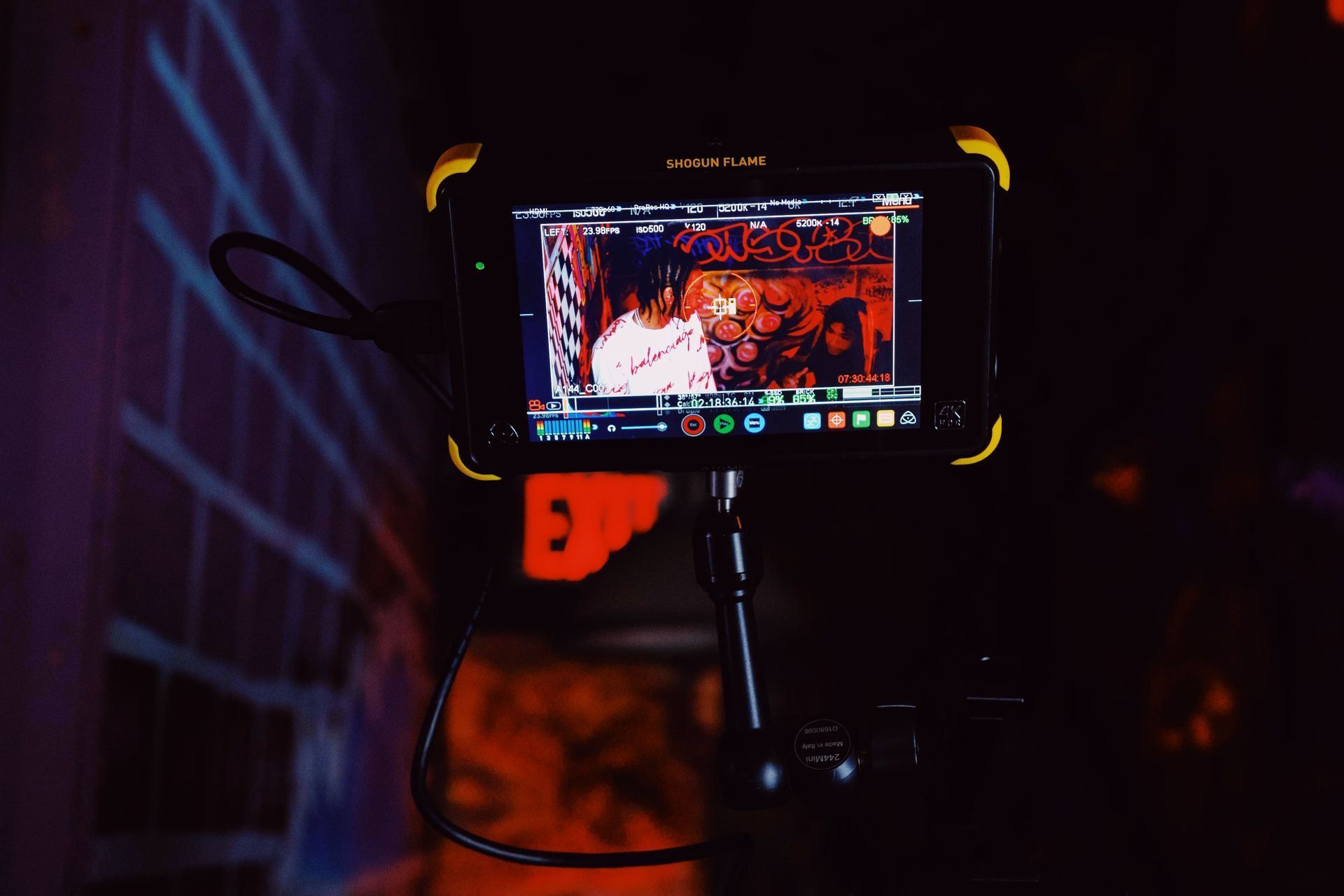
Are you sick of making incredible music videos that go unnoticed? Do you ever feel that your art is disappearing into the internet's "black hole," never to be seen again? It's time to get up and smell the coffee, because promoting your music video is the key to unlocking your artistic achievement.
Exposure, Exposure, Exposure!
Think of promoting your music video like putting your art on a billboard for the world to see. The more people who watch your video, the more people will hear your music. And who wouldn't want more people to see their work?
Views and Engagement Galore!
The best music video in the world won't mean anything if no one watches it, just like playing your guitar solo in front of an empty room. You can increase the number of views, likes, and comments on your music video and increase audience interaction by promoting it.
"Kaching kaching!"
Promoting your music video can be beneficial if you're a musician who wants to earn money and isn't just creating music for the love of it. By getting more people interested in your music and merchandise, you can raise your income and make sure that your art is more than just a pastime.
Online Presence like a Boss!
You can establish a solid online presence and position yourself as a professional artist by promoting your music video. In today's digital world, it is crucial to have a strong online presence, let's face it.
Credibility like a Pro!
When you market your music video and achieve more views and engagement, you build your credibility as an artist and have a better chance of being recognized in the music industry. Imagine rising from "unknown artist" to "crowd favorite" in no time.
With
Flair & Fame, your game can be improved! They have assisted many artists in gaining more exposure through their knowledge of music video promotion, which has also helped them build a credible internet presence. Don't settle for second best.
A Lighthearted Look at the Future of Music Promotion
February 2023

The music industry is always changing, adjusting to new technologies and trends. Looking ahead, it's apparent that technology and other variables will continue to play a significant role in defining how music is promoted. So what is the future of music promotion? Let's make some wild guesses!
Virtual Reality: Taking the Stage by Storm
Imagine you're on your couch, headset in place, and all of a sudden you're taken to a virtual concert. You are in the front row, watching your favorite band play live as the audience is clapping and the lights are flashing. That is virtual reality's strength, and it is not too far off. Soon enough, we'll all be attending virtual concerts and enjoying music in completely new ways.
Artificial Intelligence: The DJ of the Future
"Hey Siri, play some music!" "Alexa, create me a playlist!" It's not just a fantasy anymore. Artificial intelligence is quickly becoming a major player in the music industry, from curating playlists to recommending new artists. Who knows? Maybe in the not-so-distant future, we'll have AI-created music to enjoy. The possibilities are endless!
Augmented Reality: Reality, Enhanced
Imagine holding up your phone, and suddenly, a virtual concert pops up, right in front of you! Augmented reality is already making waves in the gaming and advertising worlds, and it has the potential to revolutionize the way we experience music as well. It's only a matter of time before we're all experiencing virtual concerts, right in the palm of our hands.
Streaming Services: The Music Moguls
From playlists to podcasts, streaming services are changing the game when it comes to music promotion. With the rise of paid services like Spotify Premium and Apple Music, artists now have new ways to reach audiences and earn revenue. The future of music promotion is closely tied to the future of streaming, and we can't wait to see what's next!
Cultural Diversity and the Rhythms of Music
February 2023

Hi music lovers! Are you ready to explore the cultural differences in music and how they impact the promotion of tunes? Buckle up, because this ride's about to get funky.
Music has been around since cavemen were tapping their feet to the beat of a rock (pun intended). But did you know that the role of music varies significantly across different cultures? For example, in African cultures, music is an essential aspect of storytelling and community events, while in Indian culture, it's used for spiritual practices and meditation. It's like comparing a rowdy karaoke night to a quiet evening in with a cup of tea—both fun, but entirely different vibes.
But the differences don't stop there. The way music is promoted can also differ from culture to culture. For instance, Western music is often marketed through mass media such as TV and radio, while in some cultures, traditional music is still preferred, making it harder for modern Western tunes to break into the scene. It's like trying to sell ice to an Eskimo—it might not be an easy task.
Not to mention the fact that a language barrier can have a big impact on how well music is promoted. For instance, in nations where Spanish is not widely spoken, Latin American music may not become as popular. It's tough but not impossible, like trying to explain the words to "Despacito" to a friend, who doesn't understand a word of Spanish.
Music across cultures can be as diverse as a fruit basket: different flavors for different folks. One thing is for certain, though: regardless of where we come from, we can all appreciate the ability of music to unite people. Turn up the music and take in the pulse of cultural diversity!
Music Press Releases Are Here to Stay
February 2023

Hey there! So, you might be asking if music press releases are still relevant in the social media age. We can assure you that they most certainly are, though!
Sure, the landscape has evolved since the days when press releases were the primary vehicle for performers to publicize their new albums and gigs. However, press releases can still play an important role in obtaining media coverage and reaching a wider audience.
Here's the deal: media outlets still get flooded with press releases every day, so if you want yours to stand out, you've got to make sure it's offering something new and interesting. This could be exclusive behind-the-scenes content, early access to tickets or merchandise, or just a cool giveaway. Anything that will make readers sit up and take notice.
Keep the press release itself straightforward and simple to read when writing it. To organize your thoughts and give it a more personal touch, use headings, bullet points, and quotes from members of the band or organization. Most importantly, make sure it offers the reader something of genuine value that will inspire them to be enthusiastic about your message and want to spread it to their friends.
So, there you have it! Music press releases are still a valuable tool for getting your music out there, as long as you approach them in the right way. Make sure your press release is new, interesting, and valuable, and you'll be well on your way to getting the coverage you deserve.
Elevate your press efforts to new heights. Join forces with the skilled team at
Flair & Fame today!
Musicians, Meet Your New Stylist: Branding
February 2023
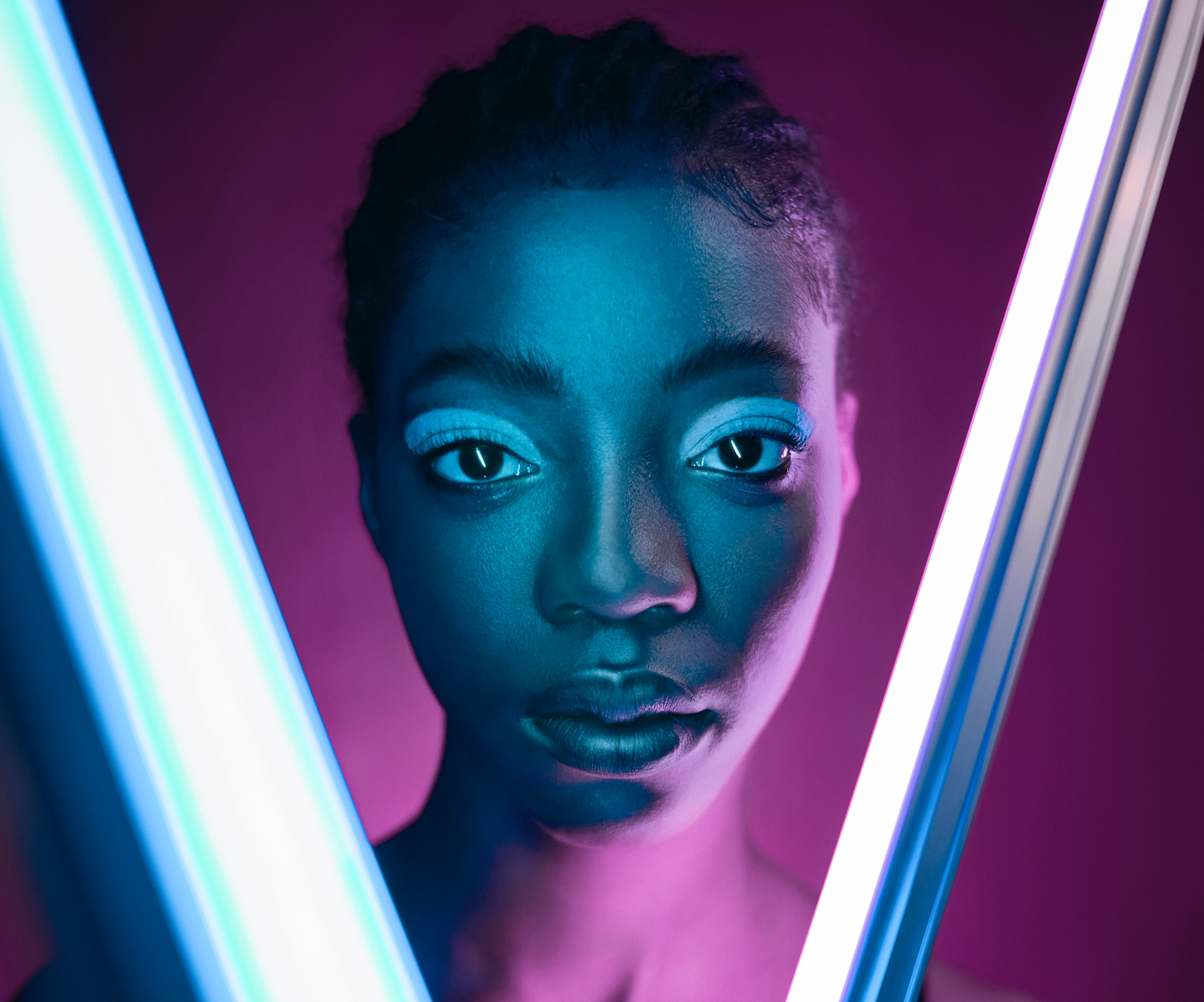
Music and branding are like peas in a pod, like mac and cheese or cookies and milk—they just belong together. If you're in the music industry, branding is like having a personal stylist who makes sure you're always looking your best. But unlike a personal stylist, branding never asks you to change your unique sense of style (unless you're wearing something completely outrageous).
Think about it: every time you hear a new song, the first thing you do is look at the artist's name, right? That's because branding is the hook that helps you remember the music. It's like a big neon sign that says, "Hey, remember me?" And trust us, you want to be remembered in the music industry.
Branding in the music industry starts with the creation of a logo, name, and slogan that accurately represent the musical style and image of the artist or label. This is called the "brand identity," and it's like the cornerstone of a castle. It's what keeps everything in place and makes sure the castle (aka your brand) stands tall.
Image is also a crucial aspect of branding in the music industry. It's like your personal superhero costume that sets you apart from the rest of the pack. Musicians and bands often develop a unique look, style, and persona that differentiates them from their peers and helps them stand out. This can include a specific fashion sense, musical style, or even a particular stage presence. For example, Madonna is known for her iconic style, which includes provocative clothing and accessories. Her image has become synonymous with her music, and she's like the queen of pop music branding.
Music labels also play a crucial role in branding by promoting the artists they represent and helping to establish their image and reputation in the market. Think of them like a big, powerful tree that provides shade and protection for all the little plants (aka artists) under it.
Social media and online platforms are like a big megaphone for musicians and labels to shout their message to the world. It's a chance for them to connect with their fans, build their brand, and promote their music. It's like a giant playground where everyone can come together and have fun (but with less swings and more likes).
Music videos are like the cherry on top of a sundae—they make the whole experience that much sweeter. They provide a visual representation of the music, and they can be used to tell a story, convey a message, or simply showcase the artist's image and persona. They're like a big-budget movie that showcases the artist's talents, and everyone wants to be the star of their own movie.
Branding is like the MVP of the music industry. It plays a crucial role in establishing an image, a reputation, and marketability for musicians, bands, and music labels. A well-executed branding strategy can help to increase recognition, loyalty, and exposure, and it can greatly impact the success and longevity of a musical career. Whether it's through the creation of a brand identity, the use of social media and online platforms, or the production of music videos, the importance of branding in the music industry is like a really good cup of coffee: it can't be overstated.
The Building Blocks of Musical Success
February 2023

If you're reading this, you're presumably a budding artist trying to gain exposure and a following. We have some advice that will be helpful to you on your adventure.
First up, the classic advice about playing live shows still holds true. Every performance is an opportunity to show off your skills and meet potential fans, whether it's a local gig or an open mic night. Imagine yourself on a Tinder date; you never know who you'll run into. You might be swiping right on your future manager or bandmate!
Social media is your best friend when it comes to expanding your reach. Not only can you connect with fans, but you can also network with other musicians and industry folks. If you can't afford a music video, TikTok is a great way to make it big with just 15 seconds of content. Just make sure you're not posting any cringeworthy dance moves. And don't forget to inject some of your unique personality into your posts; after all, people love a good laugh, and if you can make them laugh, they'll keep coming back for more.
Collaborating with other musicians can also help you expand your reach and build a fanbase. Find other musicians in your genre and see if they're interested in collaborating on a song or performing together. Not only does this give you a chance to show off your musical skills, but it's also an opportunity to make some new friends and gain some new fans in the process. Who said making music had to be a lonely business?
Streaming platforms are where it's at these days, and you don't want to be left in the dust. Make sure your music is available on all the major platforms, and promote it like there's no tomorrow. You can also use the data from these platforms to track where your fans are located and which songs are the most popular, which can help you make informed decisions about your marketing and touring strategies. It's like having a personal music GPS—who needs a roadie when you've got technology on your side?
Finally, keep in mind to stay true to your individual tone and approach. Despite the temptation, it's always preferable to make music that speaks to you and that you're enthusiastic about rather than trying to fit into a popular mold or genre. Fans can tell when you aren't being sincere, so don't be shy about flying your flag. After all, the world needs more originality.
Though it might seem unlikely, with a little perseverance, anything is achievable, including breaking through to the top of the music business. So go out there and make some noise, my friend! The world is waiting to hear what you've got to offer.
With
Flair & Fame on your side, you can trust that your music will be in the hands of experienced professionals who know how to create buzz and generate momentum. Reach out to them today and discover why they are the go-to music PR experts.
Finding the Perfect Match
February 2023

Well, well, well, look who's trying to make it big in the music industry! Don't worry, my friend; you're not alone in this game. The good news is, there's a weapon that many musicians have been using lately: social media influencers!
Influencers are the trend-setters of the social media world. They're the ones with the biggest followings, and their fans look up to them as tastemakers. If an influencer recommends your music, it's like getting a stamp of approval from the coolest person in the room—and that can mean exposure to a huge audience.
Another great thing about working with influencers is that they are super authentic. Most of them have built their following by being themselves and doing their thing. So when they share your music, their followers are more likely to trust and listen to their opinion. Who knows, they might even fall in love with your music and become your fans for life!
Like any other aspect of life, working with social media influencers also comes with its fair share of challenges. One of the most significant challenges is identifying the ideal influencer for your music. It's crucial to find someone who resonates with your values and aligns with the style of your music.
Oh, and let's not forget about the cost. Working with influencers can be pricey, so you want to make sure you're getting a good return on your investment. Don't break the bank on an influencer who won't help you achieve your goals.
So, there you have it, folks! If you want to take your music career to the next level, working with social media influencers can be a game-changer. Just make sure to do your research and find the right influencers for your music. And hey, Flair & Fame is here to help! With years of experience in the music industry, our team of professionals can guide you through the world of music promotion and help you find the perfect influencers to work with.
Going Beyond the Basics
February 2023
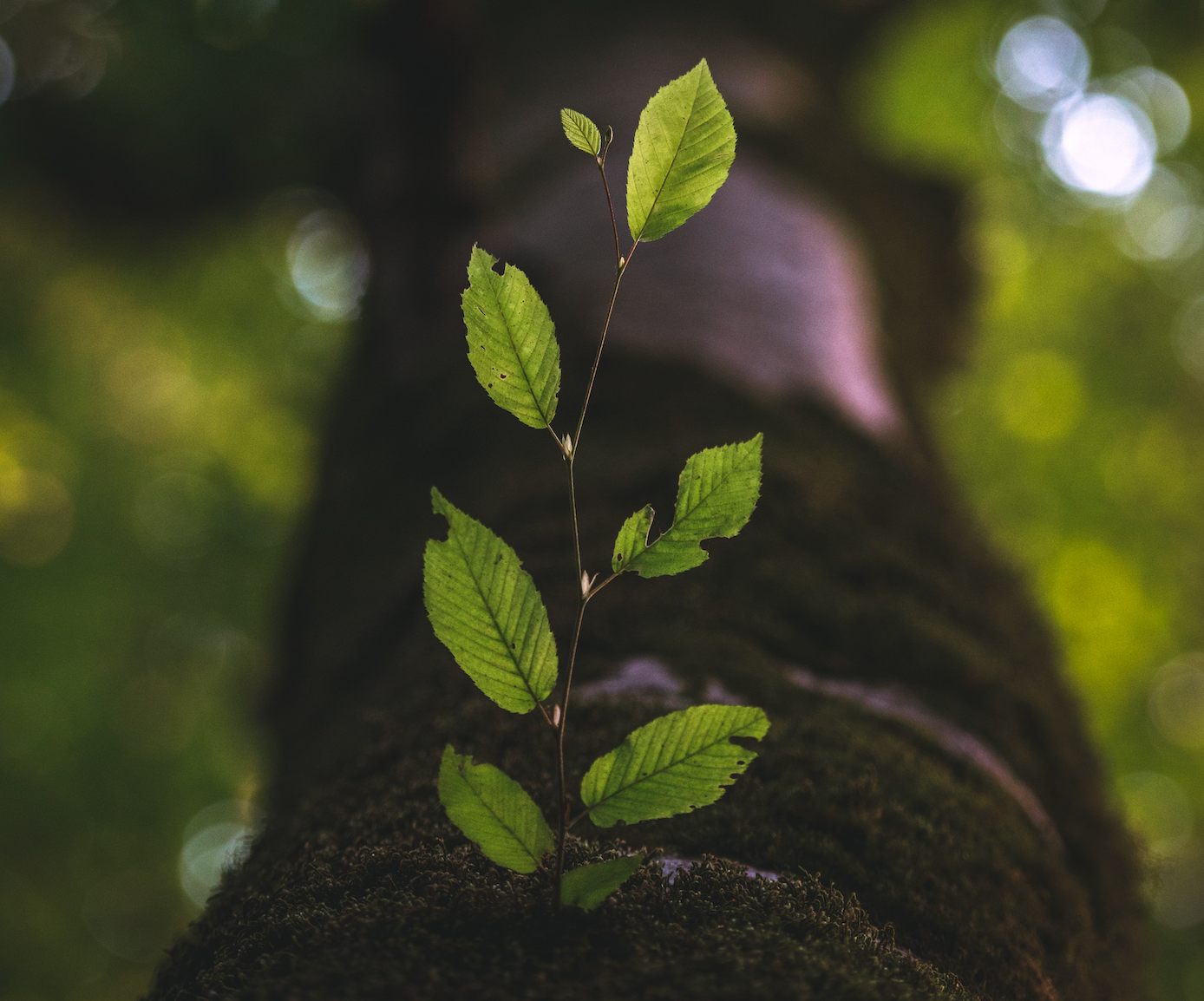
Let's discuss how to turn your passion for music into a lucrative profession. We all understand that while music has the power to unite people and uplift their spirits, breaking into the business is no walk in the park. Hence, here are some pointers to help you carve out a distinctive music career.
Firstly, cultivate a problem-solving mindset. Challenges are inevitable in any industry, but don't let them discourage you. Instead, take the initiative to find solutions and show that you're a valuable asset to anyone you work with.
Secondly, focus on creating high-quality music that reflects your style and message. Take the time to perfect your craft, experiment with new sounds, and don't be afraid to take risks. Remember, quality over quantity!
Thirdly, surround yourself with people who believe in you, encourage you, and challenge you to grow. This can include fellow musicians, mentors, family, and friends. Having a strong support system can make all the difference.
Next, stay true to yourself and your unique sound, message, and values. Trying to fit in with the crowd can actually hurt your chances of standing out. Authenticity will help you connect with your audience and build a loyal fan base.
Finally, consider using your music as a platform to support a cause you care about. Giving back can also help you build connections with like-minded people and organizations.
In a nutshell, building a sustainable music career takes more than just talent and hard work. It takes a willingness to constantly learn and adapt, cultivate a problem-solving mindset, focus on quality over quantity, build a strong support system, stay true to yourself, and give back to your community.
If you're struggling to promote your music and reach a wider audience, Flair & Fame can offer valuable assistance. Contact the music PR team to learn how they can help you gain exposure and build a successful music career.
